One hundred and twenty-five million years ago, magma under the earth's crust became trapped in rocky crevices below the surface. Water seepage into the same crevices created gases that escaped through vents, allowing the magma to cool and harden into rock. Thus, Mount Royal is not an ancient volcano but rather a rocky mound formed underground and eventually exposed by millions of years of erosion. It is part of Quebec's Montergian hills that lay between the Laurentian and Appalachian mountain ranges. Jacques Cartier was the first European to climb to the top of Mount Royal in 1535. Actually, there are three summits on top; reaching to 764, 692, and 659 feet above sea level (we assume that Cartier climbed the tallest of the summits, but do not really know for sure). In the mid-1870's, famed landscape archetect Frederick Law Olmstead (who created New York's Central Park and Boston's Emerald Necklace) designed the park on Mount Royal. It is the largest green space within the city. During the warmer months, an informal free festival is held weekly at the base of the hill. Known as Tam-tams, referring to massive drum circles, these musicians become the focal point of the festival, which also includes teams of medieval costumed individuals "battling" with foam weaponry. Winding roads and pathways throughout the park, eventually lead visitors to the Kondiaronk lookout at the summit with a spectacular view of the city. This lookout was named after the Petun chief who led a major peace effort between the French, the Iroquois, and other First Nations in 1701. A chalet was built on this lookout in 1906 to provide a resting spot for travelers who made it to the summit. We spent a delightful day wandering through the park, until we reached the top and enjoyed an absolutely fabulous view of Montreal.
|
Once again, our plans to visit a specific destination became side-tracked by an unexpected, and delightful, find. While on our way to Mont Royal, we happened upon a HUGE street festival called "Nuit Blanche" ("White Night") that easily turned a three kilometer stretch of road into a pedestrian mall. The original concept of "Nuit Blanche" was created in 1984 in Nantes, France, by Jean Blaise, founder of the Research Center for Cultural Development. His idea was to create a night-time arts festival that turned the streets into "de facto" art galleries free to all. The concept quickly grew into a carnival type venue that included not only art, but also crafts, food vendors, local shops, games, and activities for kids. "Nuit Blanche" has also spread around the globe to over 120 countries (e.g. Barcelona, Bogata, St. Petersburg, Buenos Aires, Naples, Cairo, Havana; just to name a few). Montreal hosts this festival at least twice per year (mid-winter and late-summer) and has turned it into a three day event each time. We had a great time walking the full length of the venue and seeing all that was happening. In 1705, the Governor of Montreal, Claude de Ramezay decided that he needed an elegant house befitting his station in life. He was a bit of an egotist. He built his "chateau", and accompanying 40,000 square feet of gardens, about a quarter mile from Montreal's Notre Dame Cathedral. Seventy years later, when the Americans captured Montreal, they used the building as their Canadian headquarters for the Continental Army. Benjamin Franklin reportedly stayed here when visiting Montreal. Following the British conquest of Canada in 1849, the building became the official residence of the British Governor of Montreal. By 1893, the government in Quebec felt they no longer had use for the Chateau and decided to put it up for auction. The Antiquarian and Numismatic Society saw the historic value of the property and were successful in saving it and turning the property into a museum. We enjoyed the unique opportunity of visiting Chateau Ramezay. Situated within Montreal's Olympic Park complex, the Biodome was originally constructed (1973-1976) as a velodrome (track cycling) and judo arena for the 1976 Olympic Games. Renovations began in 1989 to reform the structure into a nature exhibition area, which eventually opened as the Biodome in 1992. Visitors walking through the facility are able to view replicas of the four types of ecosystems found in the Americas: South American rain forests; Laurentian forests (i.e.North American wilderness); St. Lawrence marine ecosystem; and polar areas (divided into the Artic and Antartic). We found our visit to the Biodome to be a delightful and educational experience. Founded in 1931, at the height of the Great Depression, by horticulturist, Frere Marie-Victorin and Montreal's mayor, Camillien Houde, this 190 acre park was a short 15 minute subway ride from our apartment. It is located across the street from the site of the 1976 Summer Olympic Games in Montreal. Organized to display plants and flowers from around the world, each section is designed around a specific theme (e.g. Annuals, perennials, Alpine, Chinese, Japanese, etc.). The stated goals of the gardens are to educate the public about its collections , as well as to conserve endangered plants. Undoubtably, this was one of the most beautiful and well organized parks we have visited. Just a scant five minute walk from our apartment, in the heart of Montreal's Little Italy, is one of the largest open-air markets in North America: the Jean-Talon Market. Originally opened in 1933 on a former lacrosse field, over 300 vendors (mostly farmers from the Montreal countryside) offer a variety of fruits, vegetables, flowers, and baked goods. The market's single building - the "chalet" - was a bus terminal until 1961, when it became a municipal library. Since 1970, the "chalet" serves as administrative offices for the market. An estimated 2.5 million visitors frequent the market, including local chefs seeking bulk produce for their restaurants. We used to visit the Haymarket Square market in Boston, and loved it. The Jean-Talon market makes Haymarket Square look like a corner grocery store. This place is huge!!! Obviously, this is where we get our fruits, vegetables and baked goods while in Montreal. For as long as I have known Lorraine, I have heard the story of how her father was a victim in a horrible train accident while living in Prince Edward Island, Canada and was crippled for four years. During recovery, his family took him to the St. Anne de Beaupre Shrine in the hope that his healing process would be enhanced by St. Anne's intercession. Lorraine's father did recover, whether or not because of St. Anne's help (we leave that up to your own beliefs). In any event, Lorraine's family was devoted to St. Anne de Beaupre ever since. Therefore, being so close to this shrine, we just had to make a visit. Located just 22 miles northeast of the heart of Quebec City, the shrine is near the foothills of the Laurentian mountains. The first church was built here by shipwrecked sailors who dedicated it to their patron saint, Anne, mother of Mary and grandmother of Jesus. While not a whole lot is known about St. Anne, many believed that miracles could be obtained by praying to her. The first recorded miracle attributed to her occurred during the construction of the first chapel in 1658. Louis Guimont, a construction worker who suffered from scoliosis, reportedly was cured while working on the chapel. Since then, millions of pilgrims have come here seeking St. Anne's help for more than 350 years. Pillars just inside the main entrance are covered by crutches from people who claimed that St. Anne cured them. By 1661, the simple first chapel was replaced by a larger wood and stone church. Fifteen years later, this was replaced by an even larger all stone edifice. In 1876, the first Basilica dedicated to St. Anne was erected on this site. Destroyed by fire in 1922, this was quickly replaced by the current structure. Nearly a million visitors a year now come by car, train, or bus. Although the area was originally explored by Jacques Cartier in 1535, it was not until 1611 that a fur trading post was established here by Champlain. The actual City of Montreal, originally called "Ville Marie" ("City of Mary"), was not founded until 1642. Fifteen years later, the Roman Catholic Sulpician Order established a small parish here dedicated to the "Holy Name of Mary". The Order built its first church down by the old port in 1672. By 1824, the congregation had outgrown this small church, so the Sulpicians hired an Irish Protestant Architect, James O'Donnell to build a much larger church, on its present-day site. The first tower, nicknamed "Perseverance", was built in 1841 on the western side of the church and housed the 11 ton bell named "Jean-Baptiste". This bell was so heavy that when it was rung the traditional way (i.e. 11 men pulling on alternating ropes), the whole tower shook and soon developed cracks. The bell is only rung now on special occasions by means of a striking hammer. The Eastern tower, nicknamed "Temperance", was built in 1843 and houses a carillon of ten bells. Notre Dame had became the first cathedral of the Diocese of Montreal by this time. Considered to be the largest cathedral in North America, it was supplanted fifty years after construction was completed by St. Patrick's Cathedral in New York. The beautiful stained glass windows of Notre Dame do not depict scenes from the bible (as was the custom) but rather scenes from the religious history of the city. By 1888, church authorities decided that a more intimate chapel was needed for smaller services, so la Chapelle du Sacre-Coeur (Chapel of the Sacred Heart) was built behind the high altar. An unknown arsonist set fire to this chapel in 1978, pretty much destroying it. Using old drawings and photos of the original chapel, it was quickly rebuilt. Notre Dame, now raised to the rank of Basilica, has been the site for the wedding of Celine Dion to Rene Angelil and for the funeral of former Canadian Prime Minister Pierre Trudeau. A building of some sort, representing four major periods in the history of Quebec City, has been on this site since the early 1700's: ROYAL REDOUBT (1712-1802): In the days of New France, an enclosed defensive structure was built next to the original city walls to serve as a military barracks. After the British captured Quebec in 1759, the Royal Redoubt served as the city's main prison until 1787, when it became a storehouse for the British Army. This original structure was demolished in 1808, to be replaced by the current building. QUEBEC COMMON GAOL (prison) (1812-1868): This was the city's first purpose-built public prison. For the first time, prisoners were confined in individual cells at night, instead of crowded together. Prisoners had to perform hard labor during the day, but were also offered educational opportunities. They were divided up according to the severity of their crimes; murderers on the ground floor; thieves on the next floor; debaters and those inprisoned for civil crimes on the top floor. However, when new ideas were instituted about "proper conduct", the prison quickly became overcrowded because of public drunkenness, vagrancy, and prostitution. Punishment for capitol crimes was by means of hanging from an iron balcony above the main entrance doorway. MORRIN COLLEGE (1862-1902): Scotsman Doctor Joseph Morrin founded the first English language institute of higher learning in 1862, which shared rooms with the Masonic Temple. In 1868, the Common Gaol was renovated to make room for Morrin College. When this affiliated with McGill University, courses in general Arts and Sciences were offered. Women were first admitted to the college in 1885 (around the same time as McGill). LITERACY AND HISTORCAL SOCIETY OF QUEBEC (1824-present): Founded in 1824 by the Earl of Dalhousie, Governor of Lower Canada, this became Canada's first learned society. Following several moves, and two fires, the Society finally settled into the north wing of Morrin College in 1868. It began by gathering historical documents about Canada, as well as encouraging research in all fields of knowledge. Because of its work, the Society was instrumental in founding the National Archives of Canada. Among its other works, the Society helped to preserve some of Canada's heritage, such as the Plains of Abraham battlefield. Approximately eight miles from the heart of Quebec are the 275 foot tall Montmorency Falls. Named in 1619 by Champlain in honor of Henry II, Duke of Montmorency, the falls are 98 feet taller than those at Niagra (but not quite as spectacular, at least not in our opinion). The English general Wolfe had plans to capture Quebec from the French in 1759 by landing his troops near the falls and using it as a base. Remnants of Wolfe's earthen fort can still be seen in the fields next to the falls. Today, the falls play host to an International Fireworks Competition during the summer months. Sitting atop Cap Diamant (the highest point in Quebec) "The Citadel" is still an active military base (i.e. Home of the 22nd Regiment). It is the oldest military installation in Canada and was part of the original fortifications of Quebec. Champlain had recognized the strategic importance of this promontory when he began construction of the original Fort St. Louis in 1608. The first part of the fortified wall was completed in time for the Battle of Quebec in 1690. However, the French balked at constructing a full fort as being too costly. The British also felt a full fort would be too costly to build when they took over Quebec in 1757. This thinking began to change after the Americans attacked Montreal in 1775 and threatened Quebec in the War of 1812. Construction of the current star shaped fort began in 1820 and was completed in 1850. The design eliminated all blind spots along the walls, and grass was allowed to grow wild to help camouflaged the fort. Following the Canadian Confederation of 1867, British forces left and Canada assumed responsibility for its own defense. Since 1920, the Citadel has housed the official residence of the Governor General of Canada and has been home to the Royal 22nd Regiment of Canada, the only totally French speaking force in Canada. 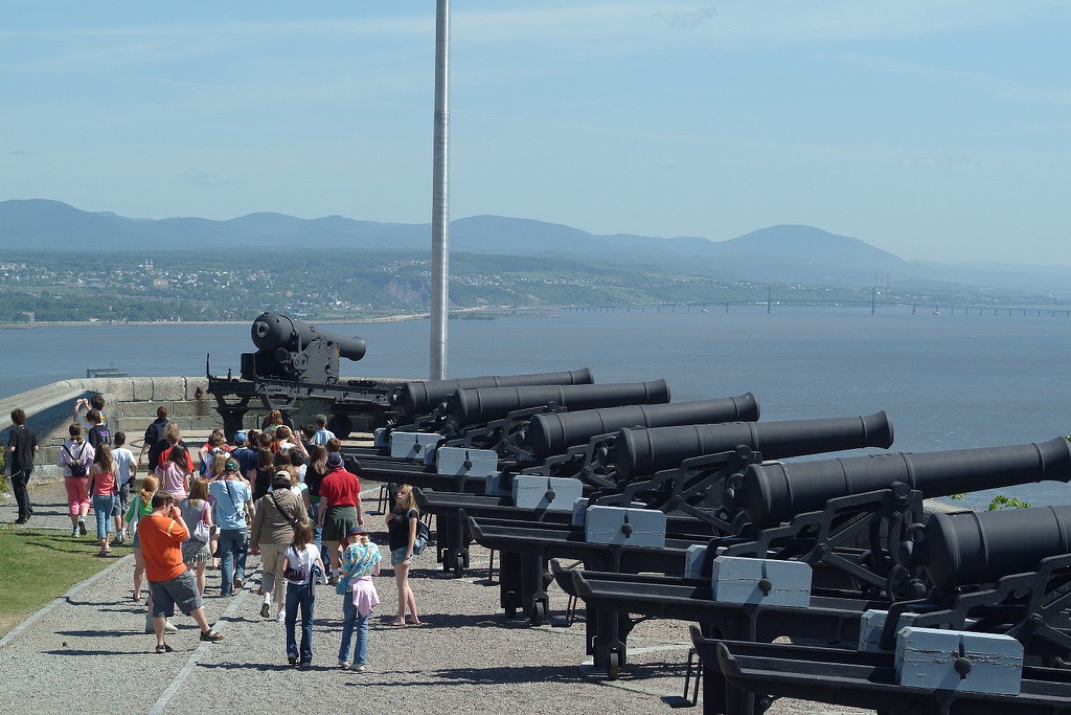 Part of the cannonade that protected the fort. The large canon at the far end is the largest of its kind in the fort. It was so heavy that it had to be shipped in pieces and reassembled (like Legos) once it arrived. Even though the canon sits on tracks, it took 16 men to swing it around to fire in the correct position. 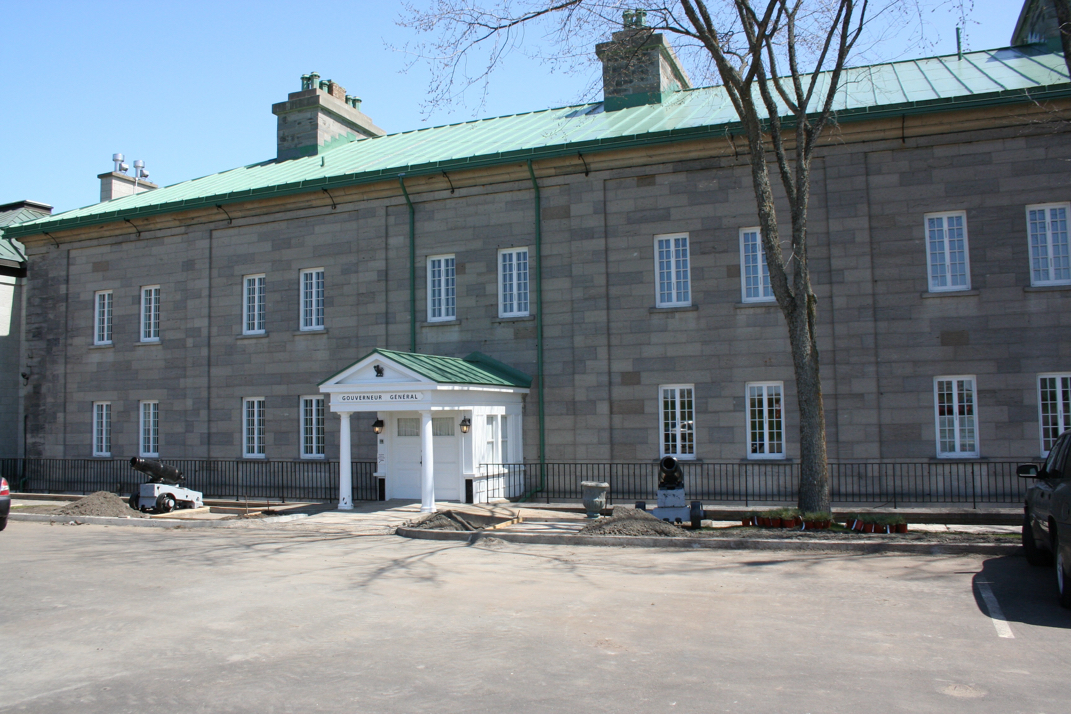 The Governor General's residence, also known as building number 28, is attached to the Officers' barracks. During the War of 1812, this building served as a curtain wall between two bastions and was an integral part of the defensive system. All Governor Generals of Canada since 1872 have resided here (at least part time). Situated in La Place Royal (part of the lower town in Old Quebec) is the little church known as Notre-Dame-des-Victoires ("Our Lady of the Victories"). While construction began in 1687, it took 33 years to complete. Originally dedicated to, and named, L'Enfant Jesus, the town's citizens prayed for salvation during the Battles of Quebec in 1690 and 1711. When the British were forced to retreat during the first battle, and their fleet was sunk during bad weather in the second battle, Quebec felt their prayers had been answered and renamed the church, Notre-Dame-des-Victoires. The church was destroyed during another battle bombardment in 1759, but by 1816, was completely restored. It became a National Historic site in 1988. We love meeting new people! Fellow travelers, diplomats, just plain folks, all bring a level of enjoyment to this adventure that we would not get just looking at tourist attractions. From the beginning of this journey back in October, to where we are now, meeting new folks and sharing experiences had been absolutely amazing. Followers of our blog are probably well aware of this from the number of postings we have made about all of the wonderful people we have met along the way. Dublin has proven to be just as fertile a ground for "meet and greet" as any of the other places we have visited. Here are the folks we have met here: 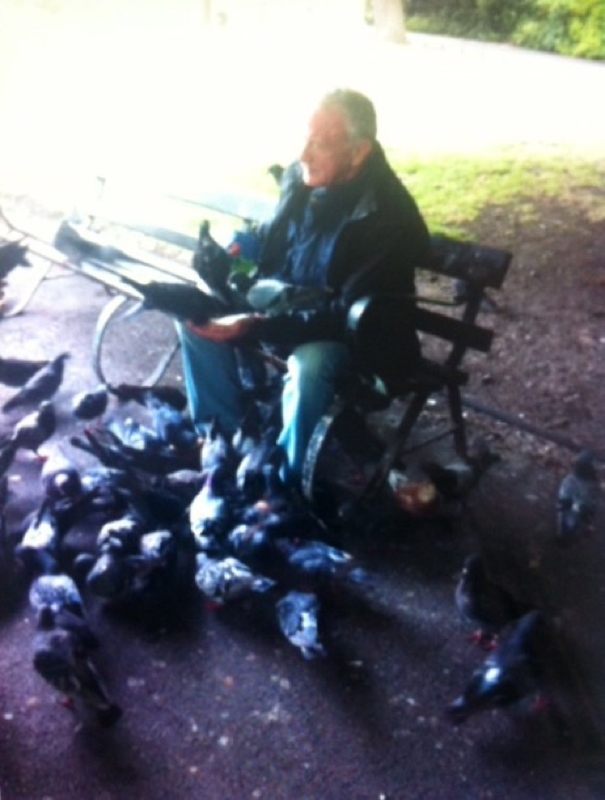 Of course, like other cities, Dublin has its share of impressive characters. The "pigeon man" was in St. Stephen's park feeding "his" pigeons. He told us that he has made a hobby of rehabilitating injured birds and then bringing them back to the park. He visits them daily in the park to offer them food. Quebec City (aka "New France"), the capital of Quebec Provence, was founded in 1608 by Samuel De Champlain.The native Algonquins who were living in the area, called it "kebec" (old Algonquin meaning "where the river narrows"). For the past twenty years, the folks of the "Ville de Quebec" (or the old city of Quebec) have celebrated the anniversary of its founding with a five day festival dedicated to depicting life as it existed here in the 17th and 18th centuries. From Champlain's original Fort Saint-Louis, over-looking the river in the upper town, to the lower town (where most of the settlers had their houses), music, re-enacted battle scenes, folks dressed in period costumes, and 17th century craft and food booths were abundant. We had a fabulous time wandering through the throngs and enjoying all of the sights, sounds, and smells of this festival. Presented below is just a sample of this marvelous event; The shear number of folks dressed in all manner of period costumes was staggering; While we were in Dublin, we met Milan who was visiting from Slovenia. He asked a passer-by to take this picture of the three of us and promised to send a copy to us once he returned to Slovenia. He kept his promise. We have returned to North America and are currently in Quebec City, Canada (although spending over six hours sitting on a plane was our least favorite activity). Somehow, this does seem a bit strange; not being on the European continent any longer. Last October's start of this adventure seems so far away now. We have visited 16 cities (with two more to go) within ten different countries. The range of cultures experienced has been thoroughly enlightening and the friendliness of the folks we have met has been mind boggling. And yet, there has been a certain homogeneous quality to every place we have visited. While we have attempted to learn a few words of the language of each country, we really never had a problem communicating. The English language was ubiquitous. Of course, corporations with which we were familiar throughout America have infiltrated the world: Nike, Pizza Hut, McDonalds, Footlocker, T.J. Maxx (although in Europe it is called T.K. Maxx), H&M, etc were everywhere. Still, we would not have missed this for anything. When we sold our house in Massachusetts and decided to travel, instead of rushing to purchase a new house in another part of America, was the "...just right..." decision for us. In approximately five weeks time, this one year adventure will be over and we will travel around the United States visiting our children and grandchildren. And then..."the good Lord willing, the creeks don't rise, and the roads are plowed..." out we go again. Next stop?...weeelllll... You will just have to wait to find out. We had a lovely dinner at Le Bon Crubeen in Dublin with Laurie (Fuchs) Delano, her husband Peter, and their sons Justin and Ryan from Weymouth, Mass. Laurie, our son Carl's childhood friend, grew up in Brockton, Mass. They have been vacationing in London, Edinburgh, and Dublin. One month ago, plans were made to meet up for dinner. We are glad to have had this opportunity to be with Laurie and her family and want to thank them for a delightful night out. This former military barracks is located along the river Liffy, opposite the Guinness Brewery and a short distance from the Jameson Distillery (I wonder if that was a coincidence?). Built in 1701 by the Surveyor General under Queen Anne, The Barracks became a mainstay of British Forces for several hundred years. It was the oldest continuously occupied barracks in the world. In it's heyday, 1500 troops of infantry and two troops of cavalry were housed here. By the 1800's, the complex became dangerously inadequate when disease began to decimate the soldiers living here. Renovations and enlargements were needed to alleviate these conditions. When Ireland became the Irish Free State in 1922, Britain handed over The Barracks and it was renamed after Michael Collins, the first Commander-in-Chief of Ireland. The 5th Infantry Division marched out of Collin's Barracks for the last time in 1997, when it was decommissioned and turned into the National Museum of Ireland. This unpretentious little church was originally built around 1095 by the Danish community to serve the Viking population of Dublin. At the time, it was next to an ancient oak forest just outside the city limits. As the city expanded, the forest slowly disappeared and the area surrounding the church became urbanized. For five centuries, this was the sole parish church north of the river Liffy. The original wooden structure was replaced by a stone church around 1695. Beneath the church are several crypts that have become the main church attraction, as those who were buried here became mummified because of the drying effects of the limestone walls. Following the reformation, Henry VIII assigned St. Michan's church to Christ Church Cathedral and it became a Church of Ireland (Anglican). Around 1825, the church was closed for three years in order to undergo extensive restoration work. 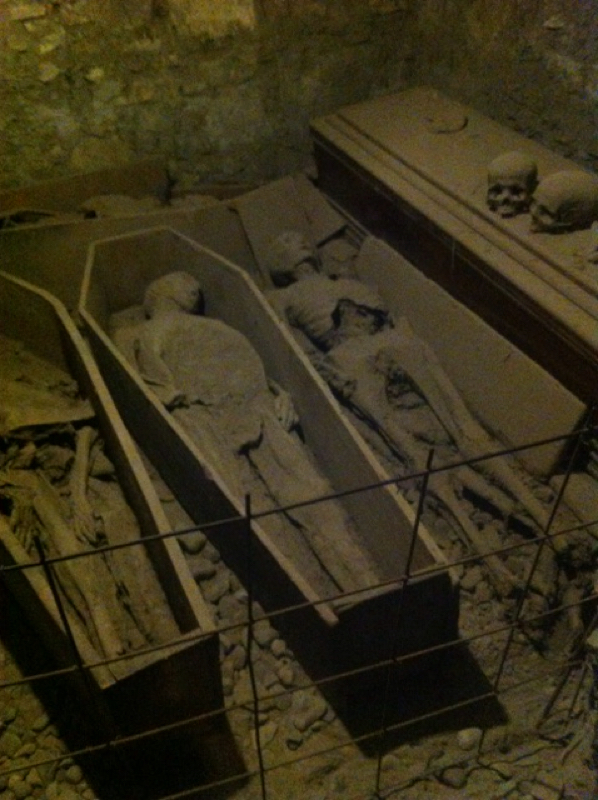 Perhaps the most visited vault is this one. While there are no documents left to verify who is here, legend states that the casket on the right contains a female simply called "the unknown"; the center casket contains a male who is missing both feet and his right hand. He is called "the thief"; and the left hand casket reportedly is "a nun". Behind these three is said to be an 800 year old mummy of a "crusader". While visiting regular tourist attractions wherever we have traveled, provides a certain level of enjoyment, what we really love to do is wander about with no particular destination in mind, just to see what we can encounter. We have found more hidden gems this way than we can count. Presented here are some of the things we found during our walk-about in Dublin. "Audoen's Church" - named after St. Ouen (or Audoen) of Rouen, Normandy, this is the oldest parish church in Dublin, and it is still active. It was built in 1190 by the Anglo-Normans, under the auspices of the St. Anne's Guild. In its heyday, the church was closely connected with the majority of the guilds of Dublin. However, because of declining funds, the church had fallen into a decrepit state by 1630. Various fund raising plans over the succeeding centuries have kept the church vibrant. Within a rear transept is a "Lucky Stone" that has been kept here since 1309. Merchants and traders reportedly would rub it for luck because of its supposed "...strange properties." The stone had been stolen a number of times over the years, but "somehow" it always returned. One legend states that thieves tried to smash it to bits but the stone "..moaned and groaned" as they hit it. So they ran away. The Irish say that they never let the truth get in the way of a good story, so we leave it up to you to believe what you will about this legend. "St. Augustine and St. John the Baptist Church" - popularly known as John's Lane church, because of its location, this church was built by the Augustinians on the site of Dublin's first hospital, St.John's (circa 1182). The current church actually dates from 1874. It's 200 foot steeple is the highest in Dublin and is unusual in that it is retangular in shape rather than square. "Guinness Storehouse" - Churches were not the only things we found on this walk-about. The Guinness Storehouse is a seven floor structure built around a glass atrium in the shape of a pint of Guinness. The building was first constructed in 1902 as the fermentation plant for the St. James Brewery. This brewery closed in 1988. Then in 1997, Guinness purchased it and began converting it into a museum dedicated to the history of its founder. Arthur Guinness, as well as a history of its advertising. The actual Guinness brewery is just across the street from the Storehouse. During this walk around Dublin, we happened to meet three young lads from Detroit, Michigan who had just arrived and were doing their own walk-about. From time-to-time, we have taken side trips away from our base cities. Our trip to Howth was perhaps one of the most spectacular ones we have taken during this adventure. Howth is a former Viking village founded around 819, approximately 8 miles ENE of Dublin. The Vikings named this settlement "Howth" (which is their word for "head") because this peninsular resembles a head, attached to a body (the mainland) by a narrow passageway (the neck). For the Vikings, this settlement served as a strategic base between their homes in Scandinavia and the Mediterranean. Howth eventually fell to the Normans in 1177. By the 14th century, it had become an important trading post. One of the most important attractions in Howth is the 12th century ancestral home of the St. Lawrence family - Howth Castle. A popular legend about the castle, stems from a 1576 visit to Dublin by the pirate Grainne O'Malley. She apparently wanted to pay a courtesy visit to the 8th Baron of Howth. However, she was informed that the family was at dinner and the castle gates were closed to her. Seeking retribution, O'Malley kidnapped the Baron's grandson and heir (the 10th Baron). He was eventually released when an agreement was reached, stating that the castle gates would always remain open to unexpected visitors and an extra place setting would set at each and every meal. This agreement is still honored to this day. Walking through lush forests and heather, we came to unbelievably beautiful cliff walks with spectacular views of the Dublin coast. This side trip was definitely worth it! To add to our enjoyment, our favorite tour guide from Dublin, James, led this tour and provided us with a unique perspective of the area by his historical knowledge and stories of Howth. 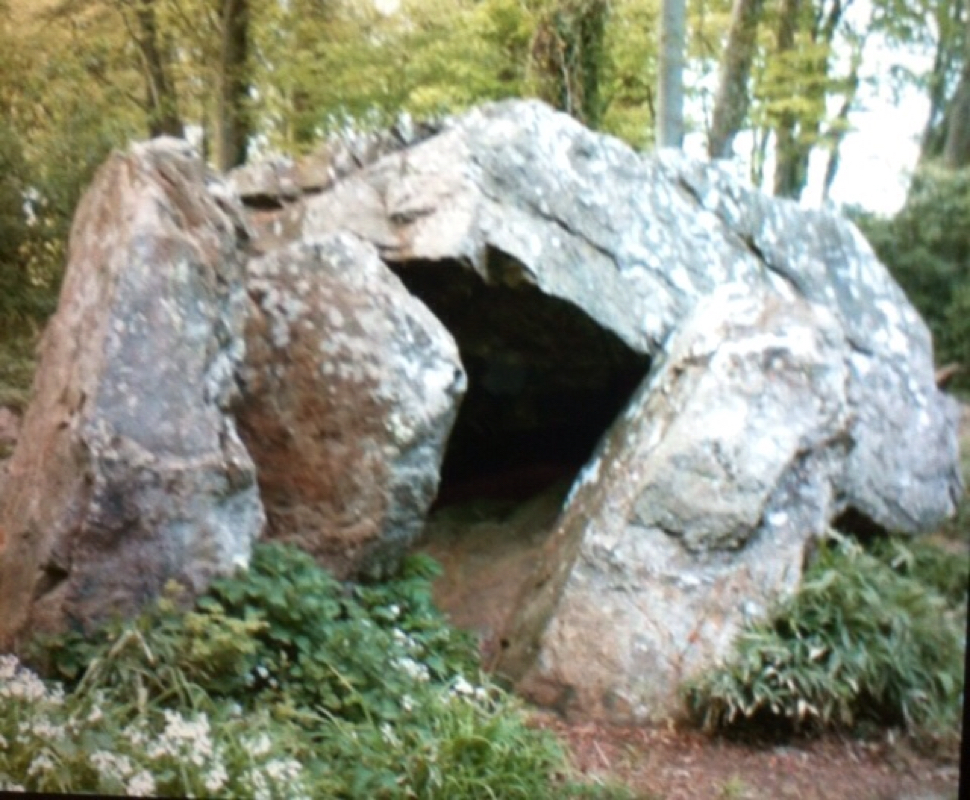 Smack dab in the middle of the woods on the Howth Castle grounds,is Aideen's tomb. Wife of the warrior King Oscar, Aideen died of grief when her husband was killed during a battle in which he had killed three other kings. Her family erected this tomb, usually reserved for heroic warriors or kings, in her memory. |
Carl and Lorraine Aveni are two retirees planning on traveling through Europe for at least one year.
Archives
September 2020
Categories |
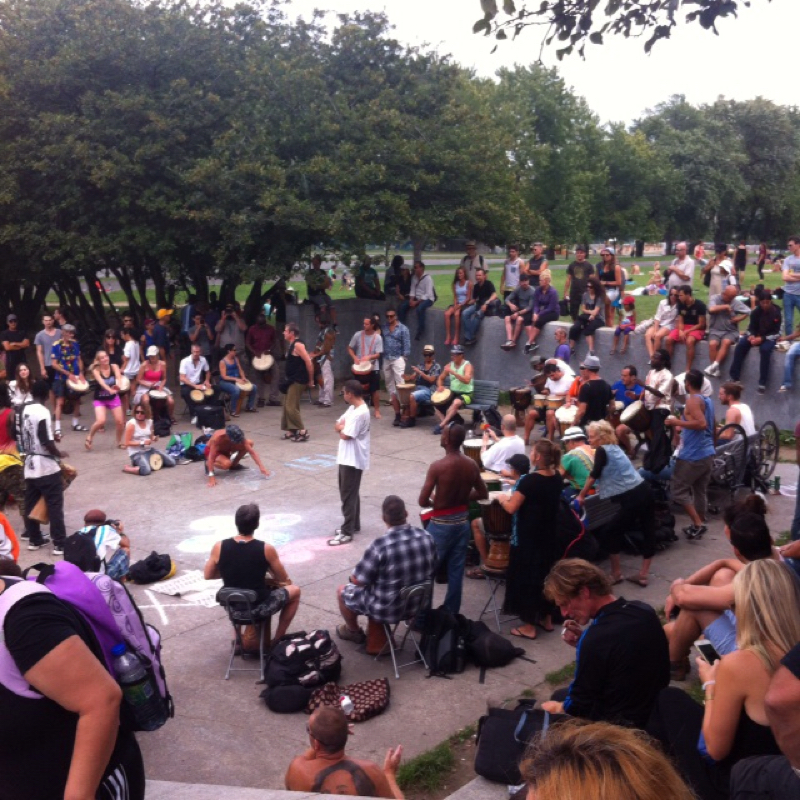
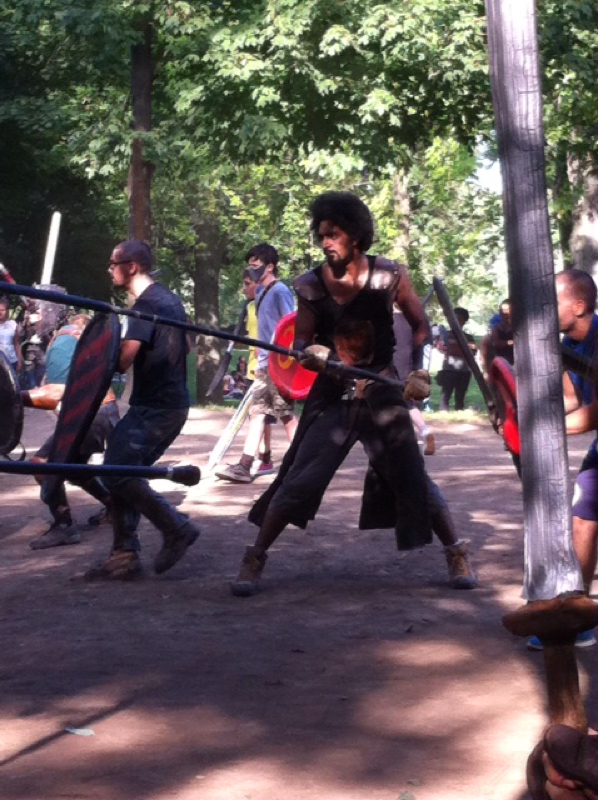
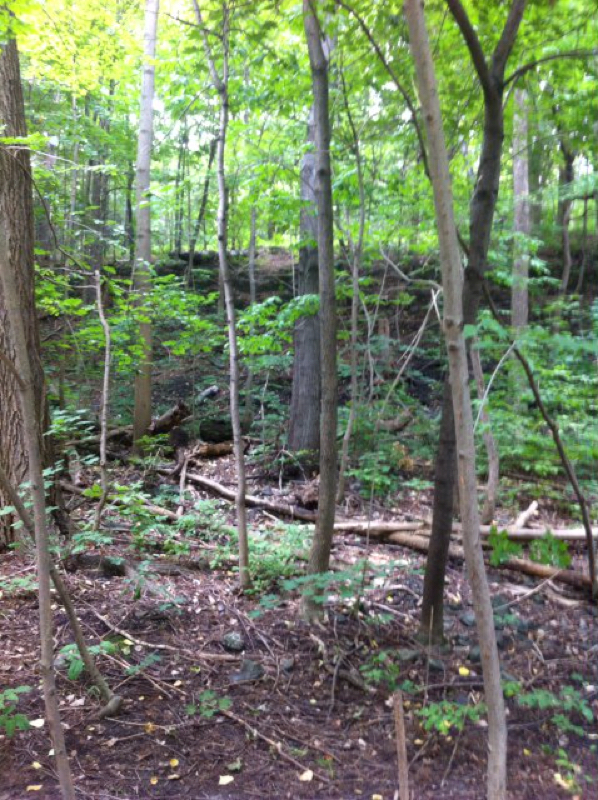
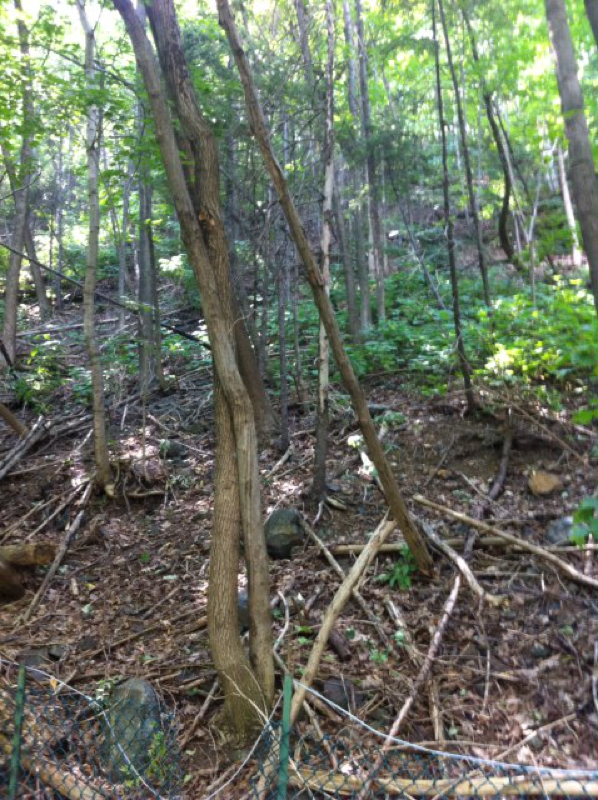
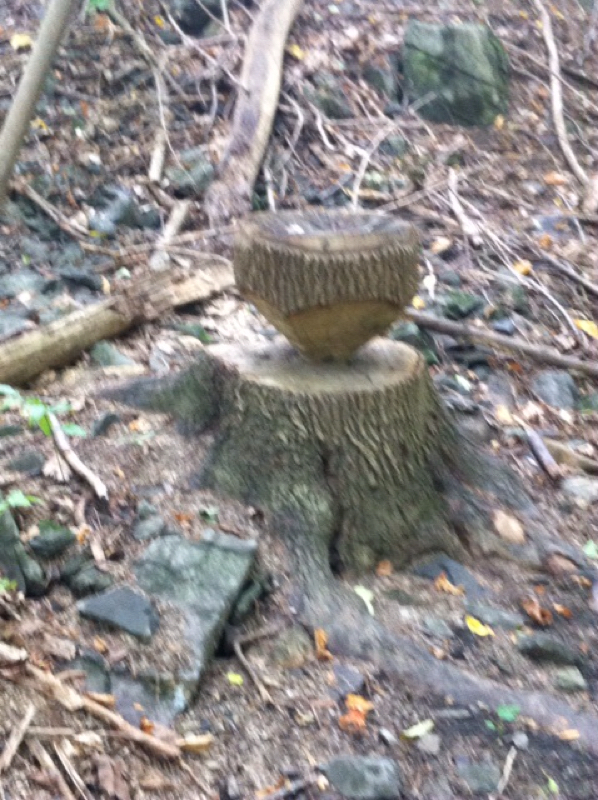
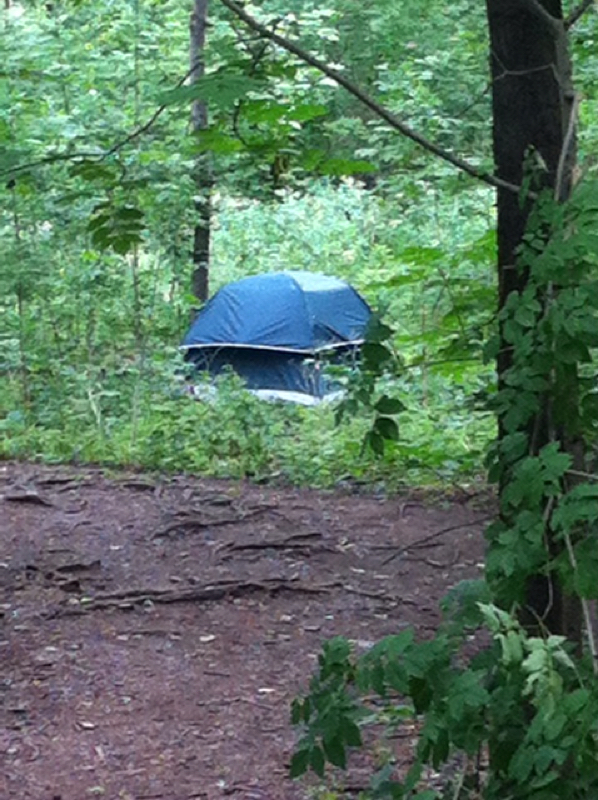
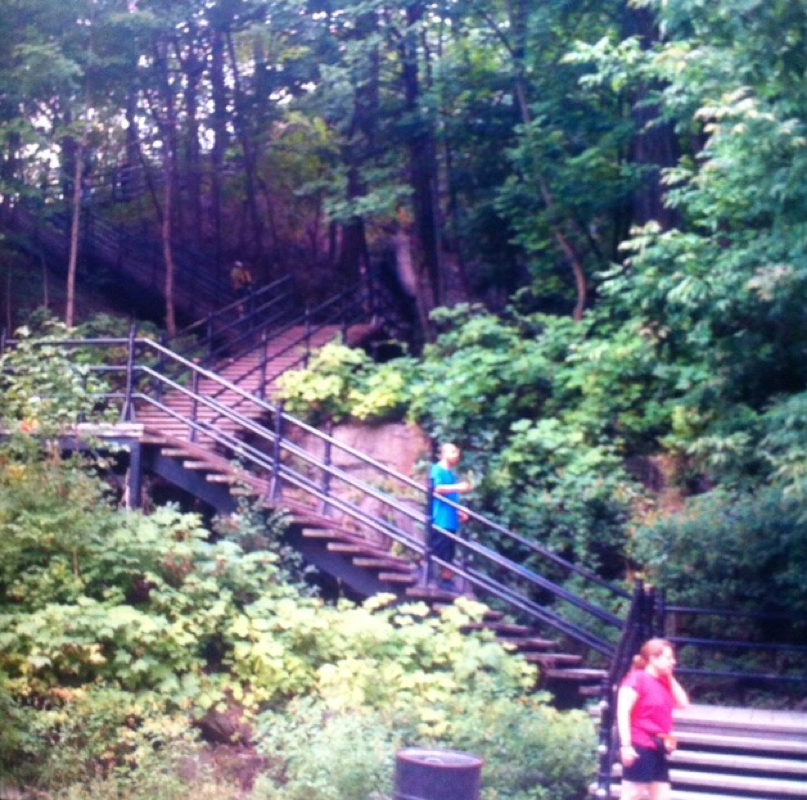
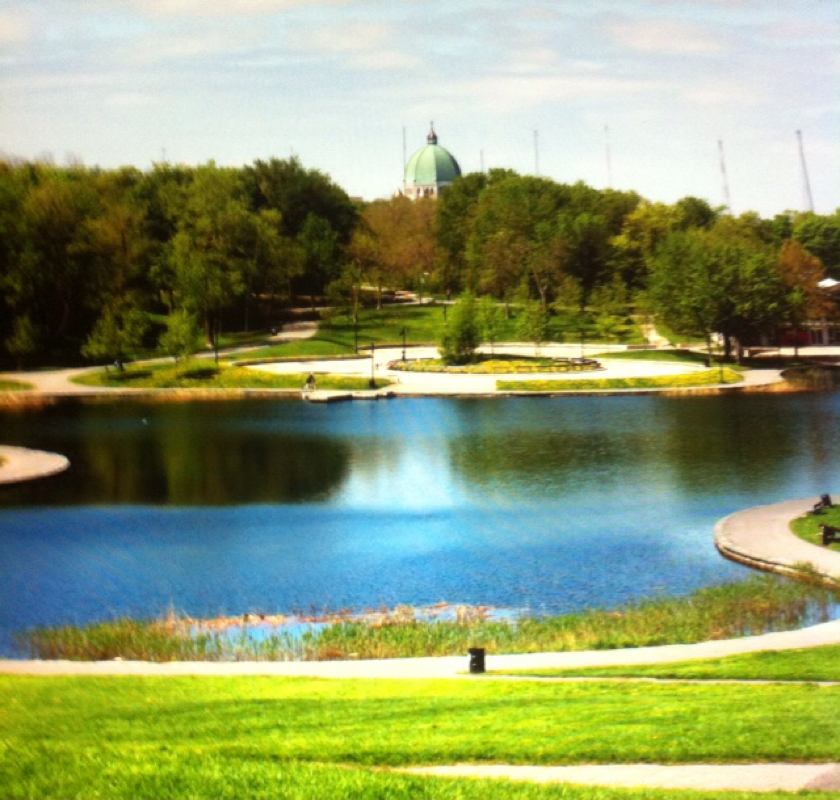
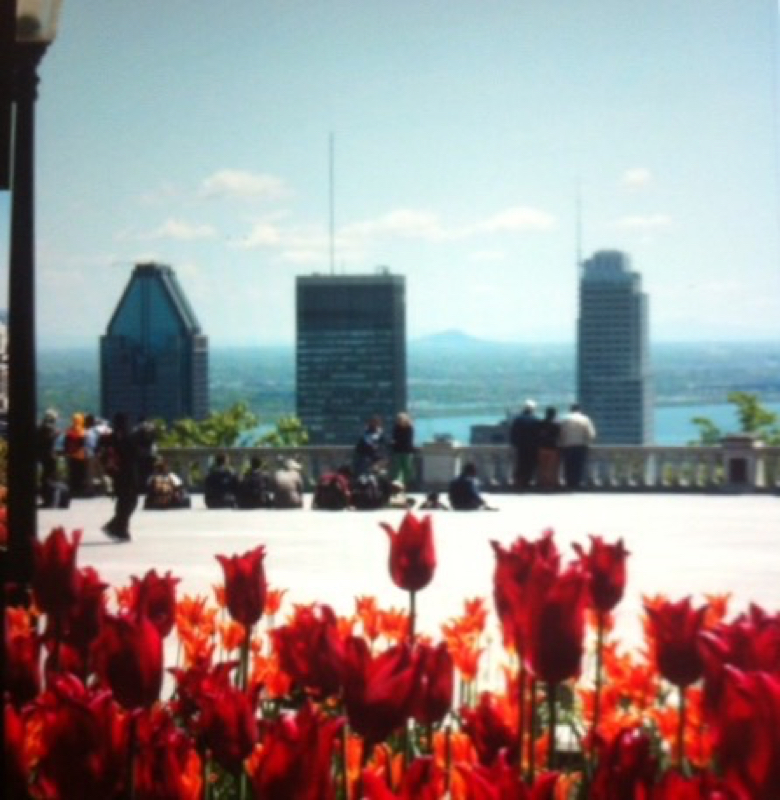
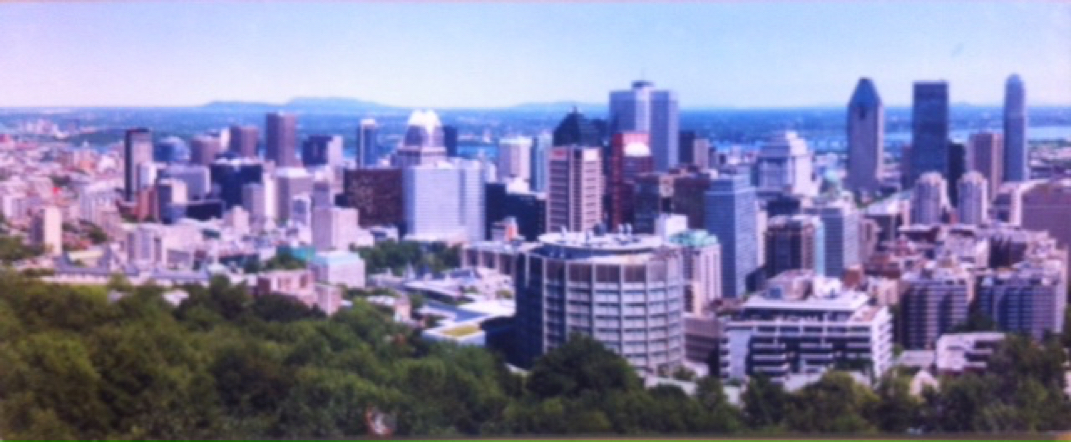
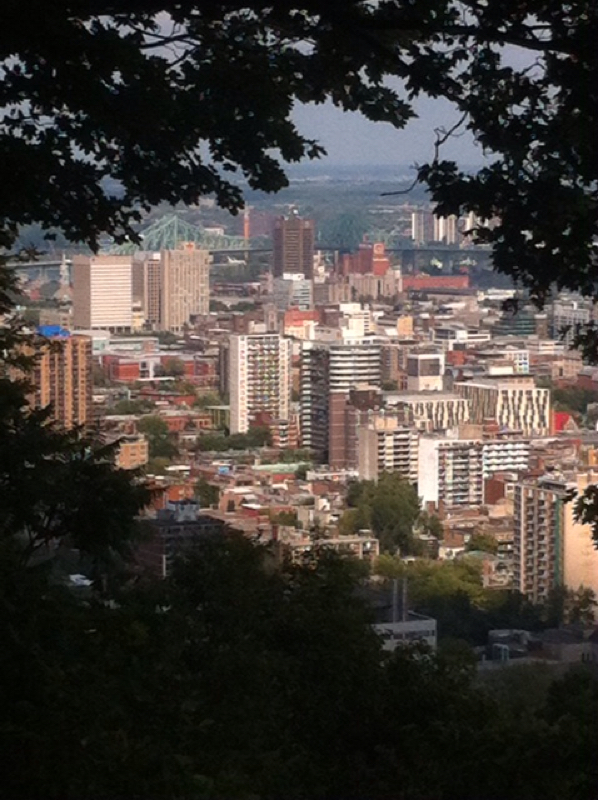
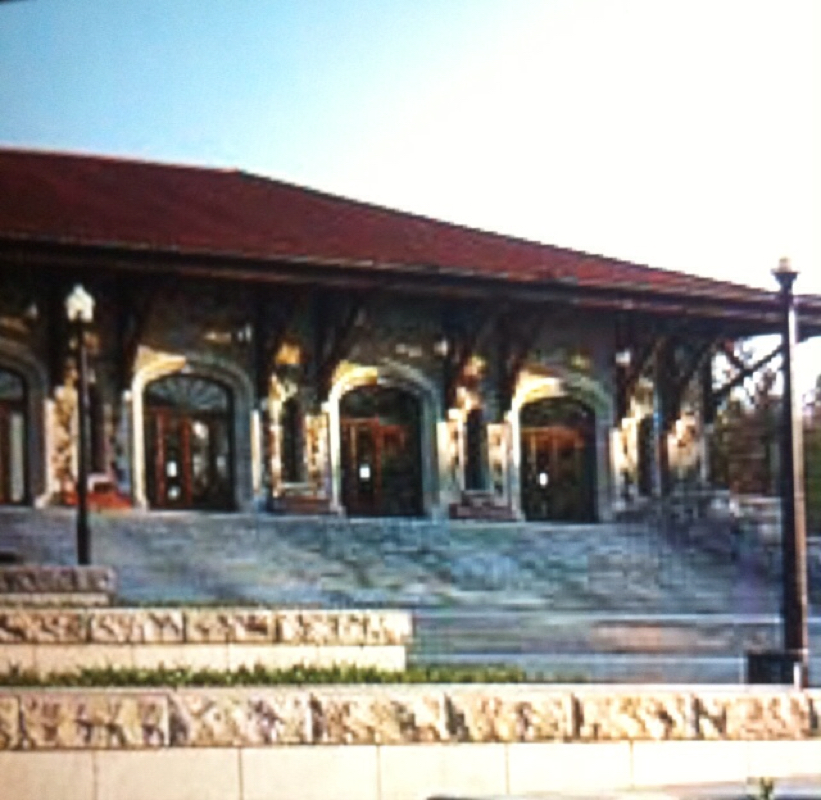
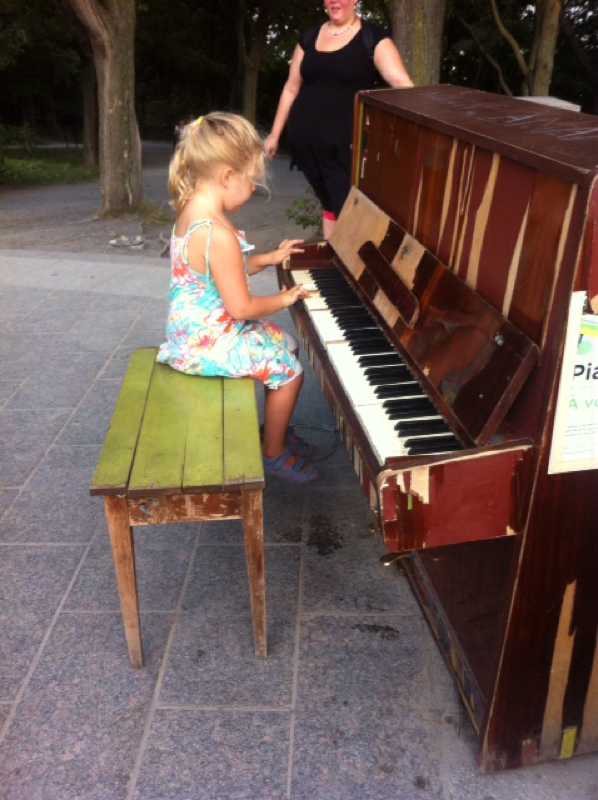
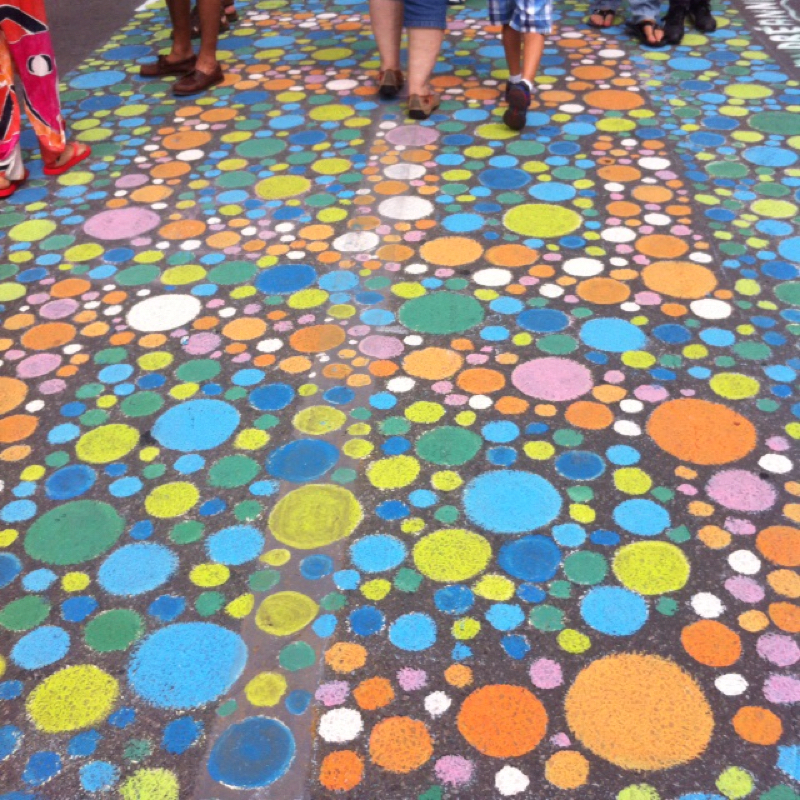


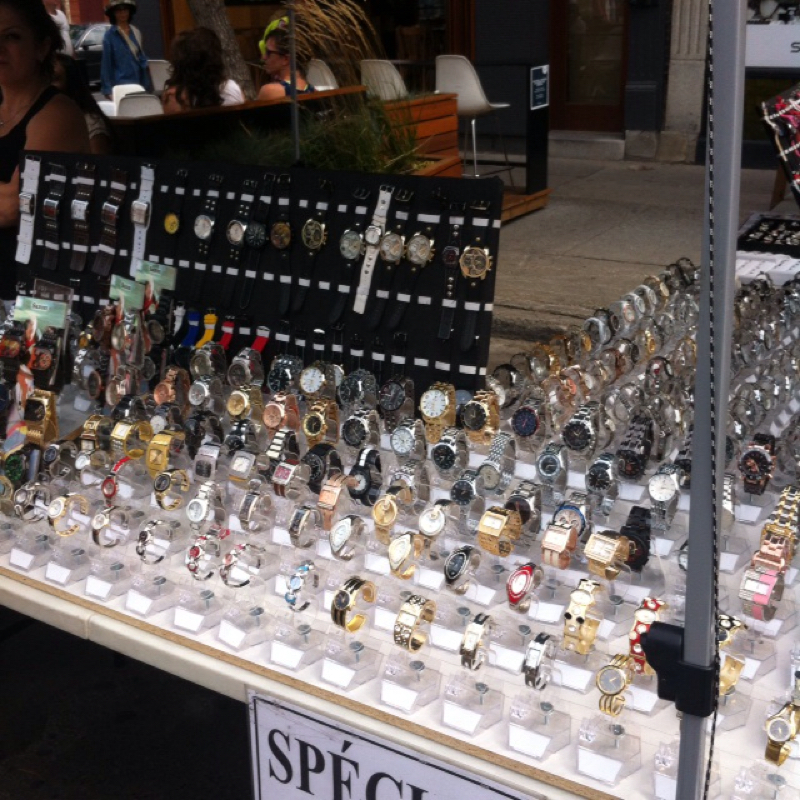


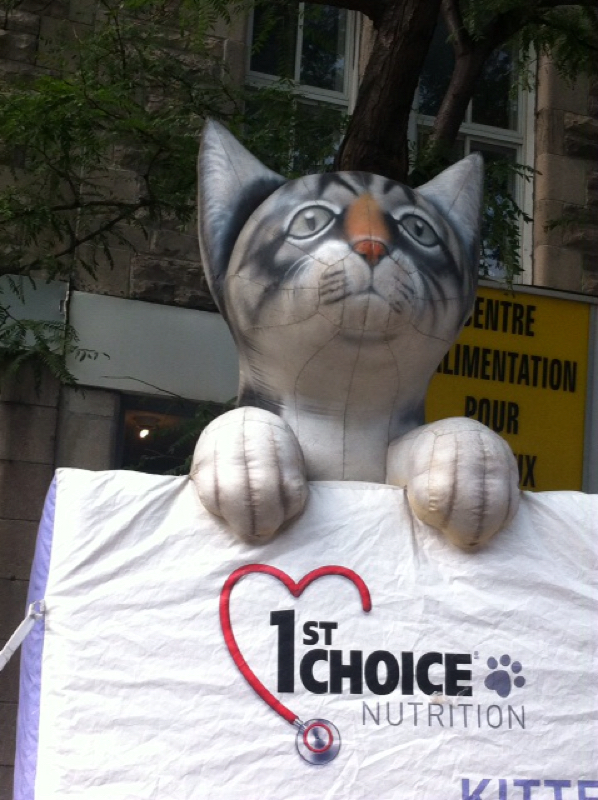

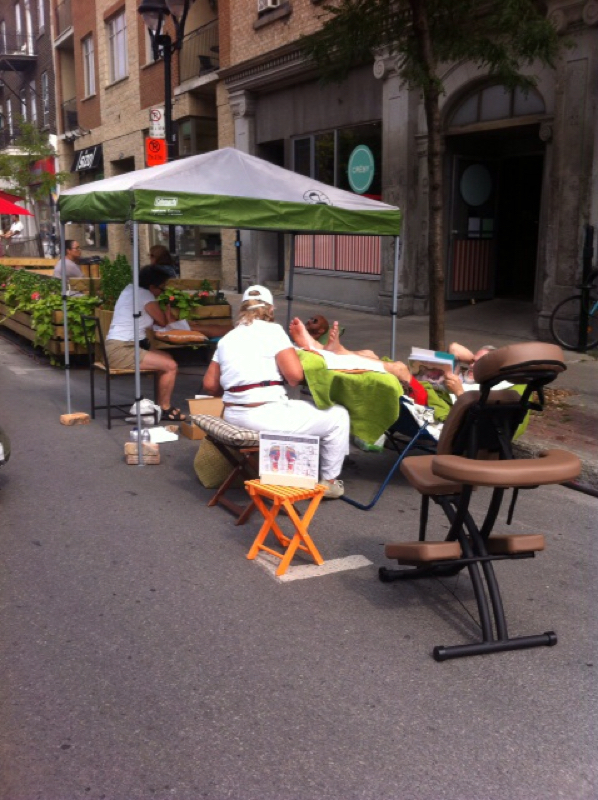
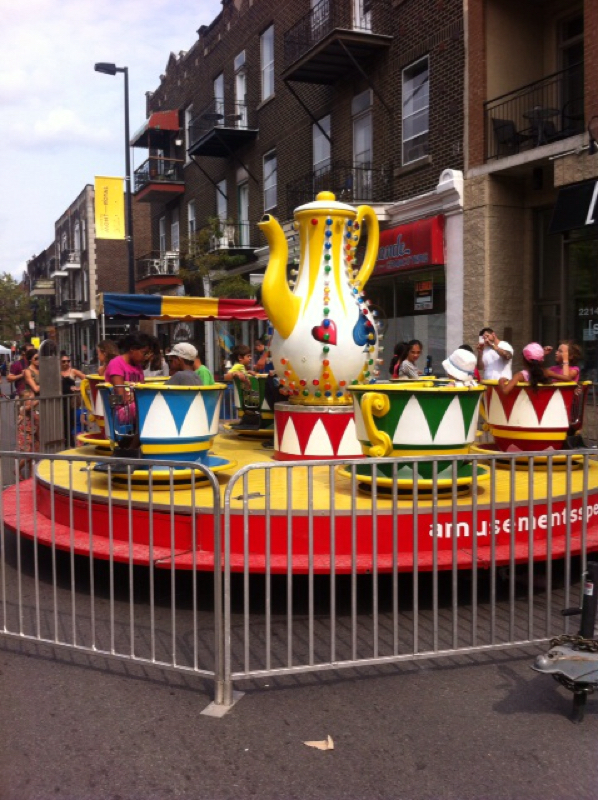
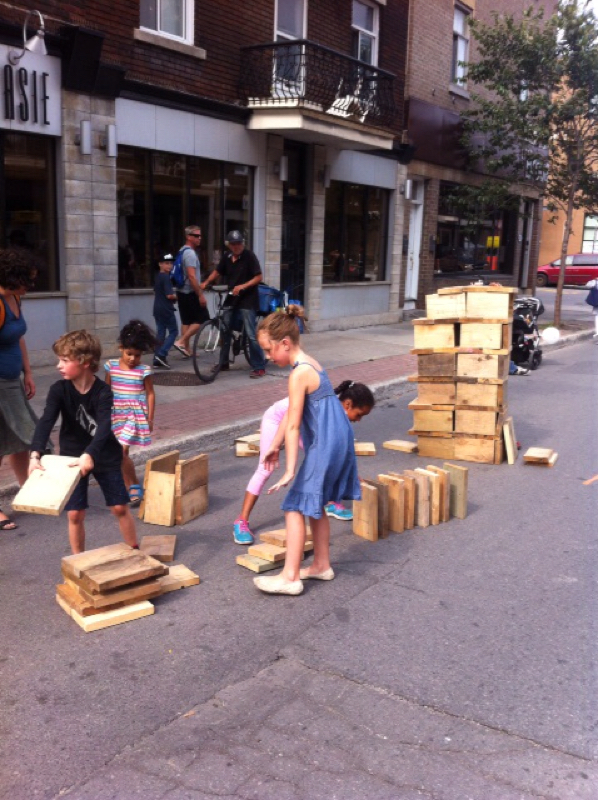
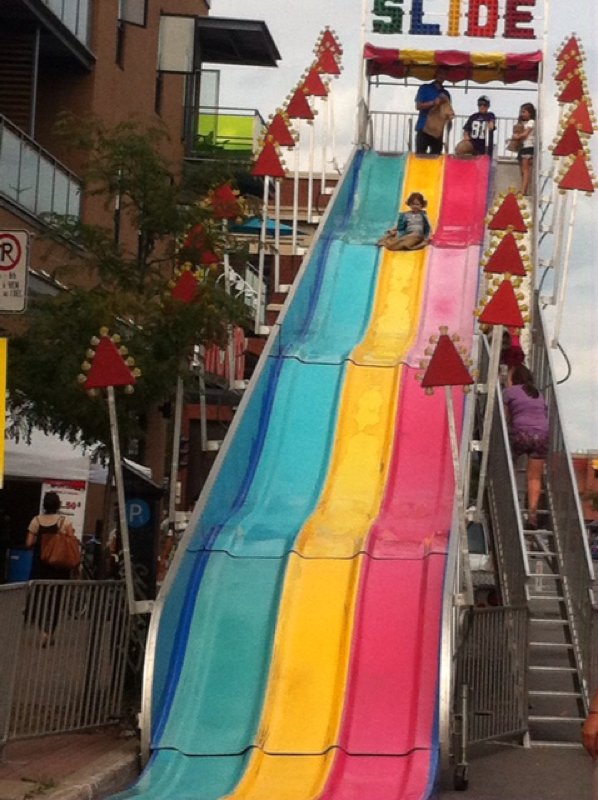

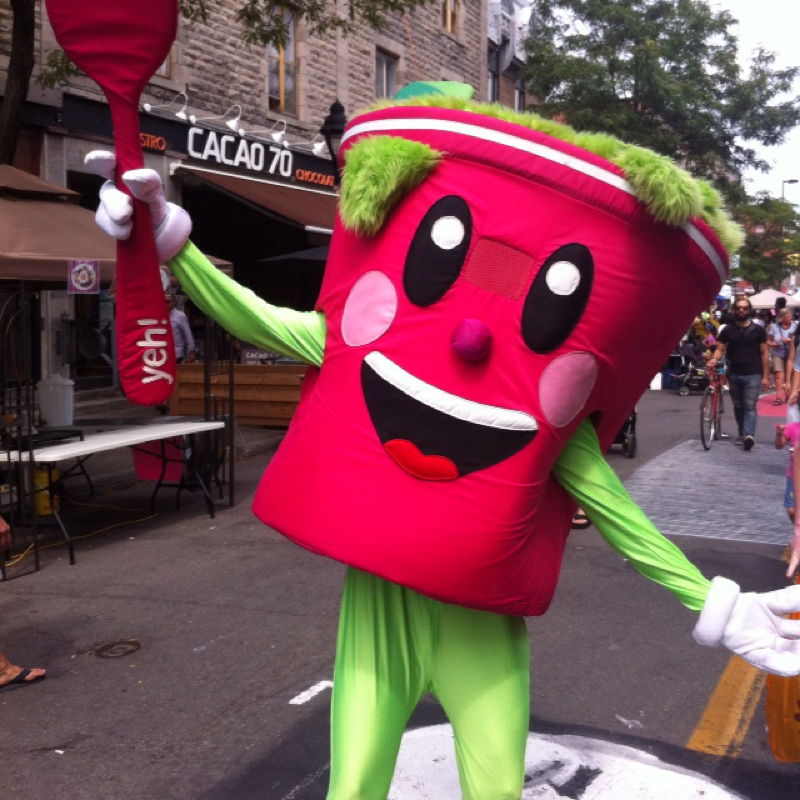
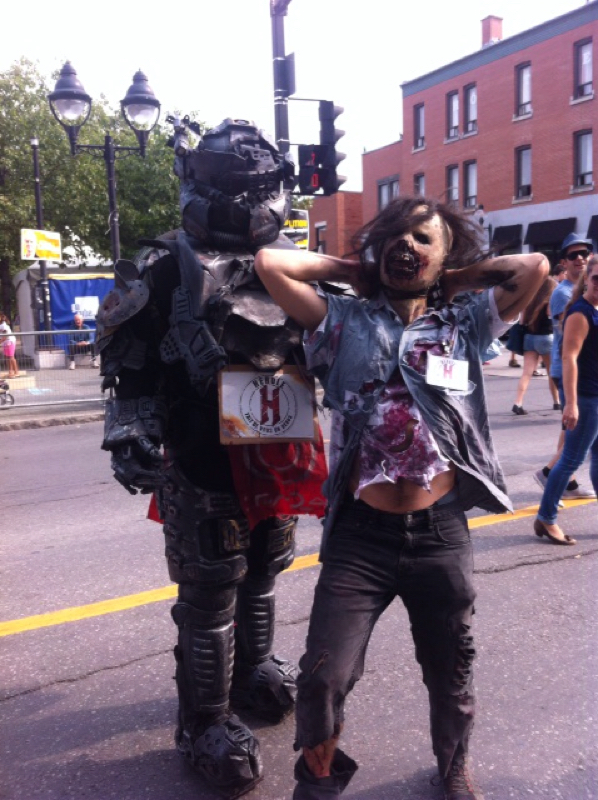
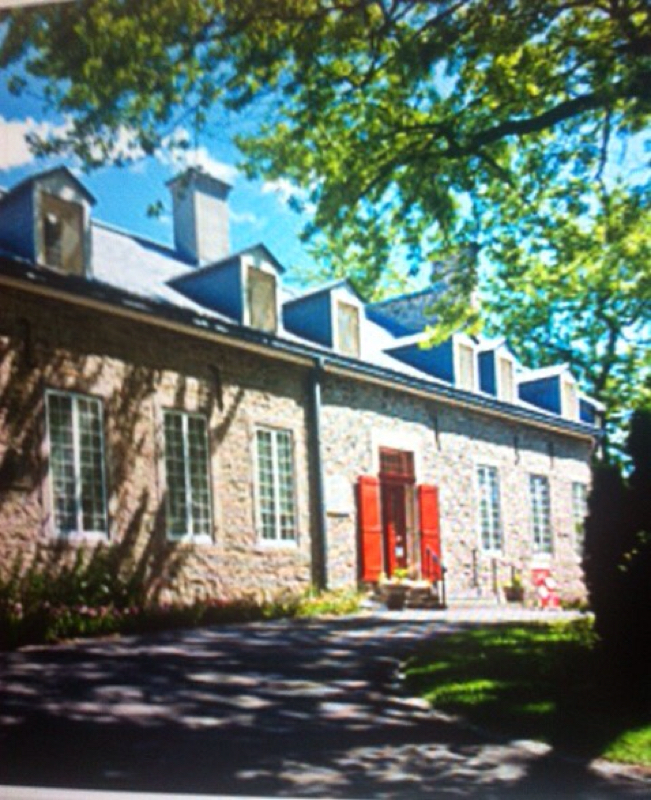
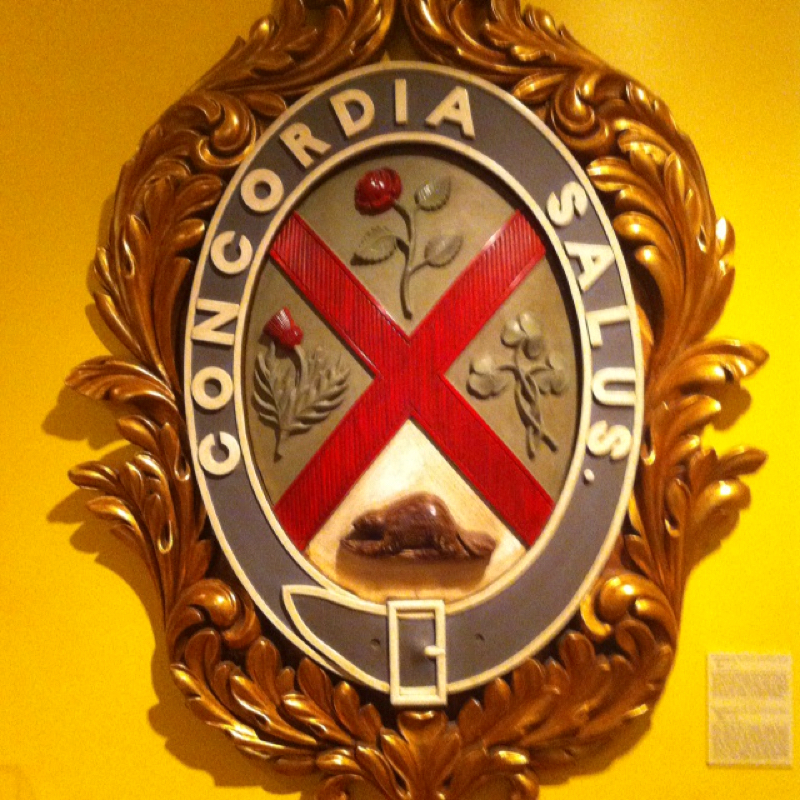
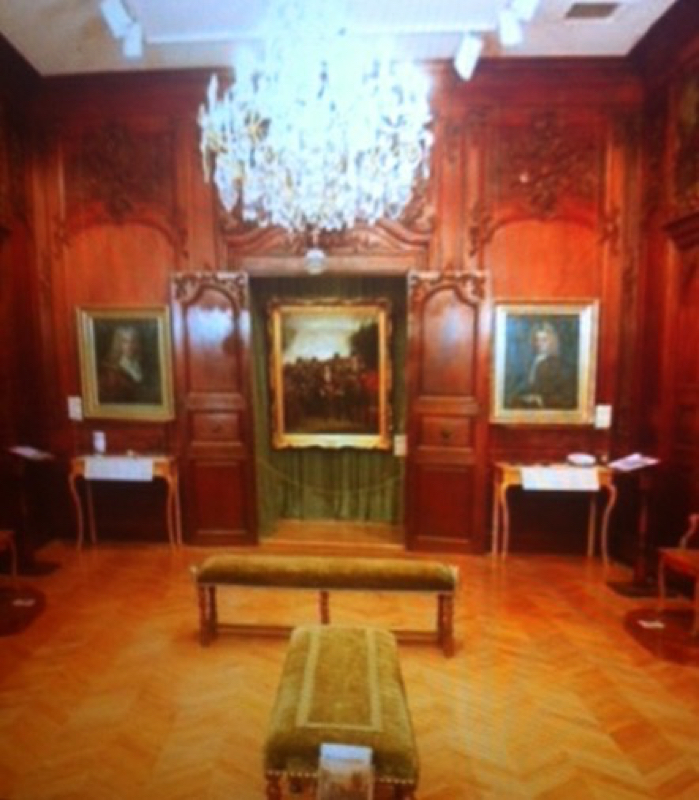
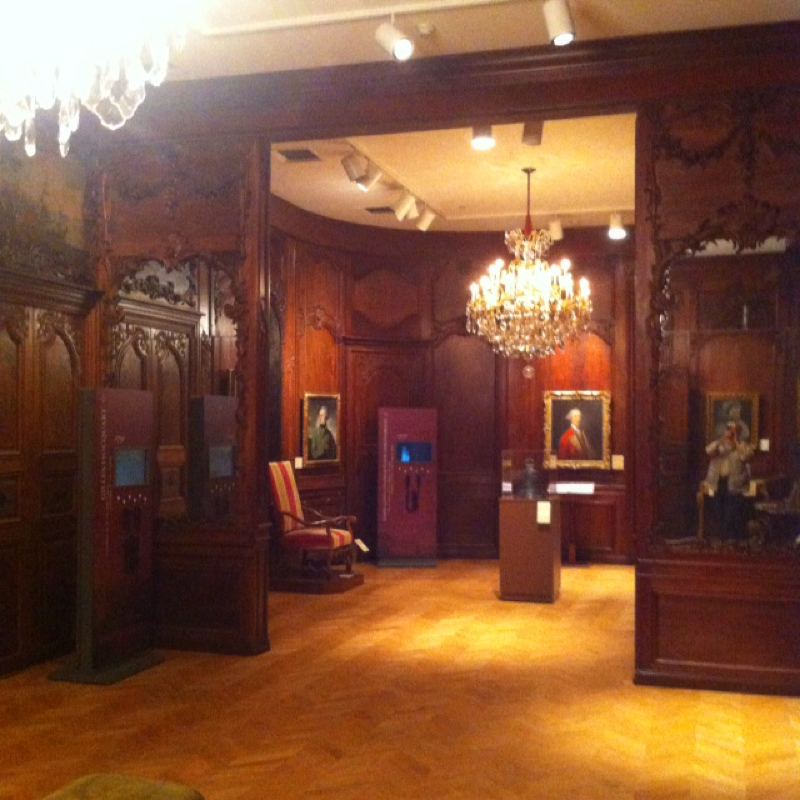
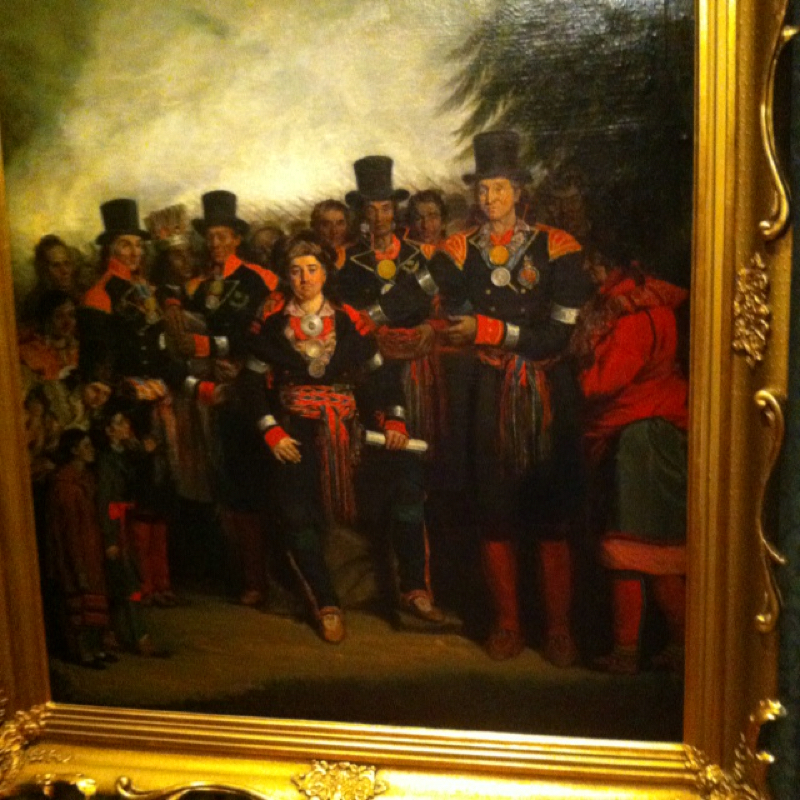
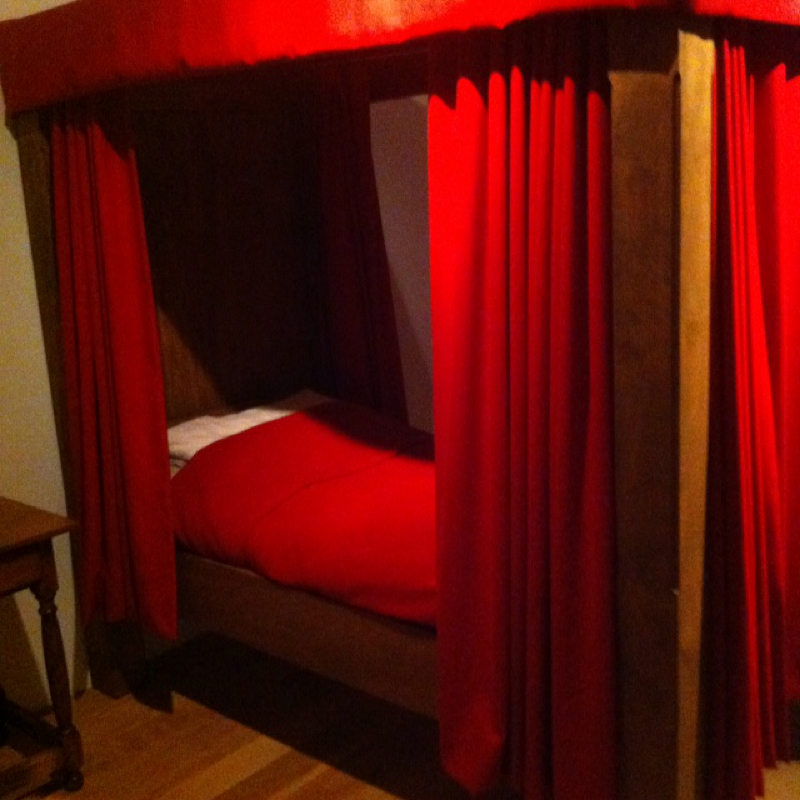
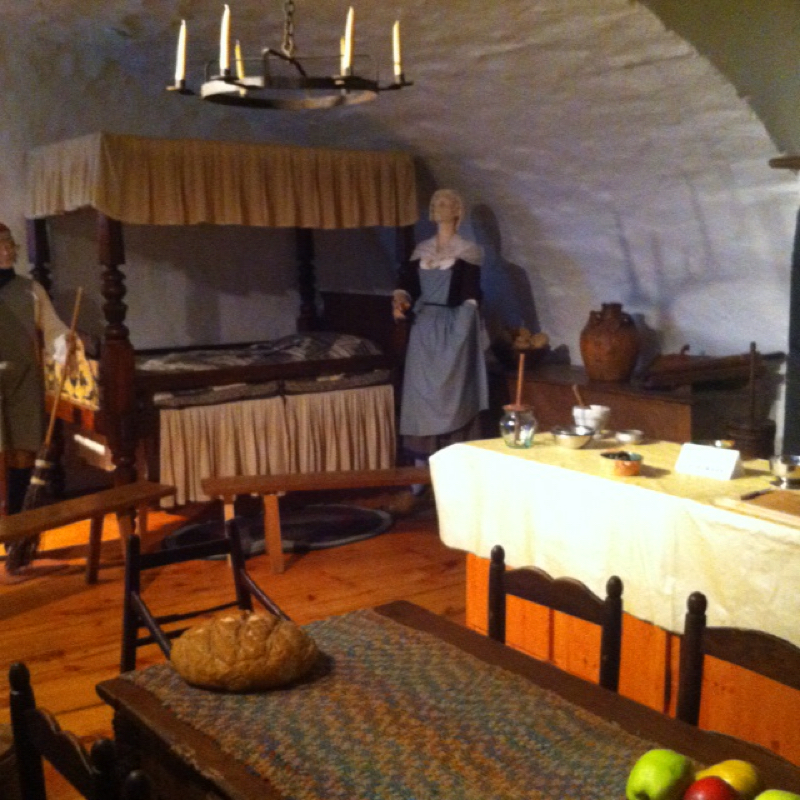
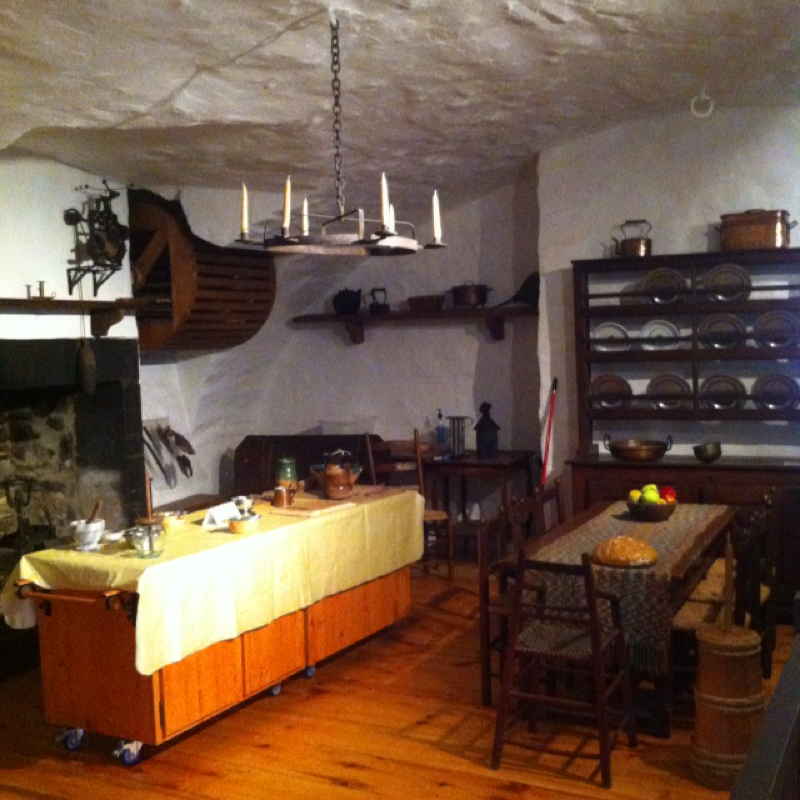
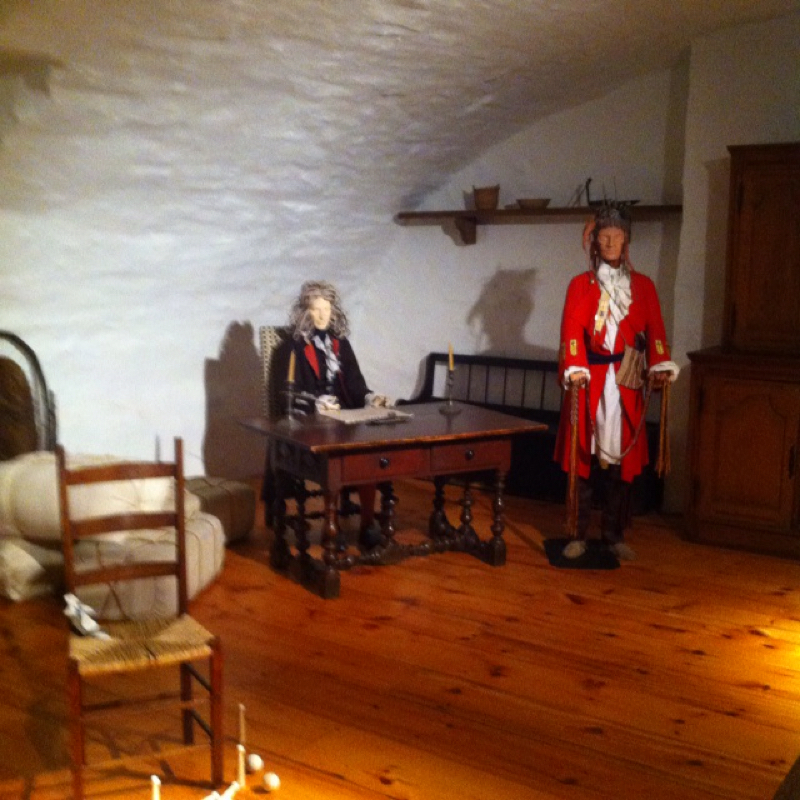
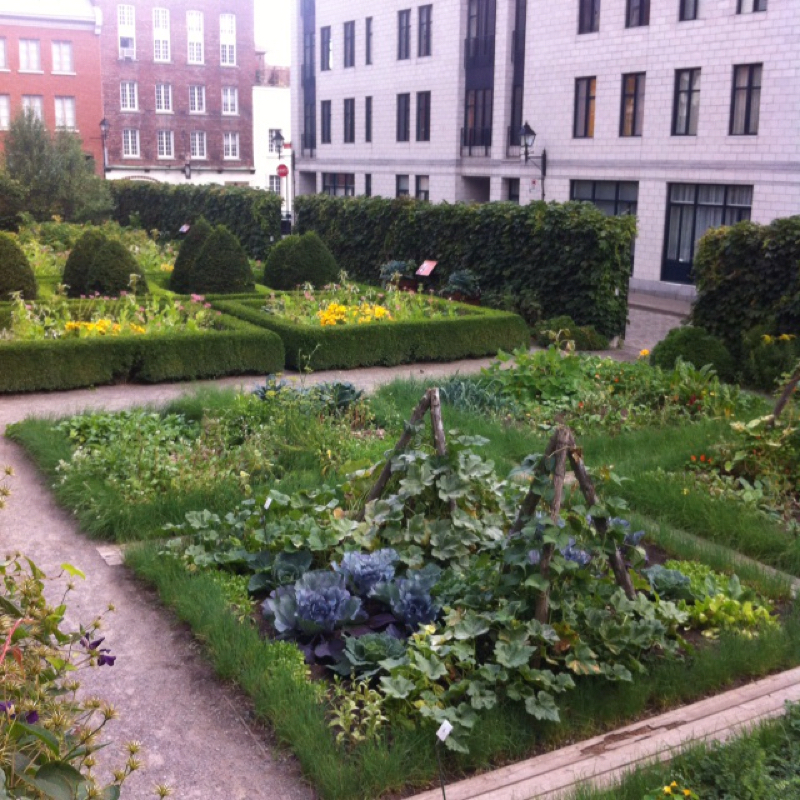
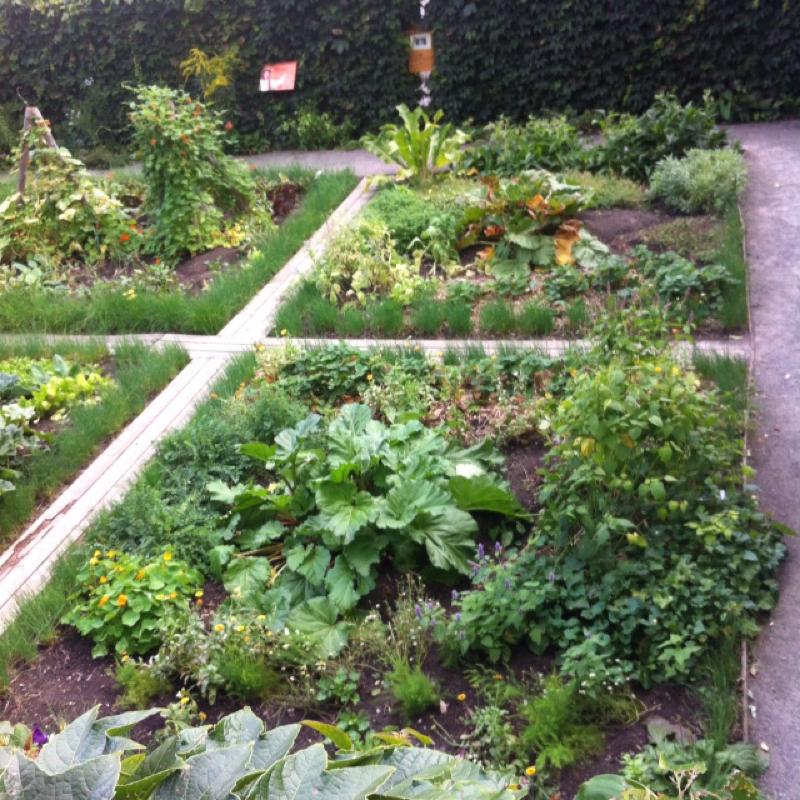
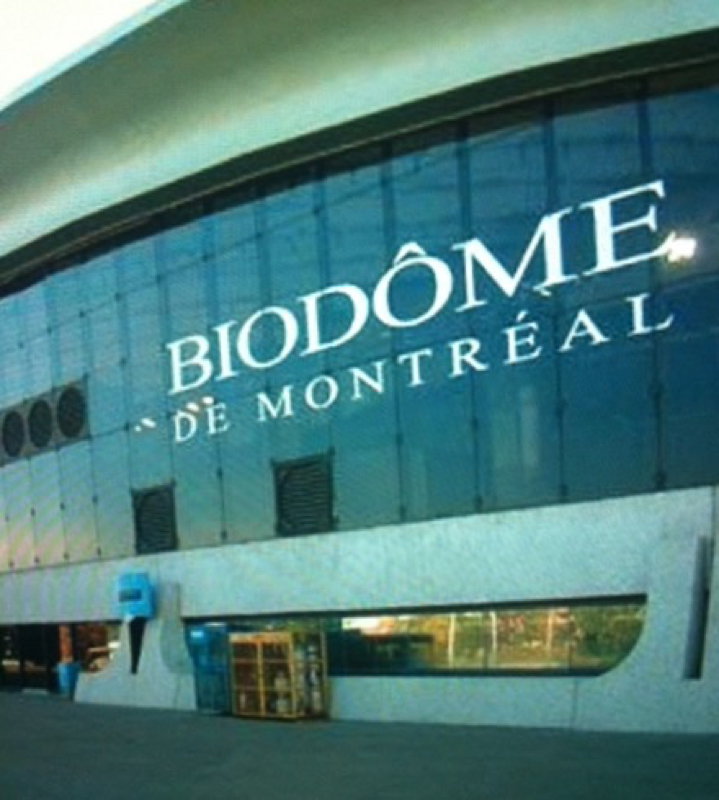
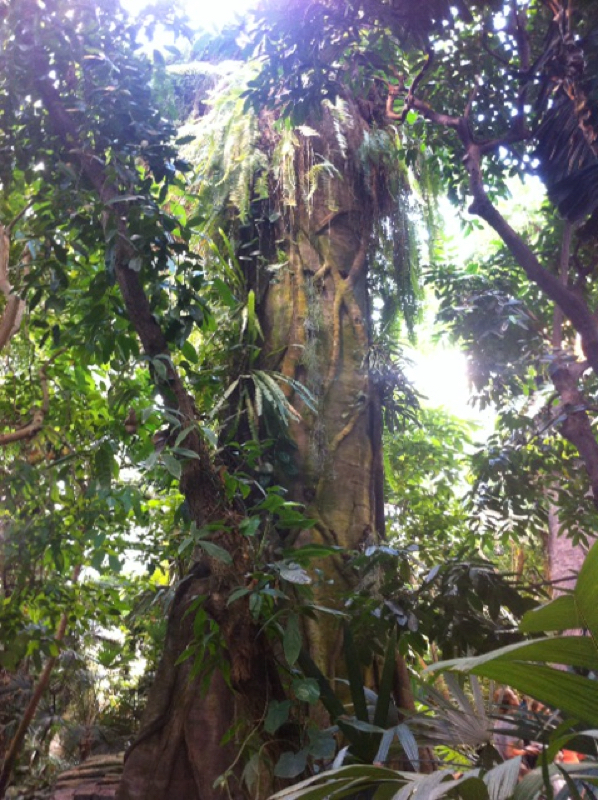
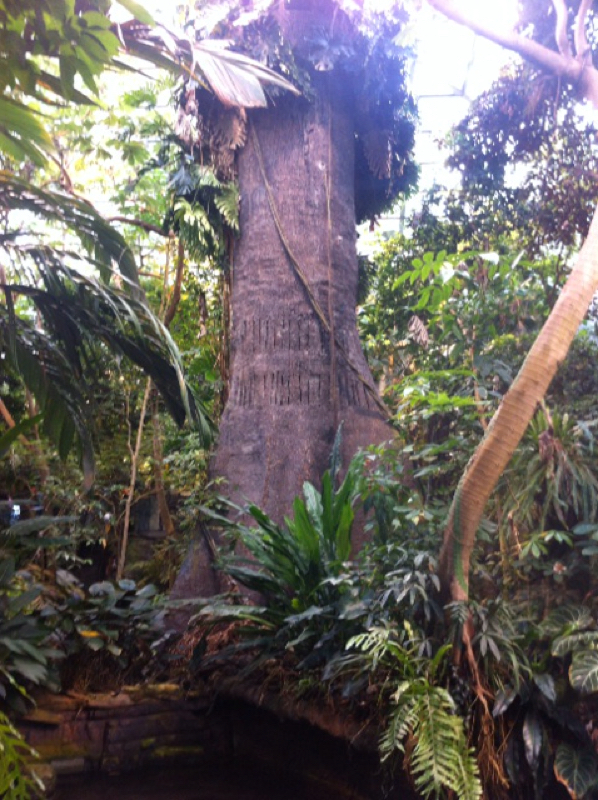
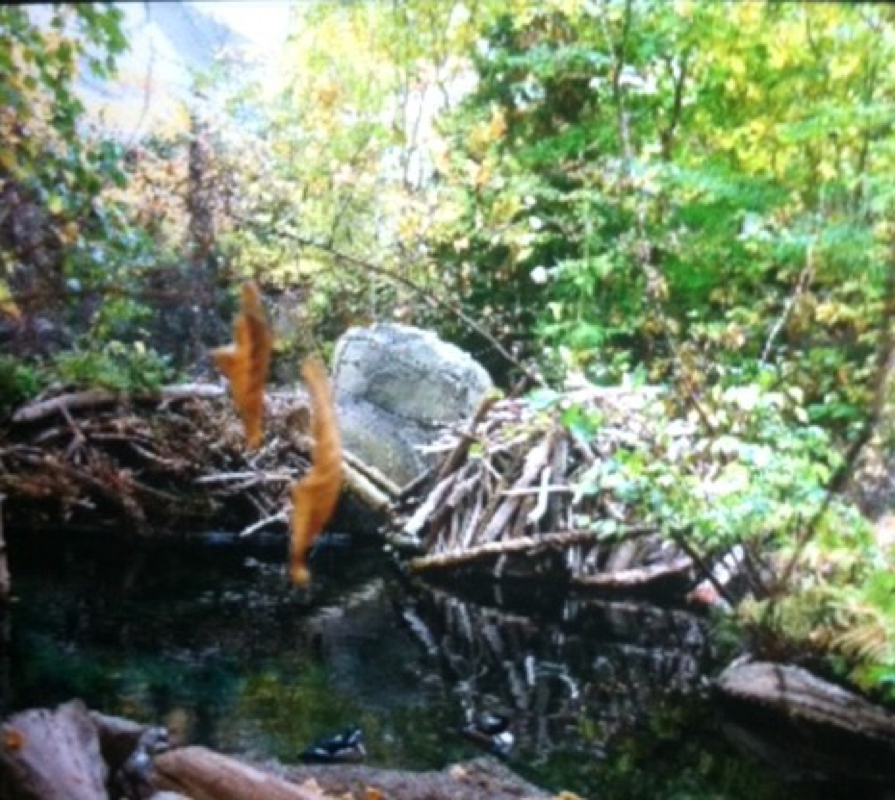
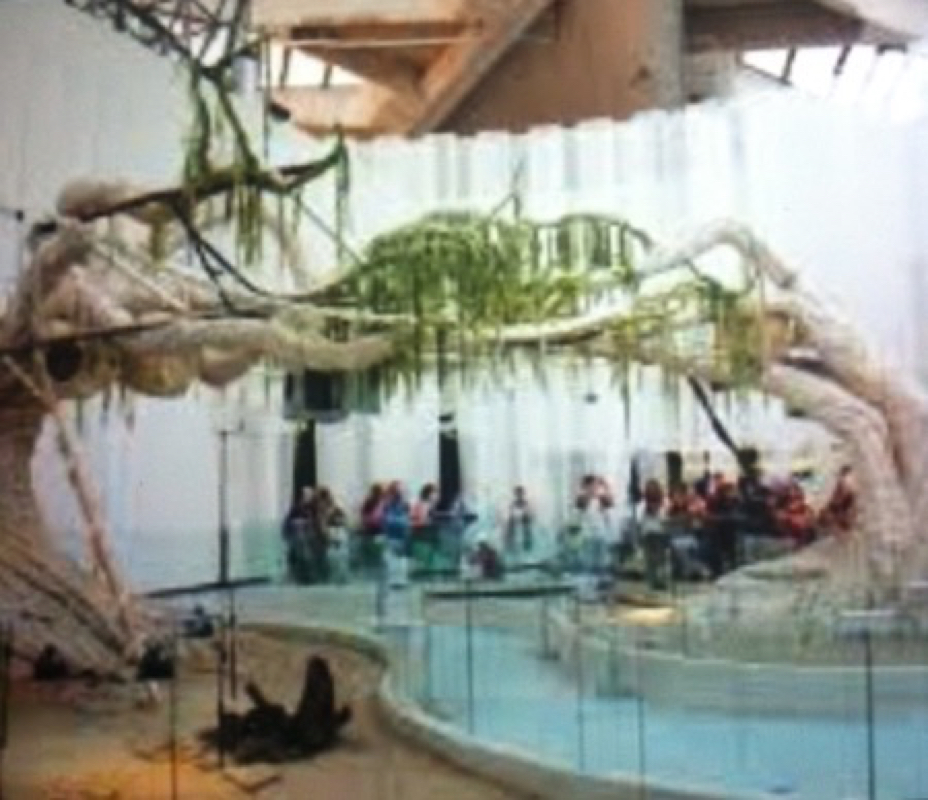



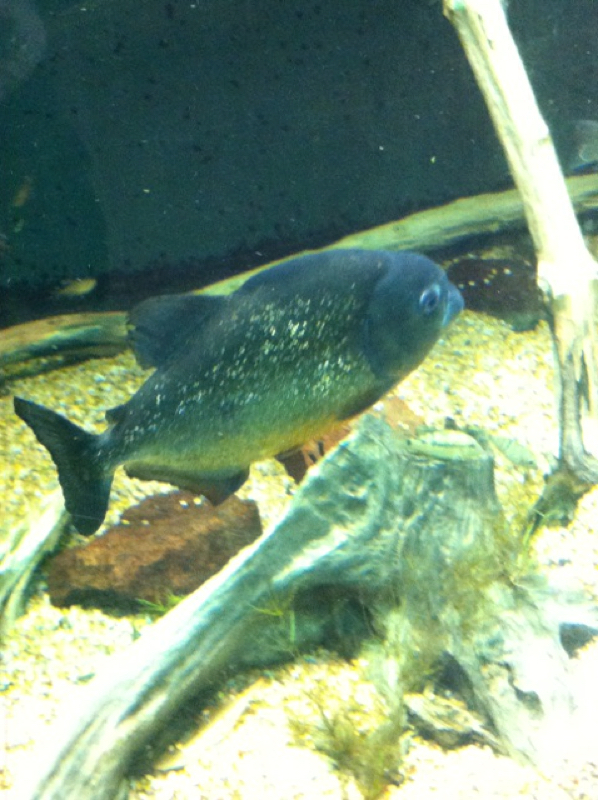
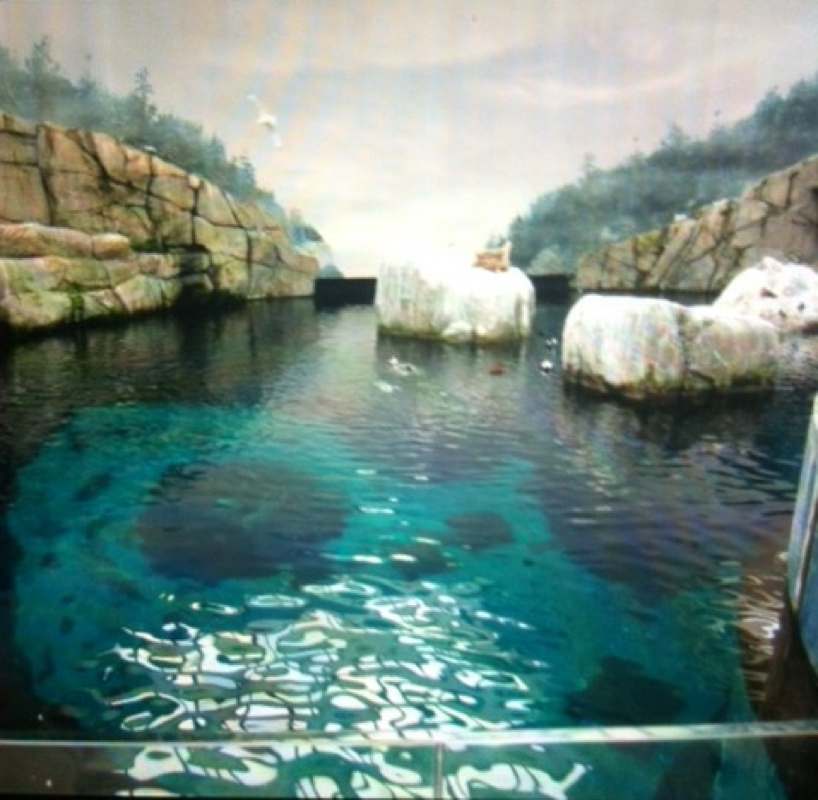

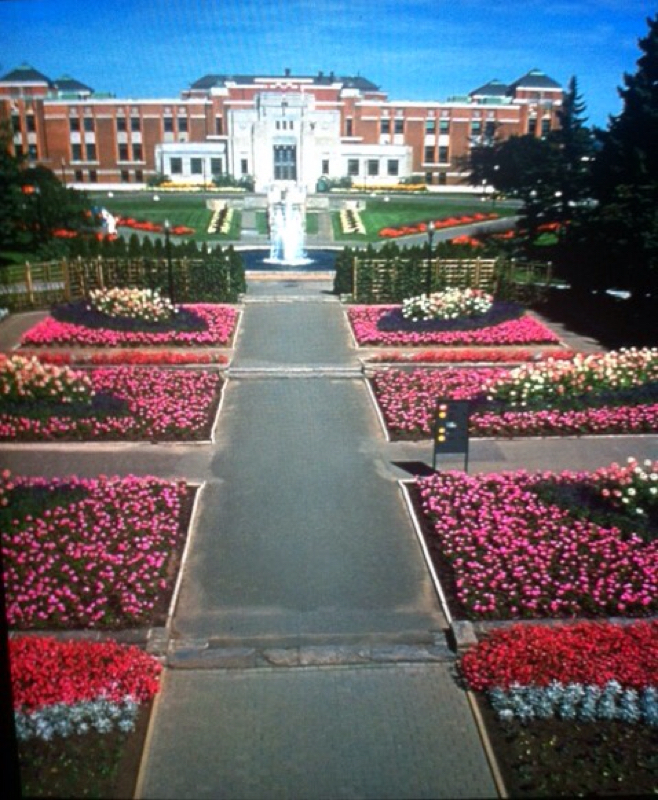
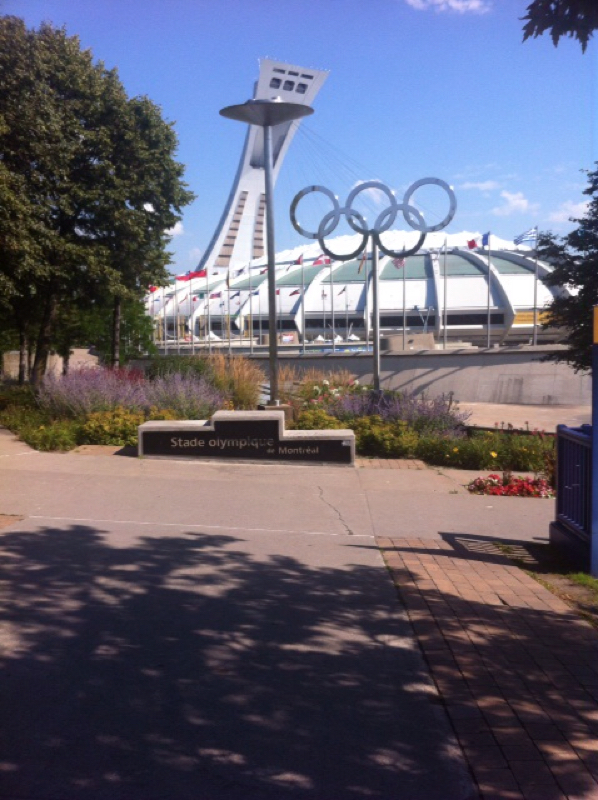
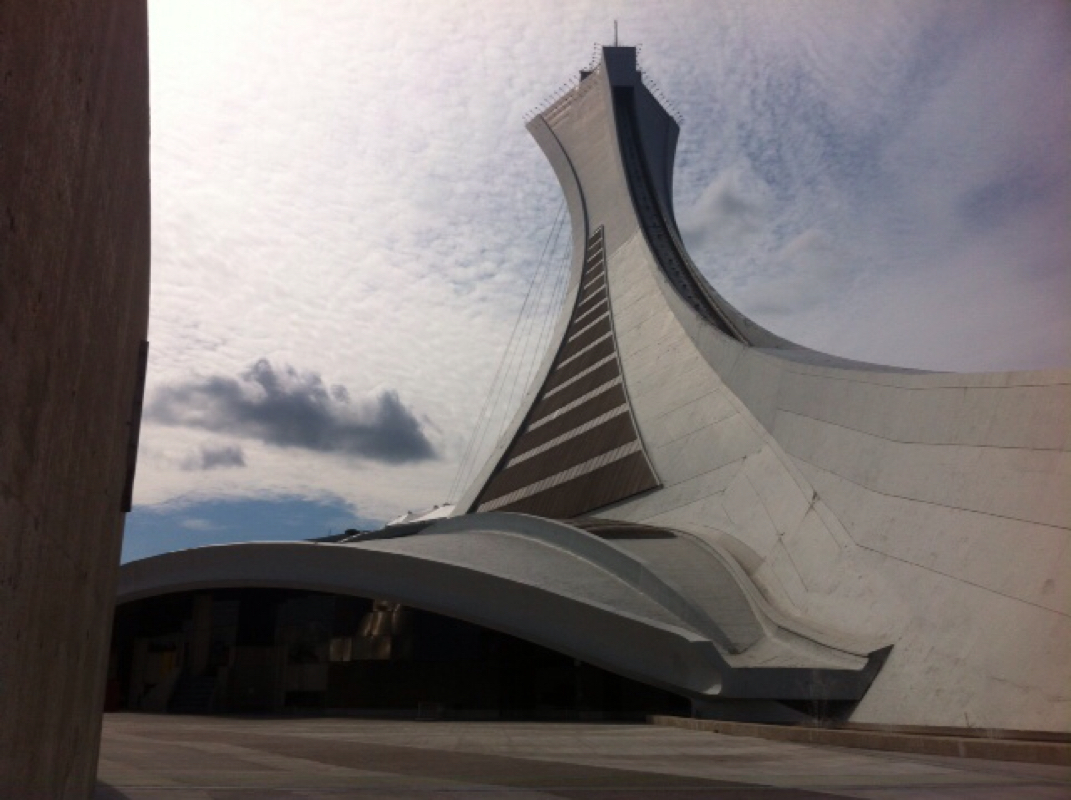

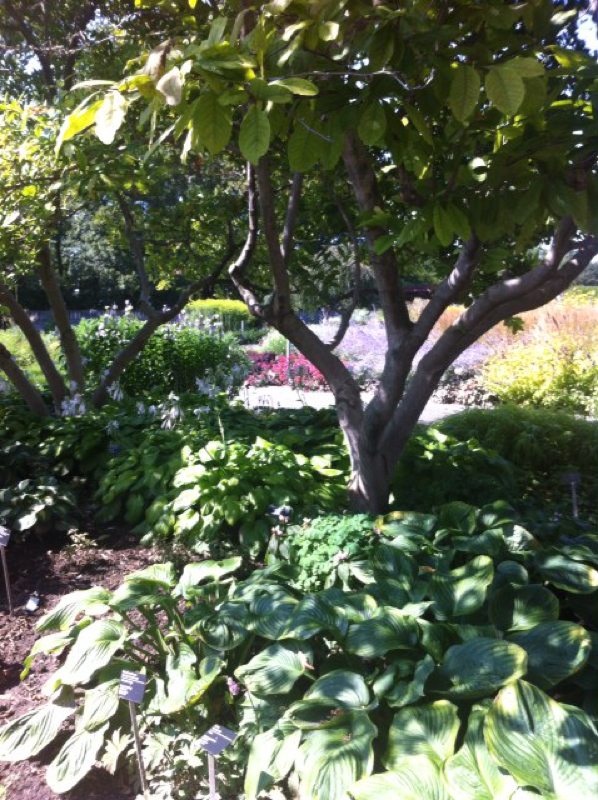
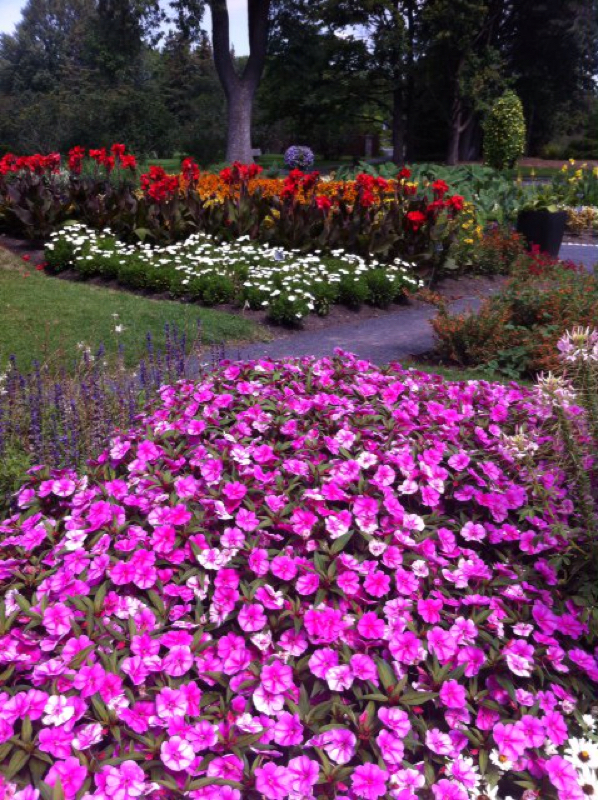
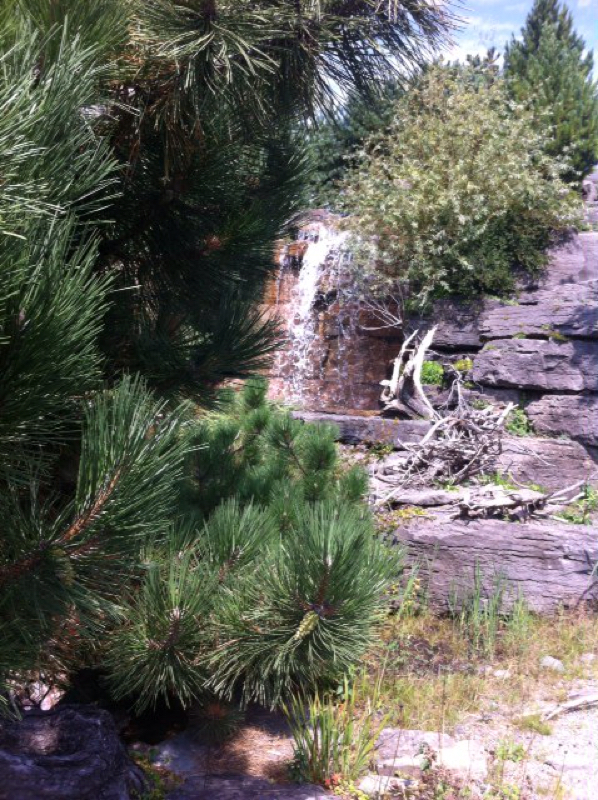
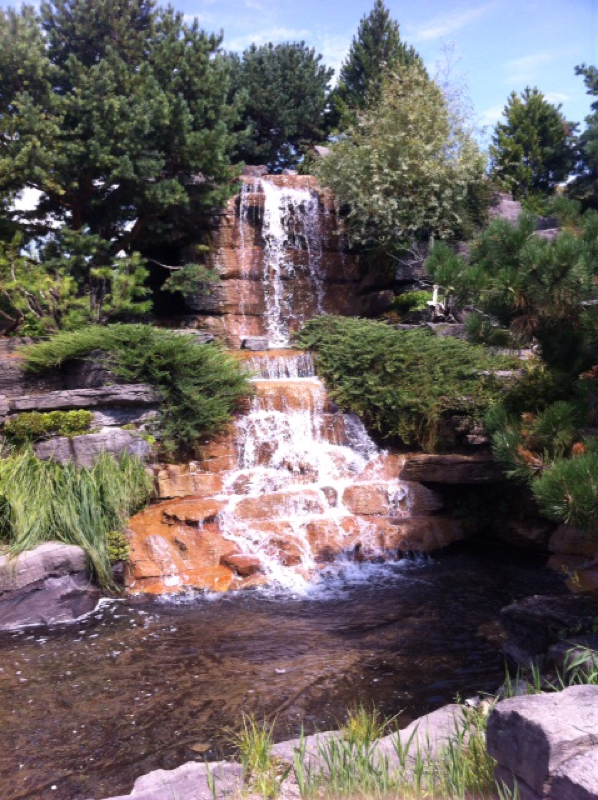
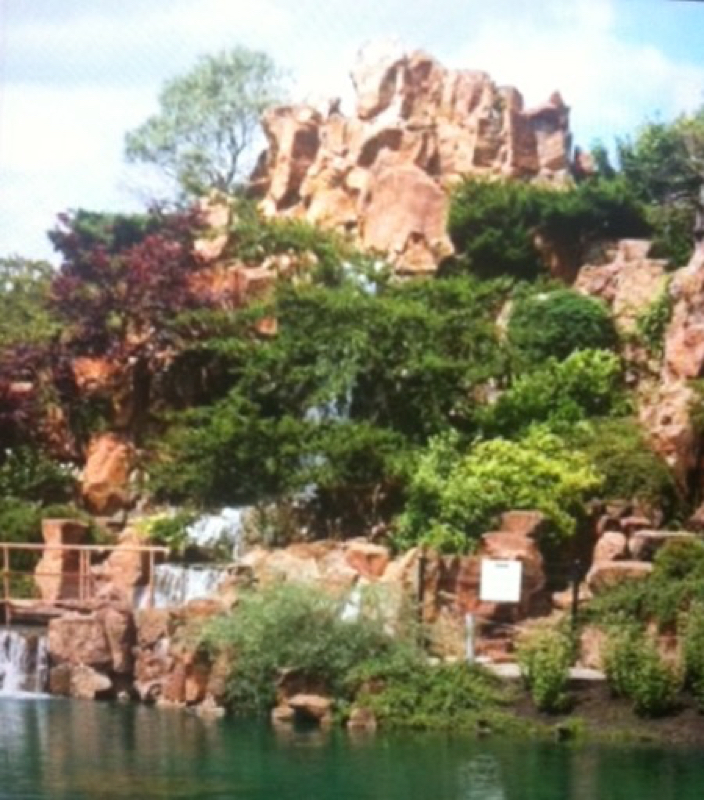
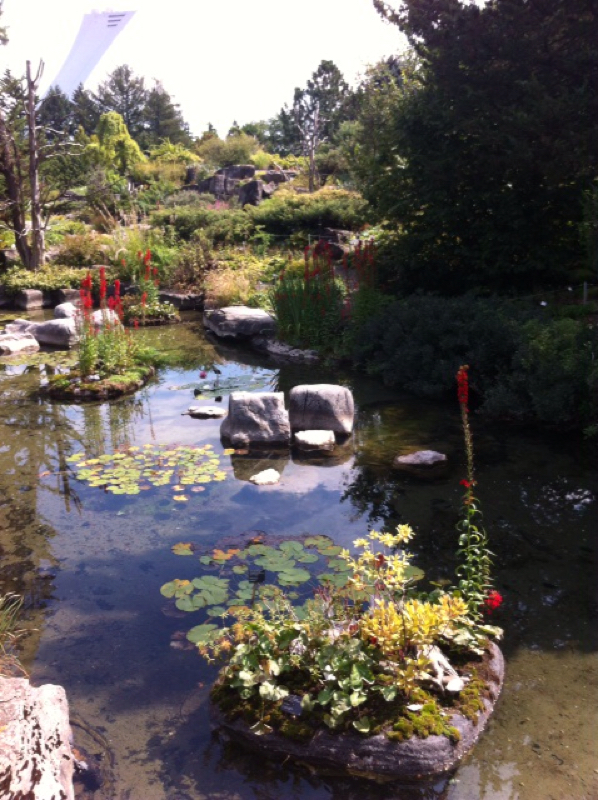
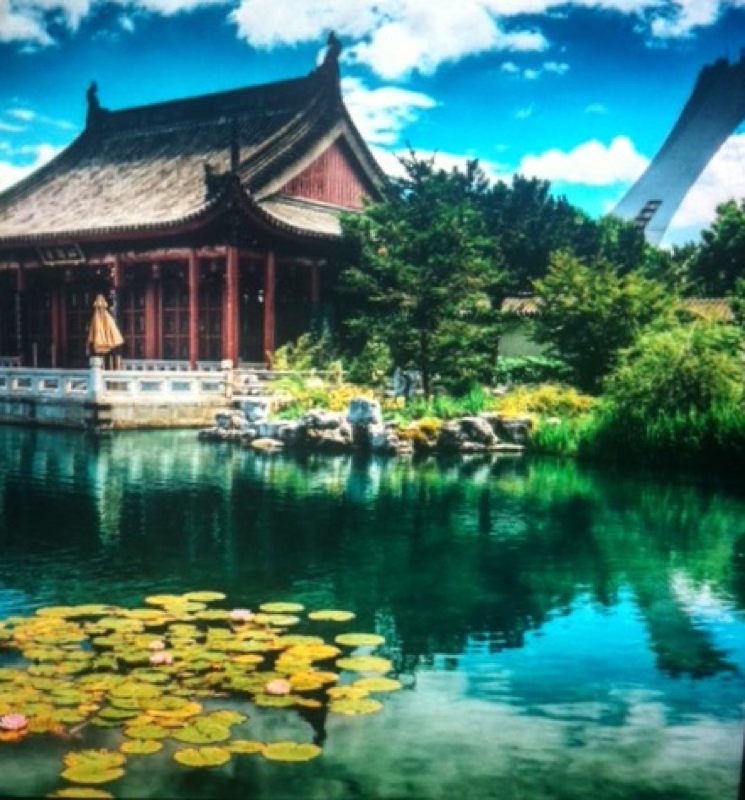
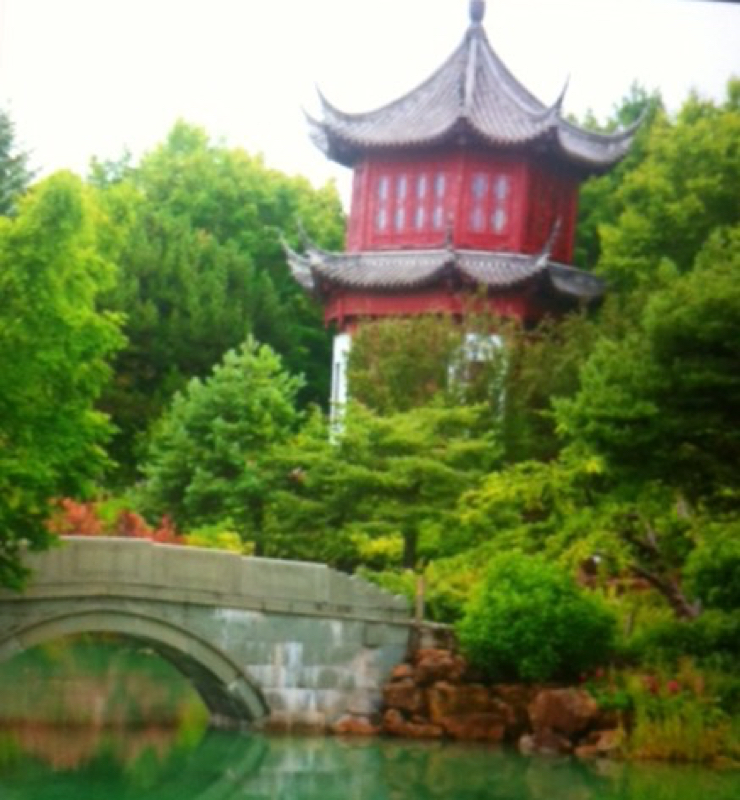

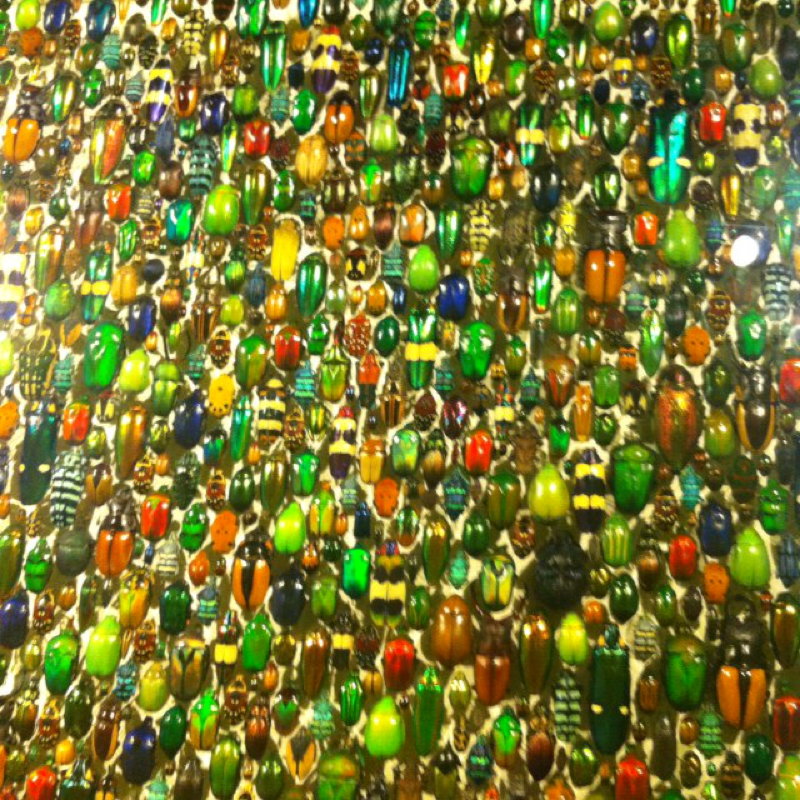

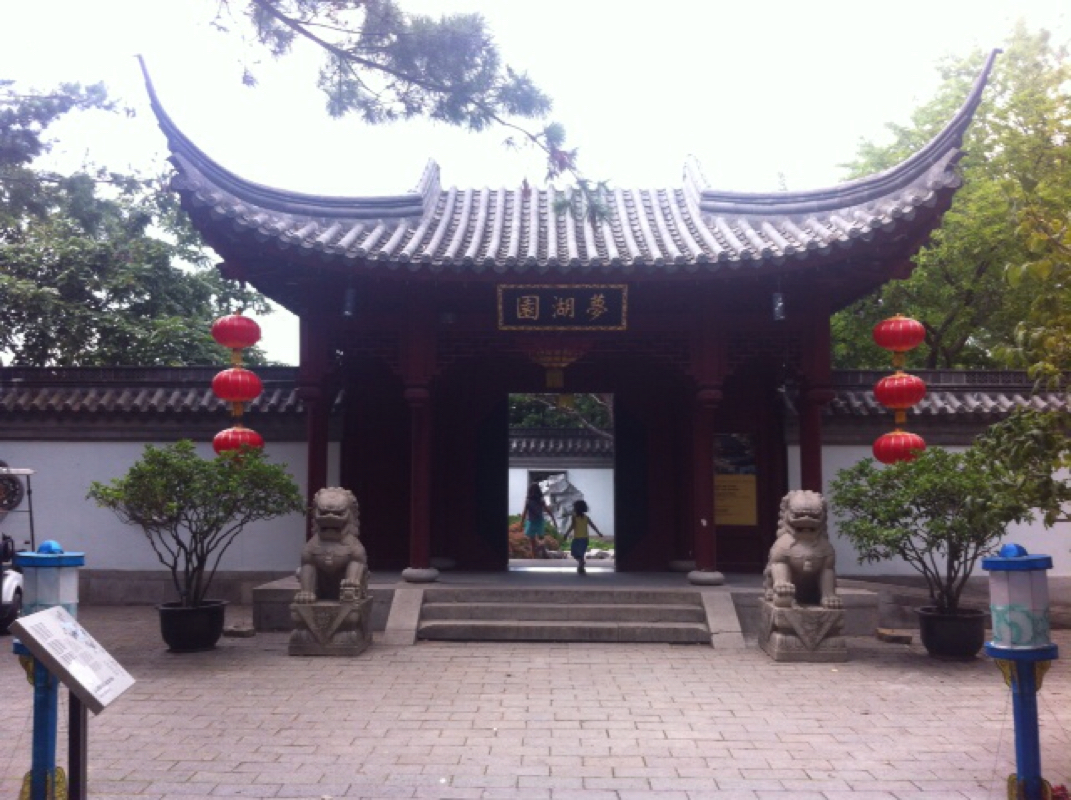
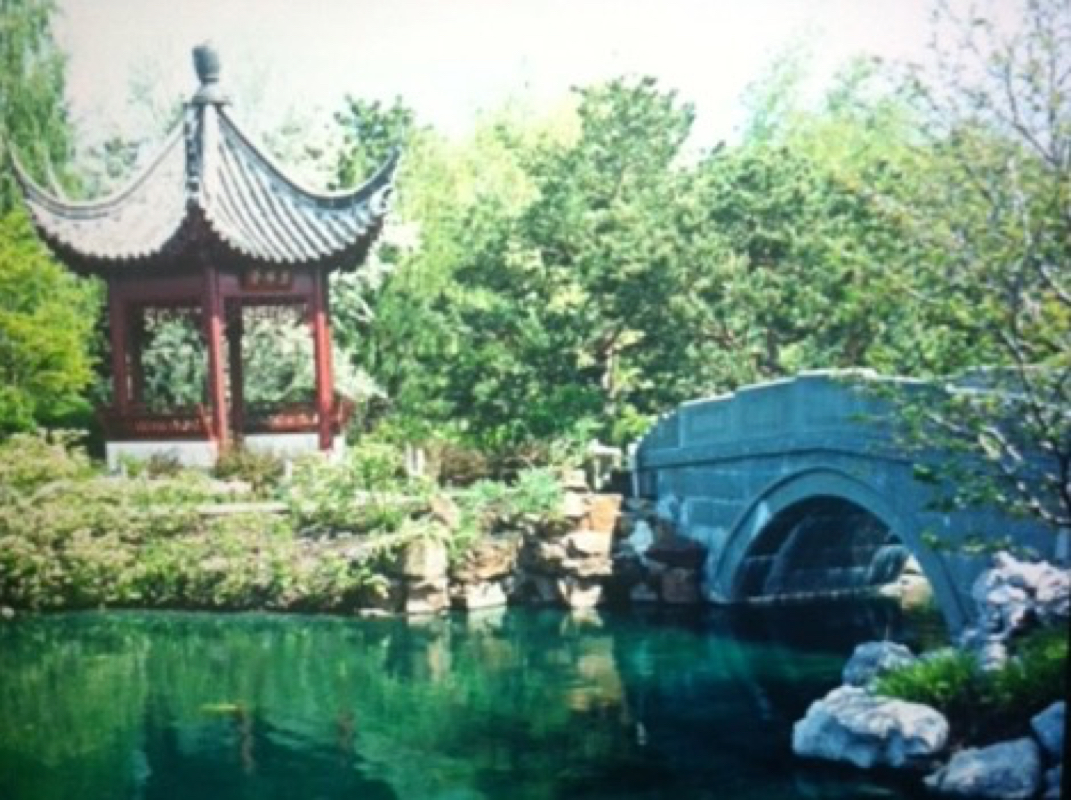

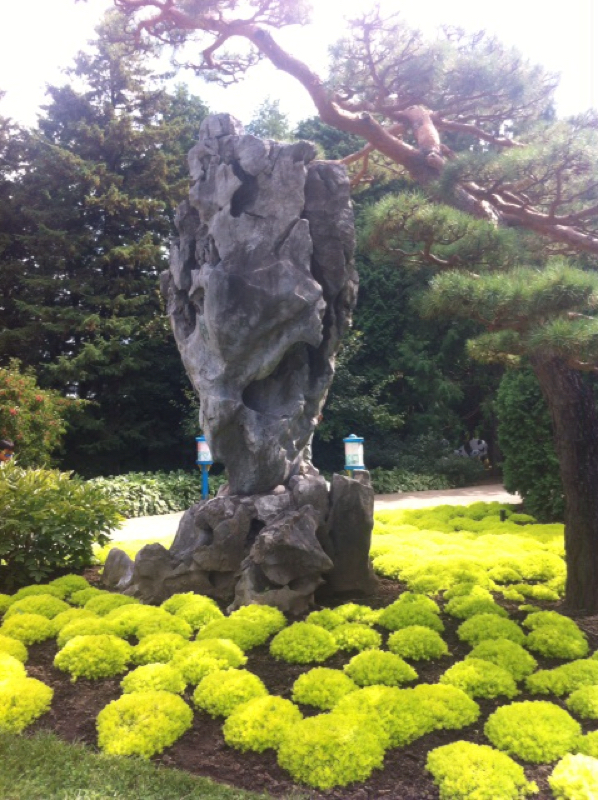



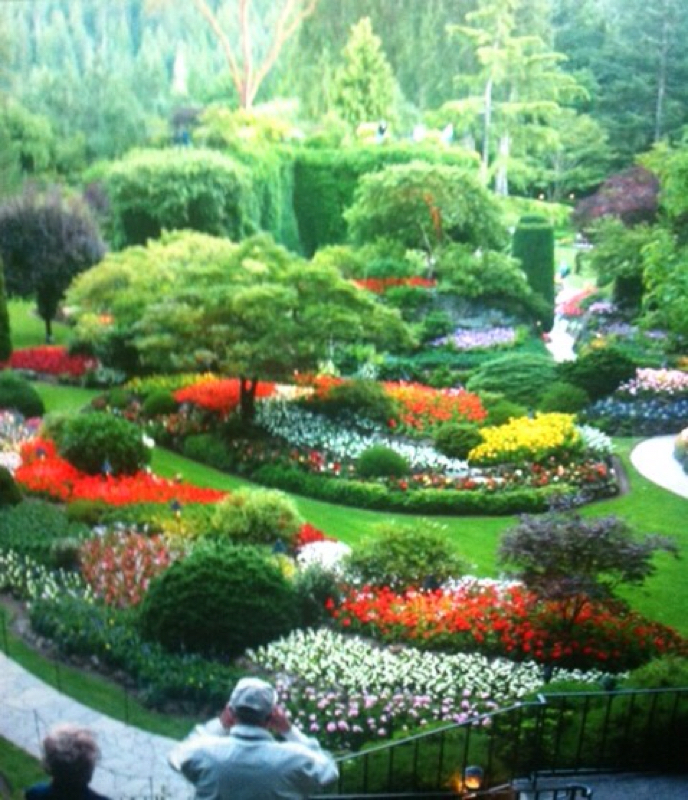
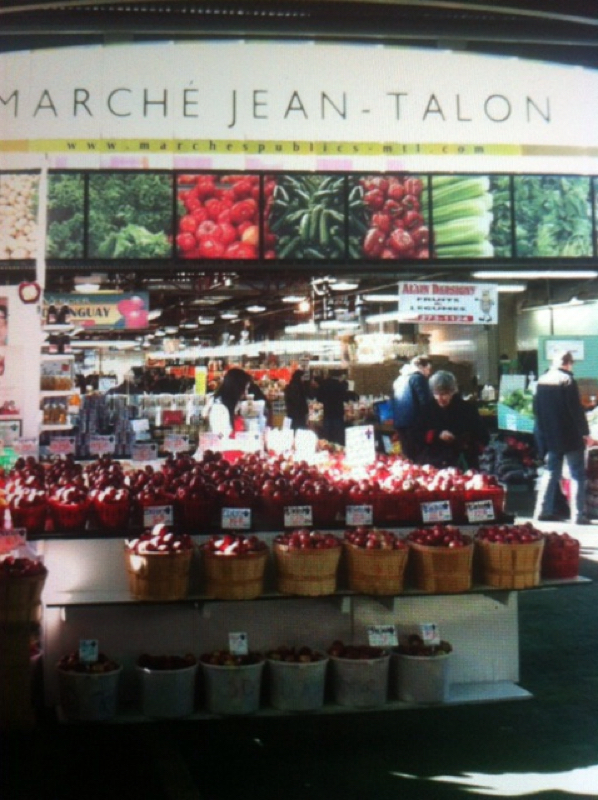
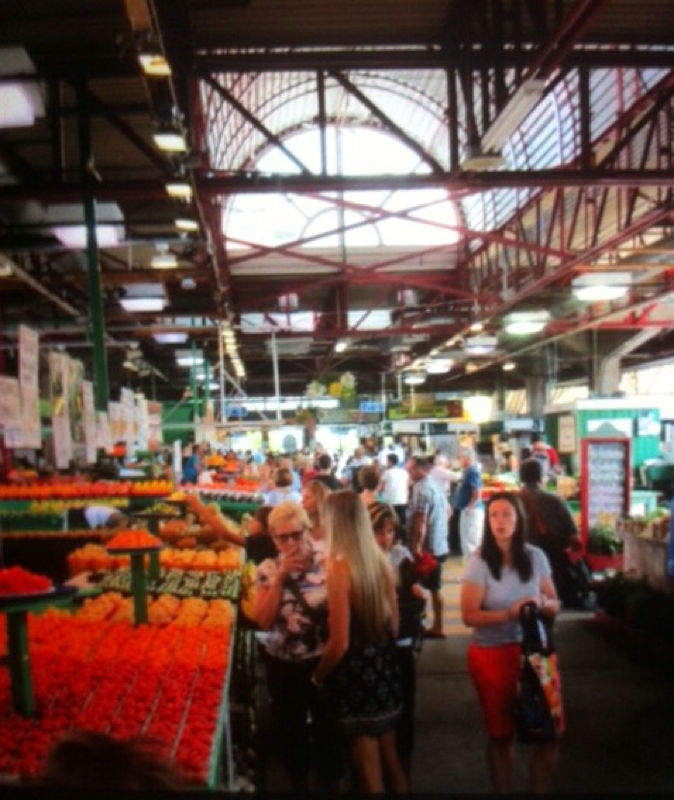
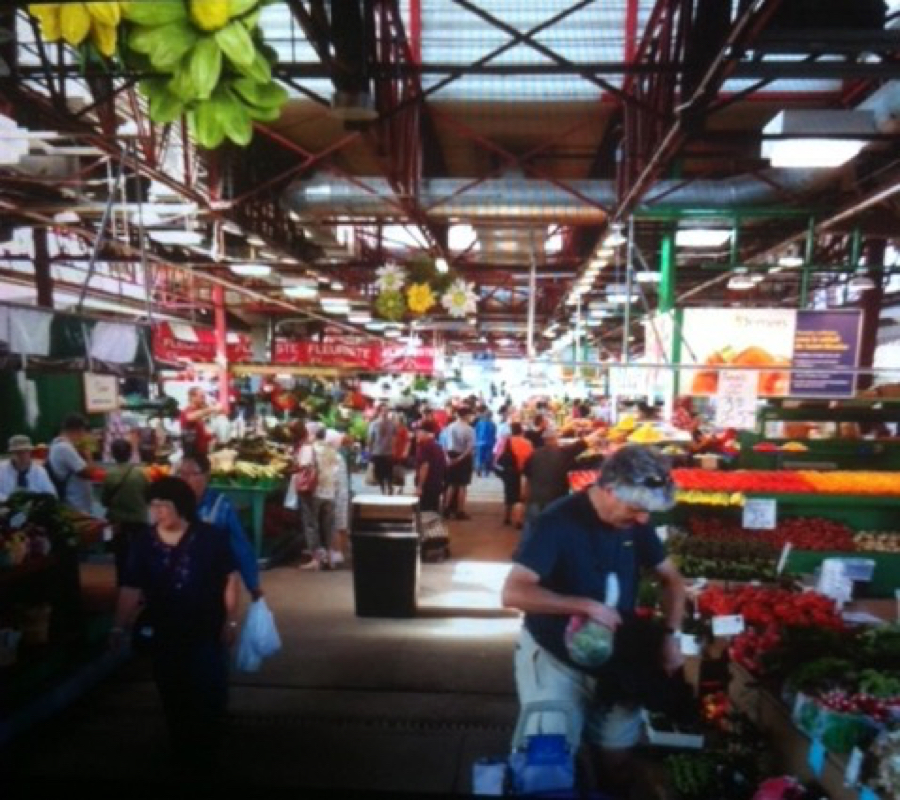
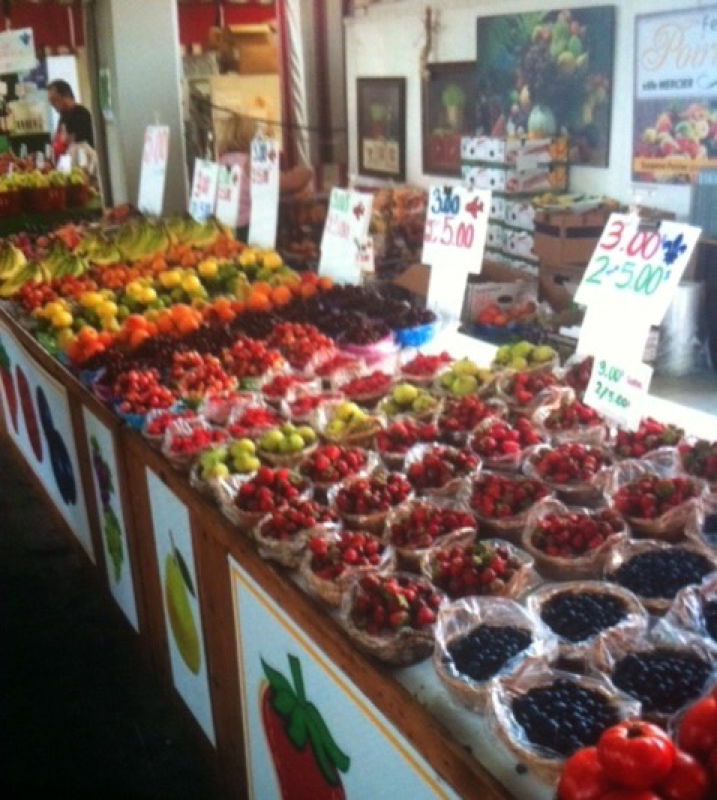

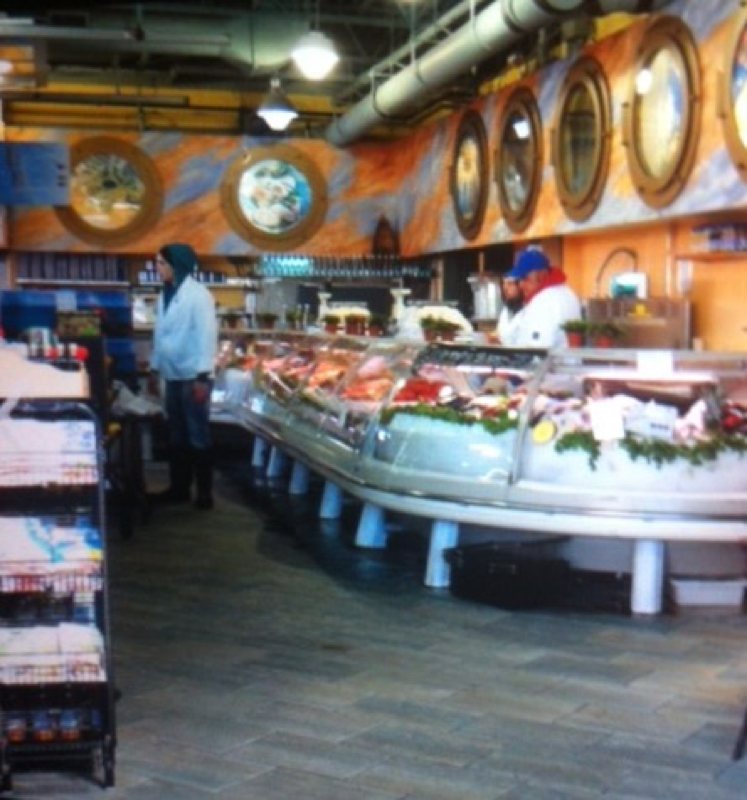

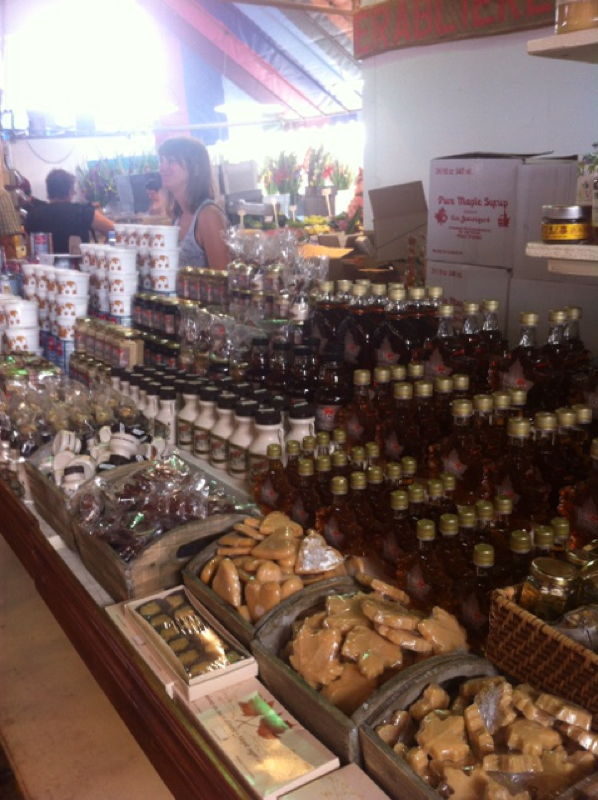
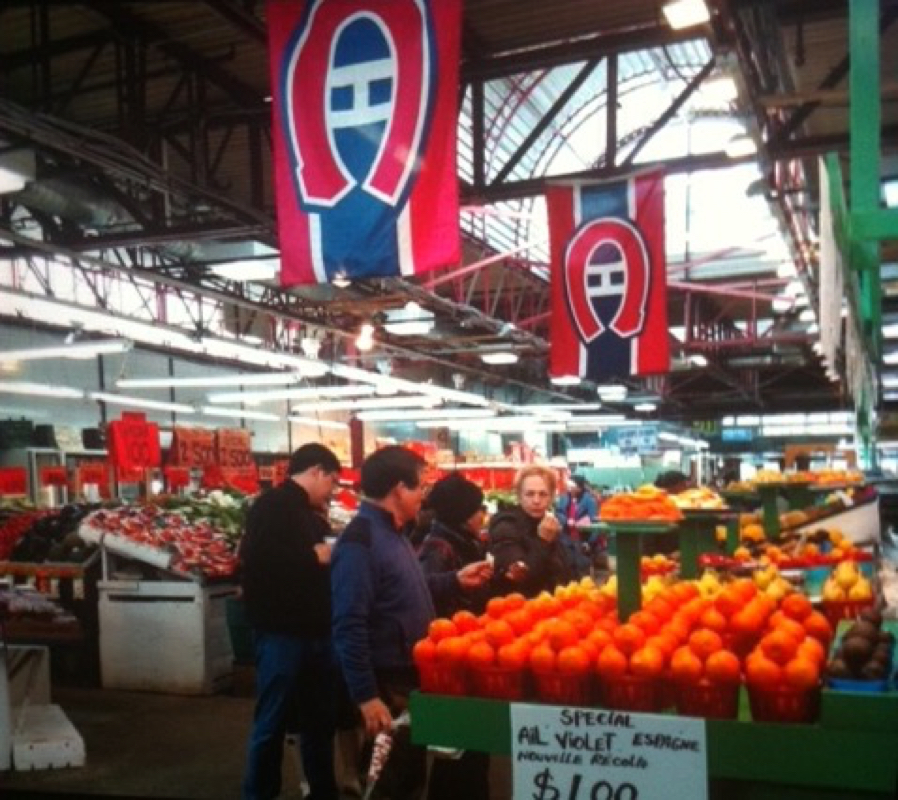

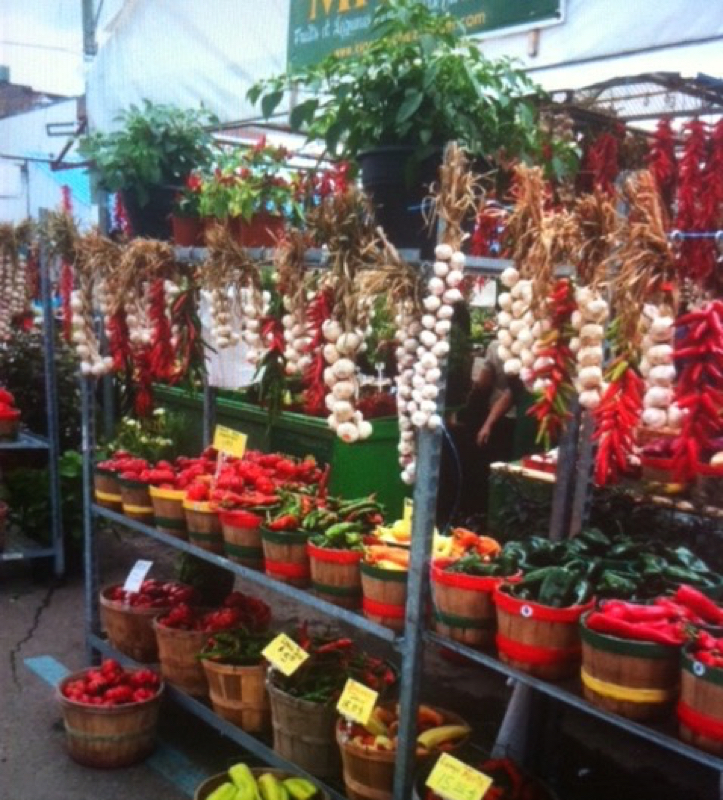
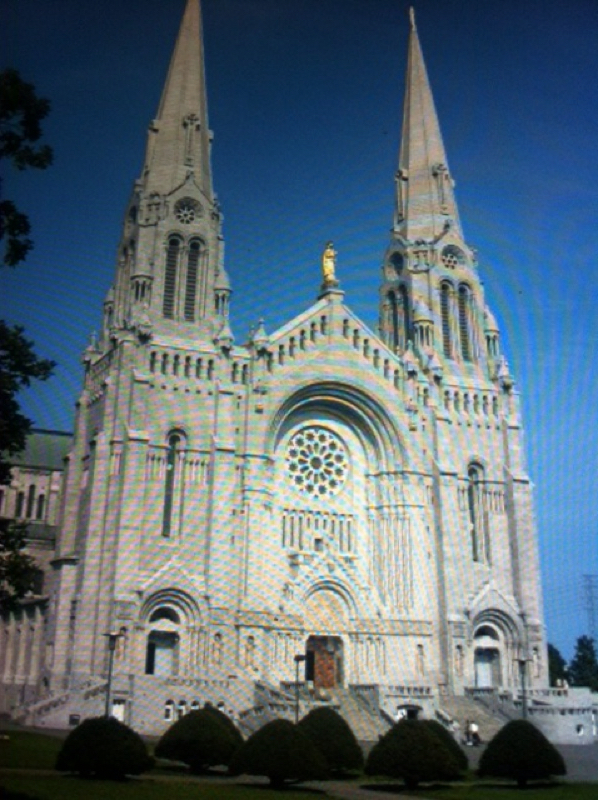
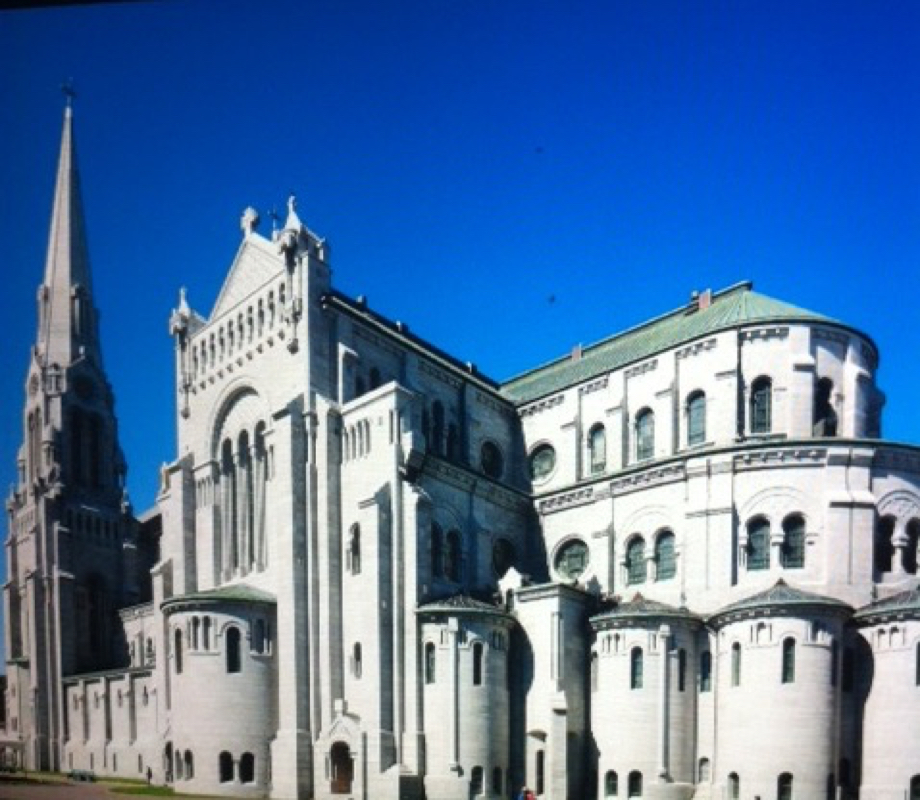
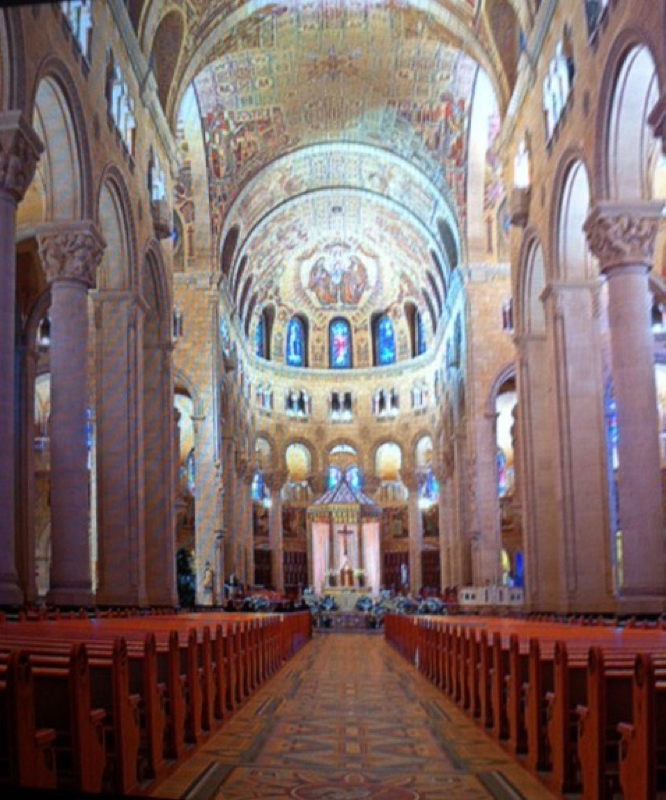
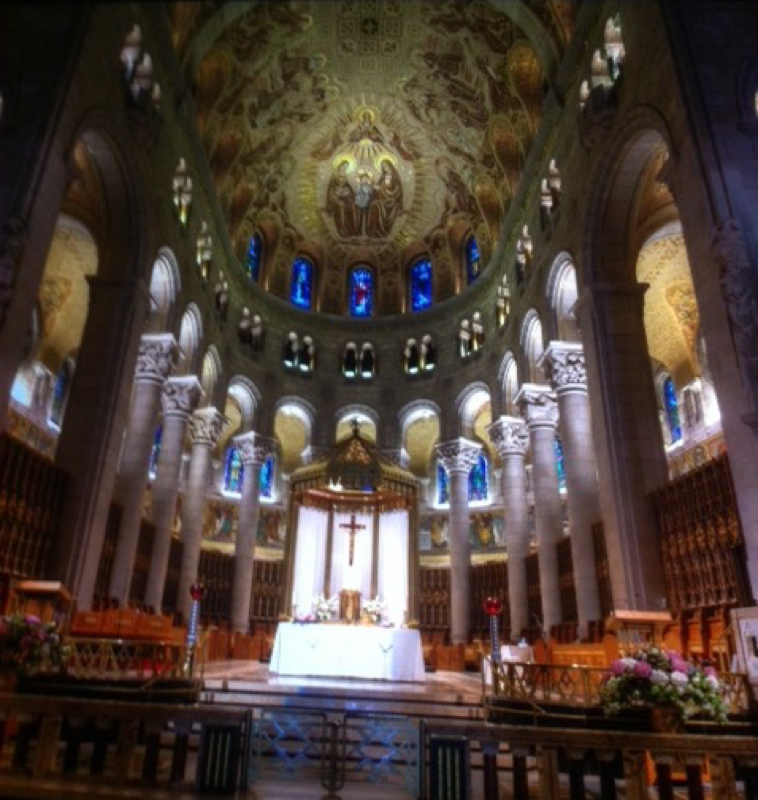
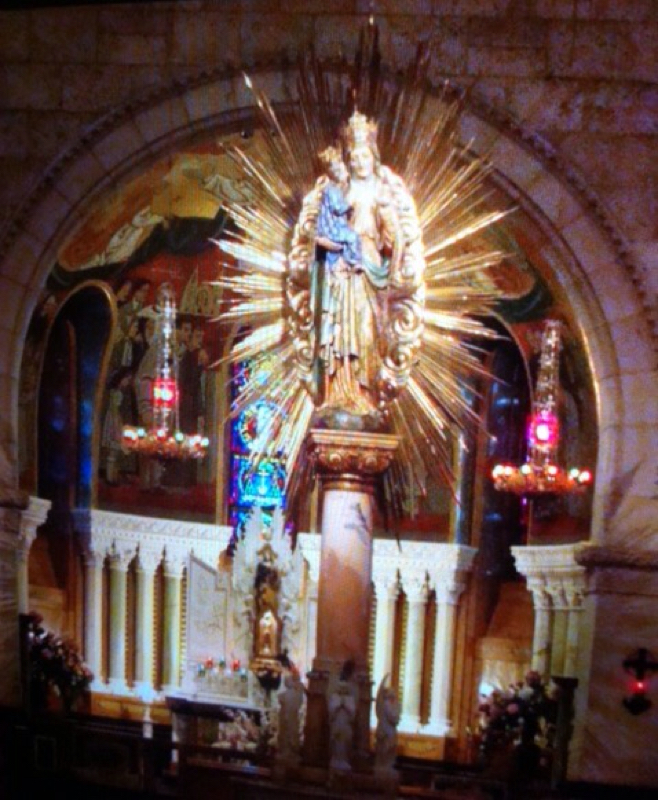
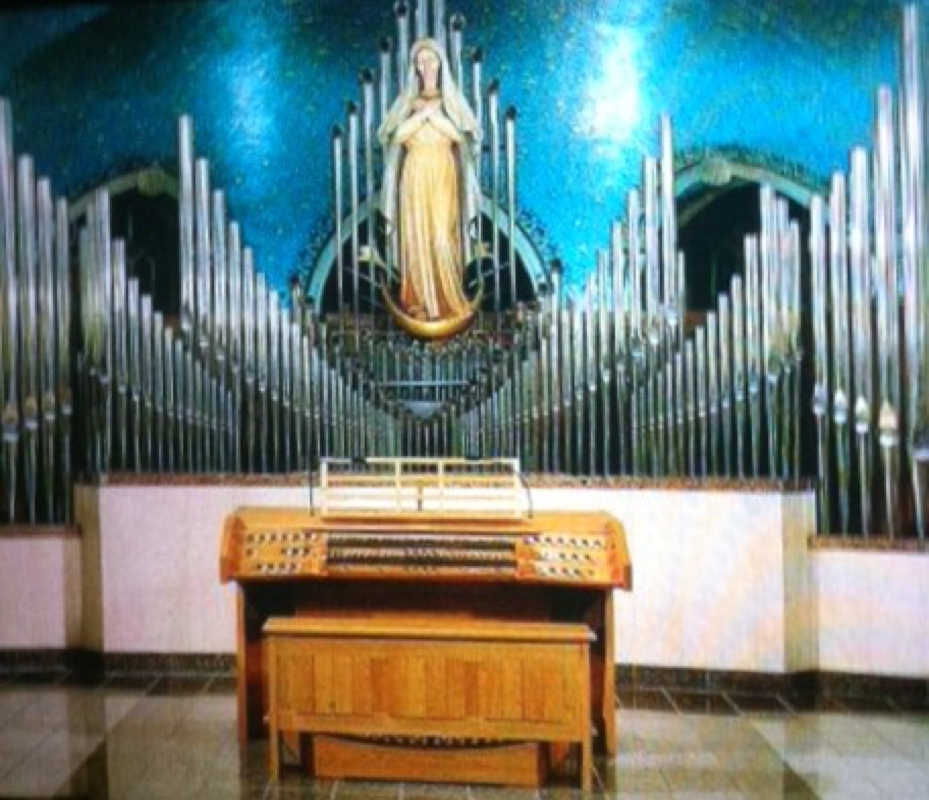
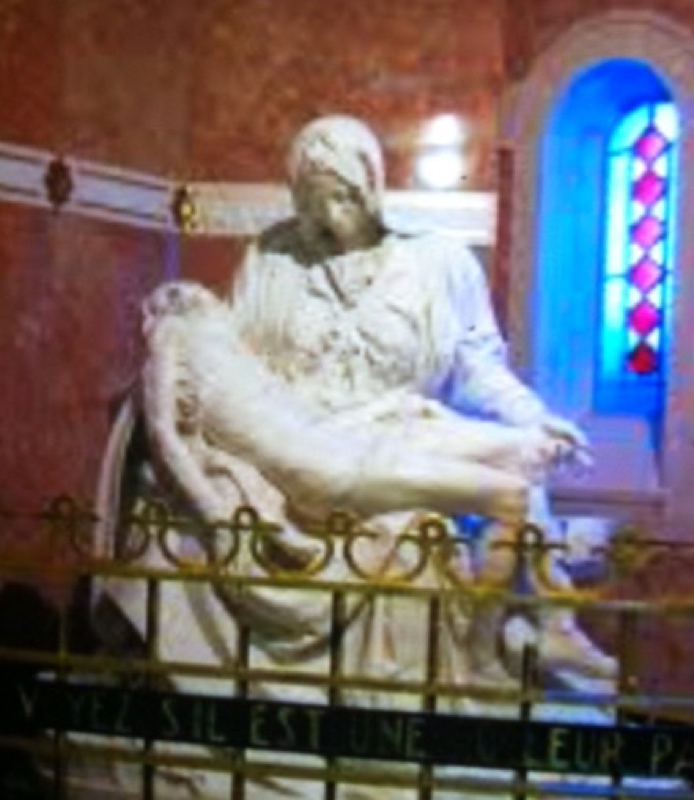
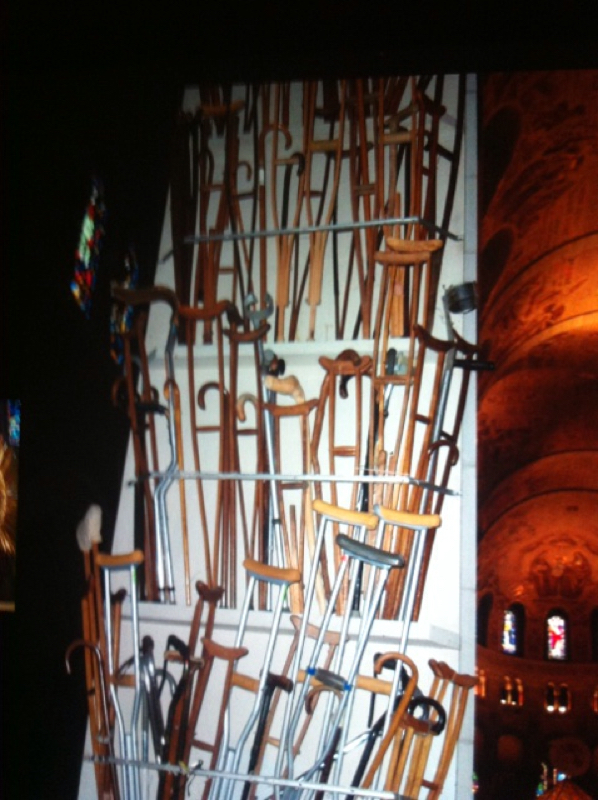
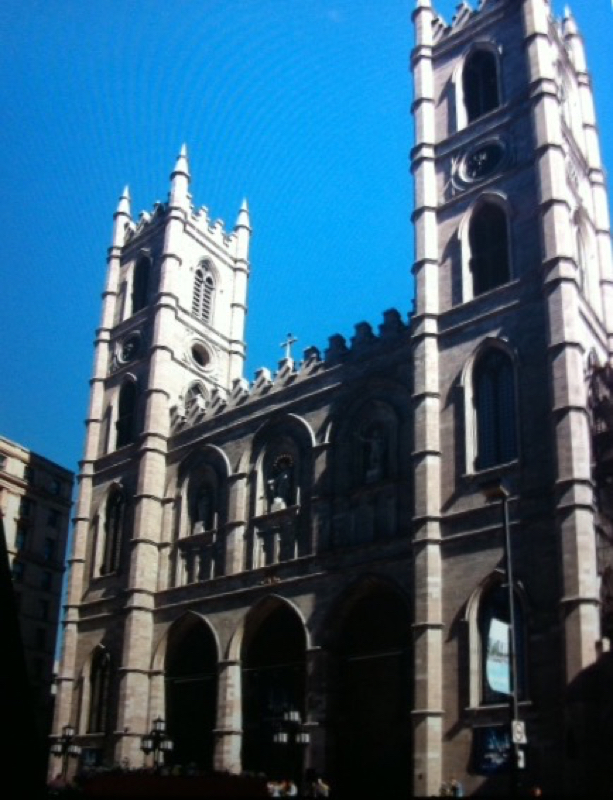
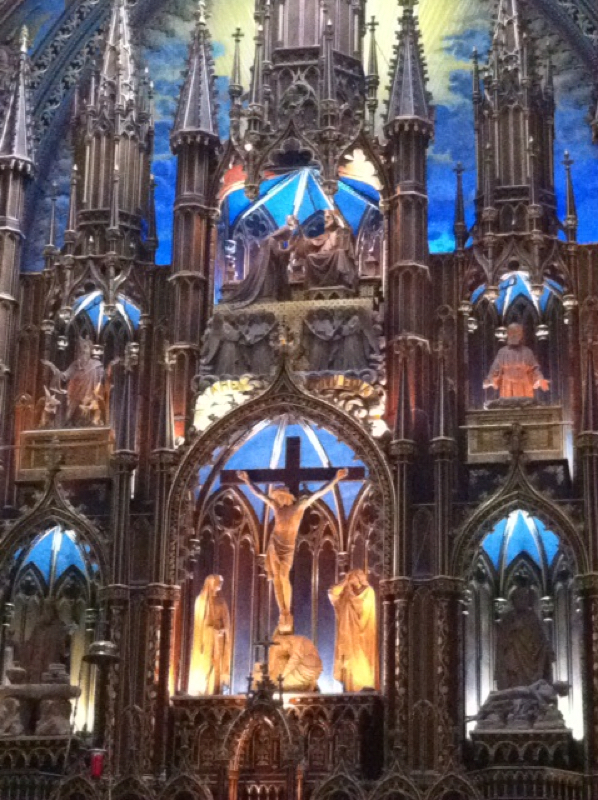
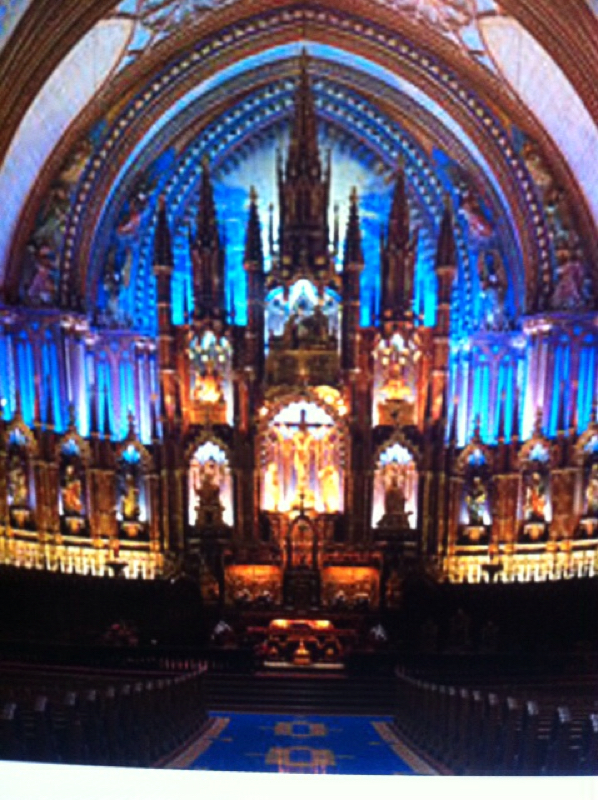
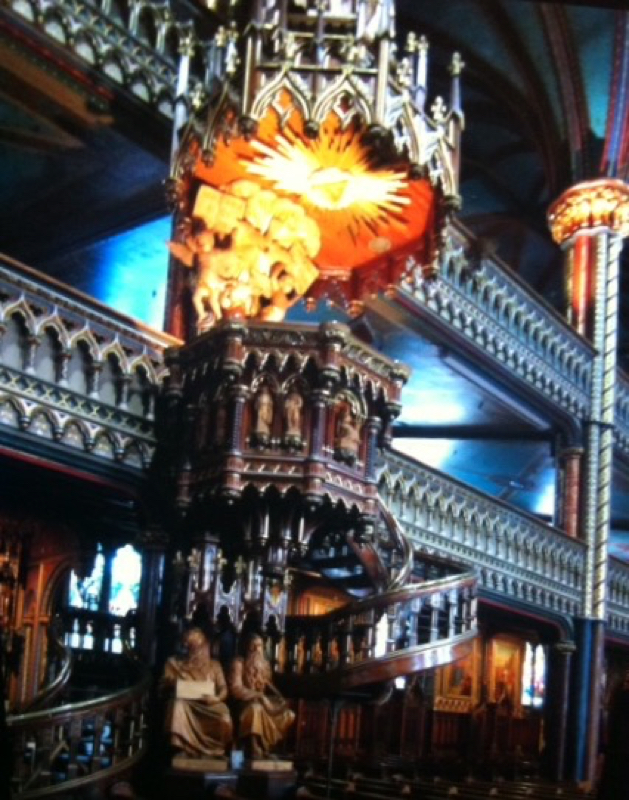
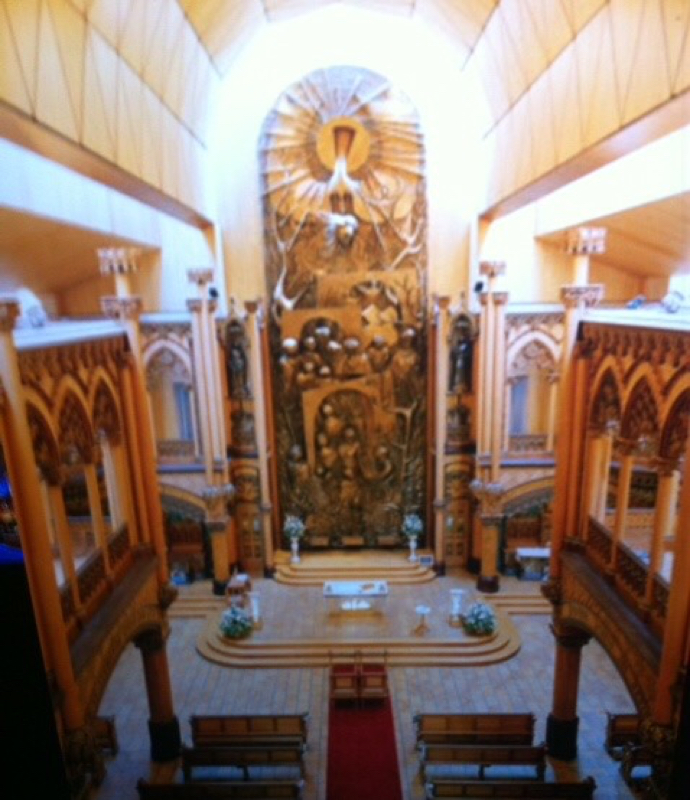
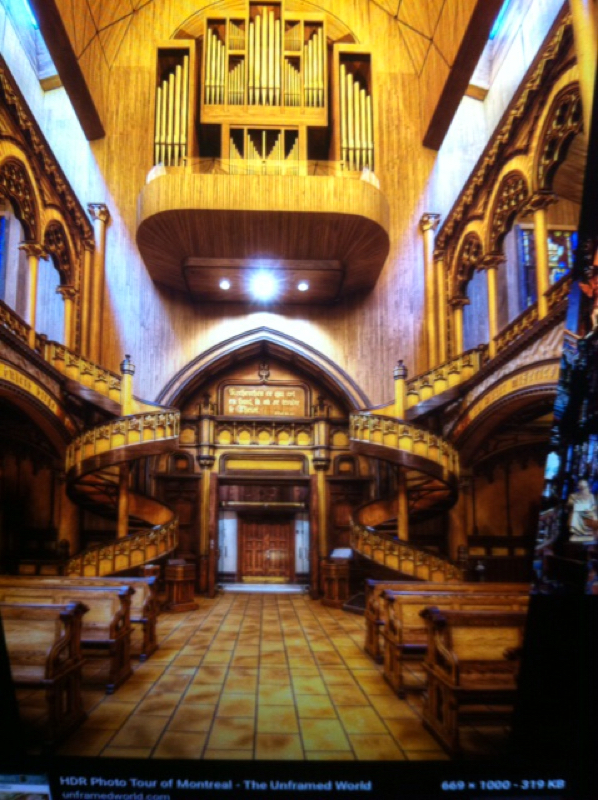
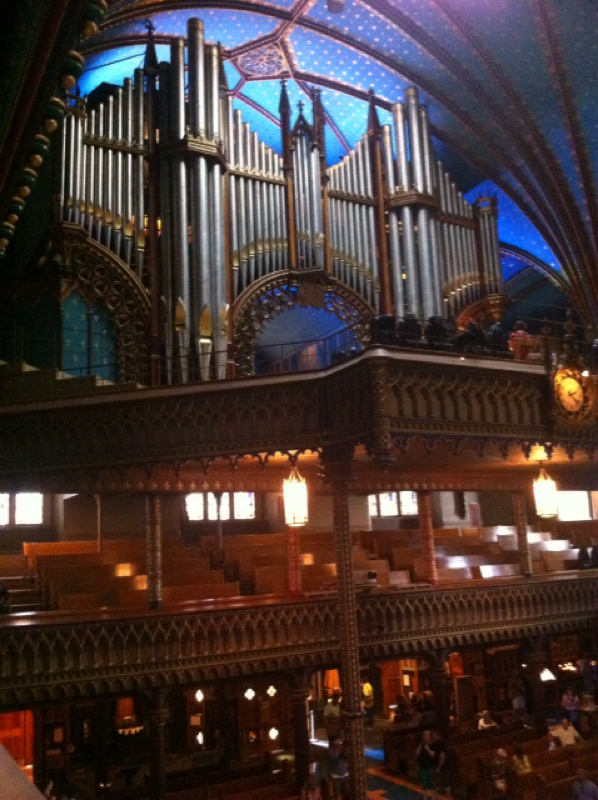
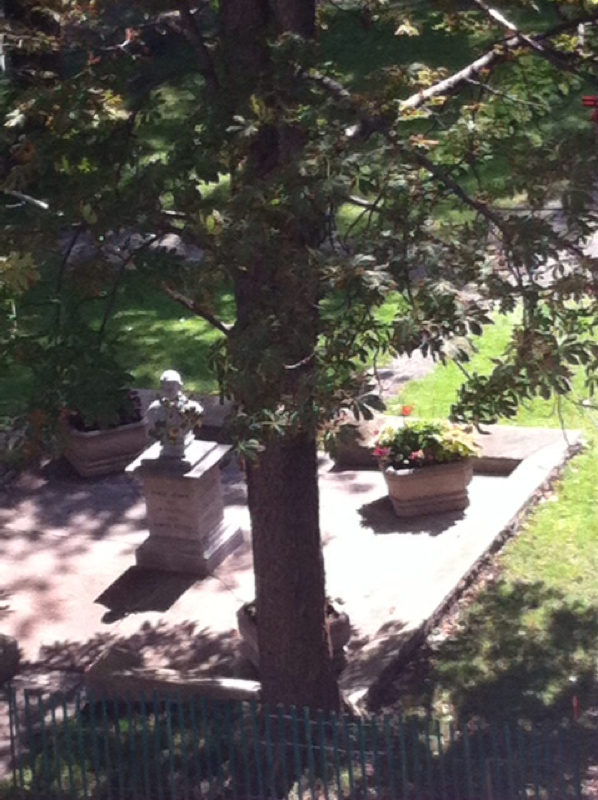
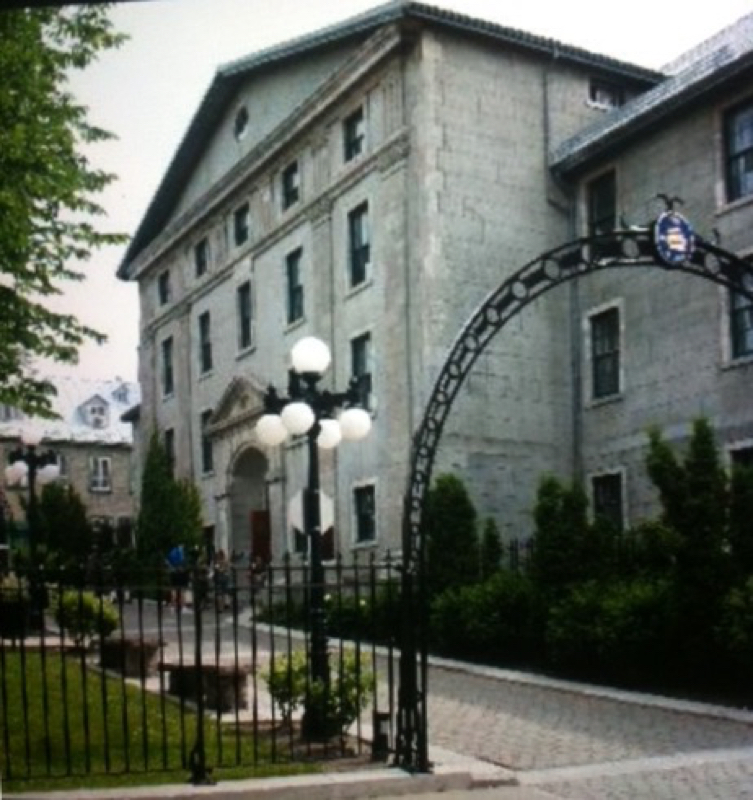
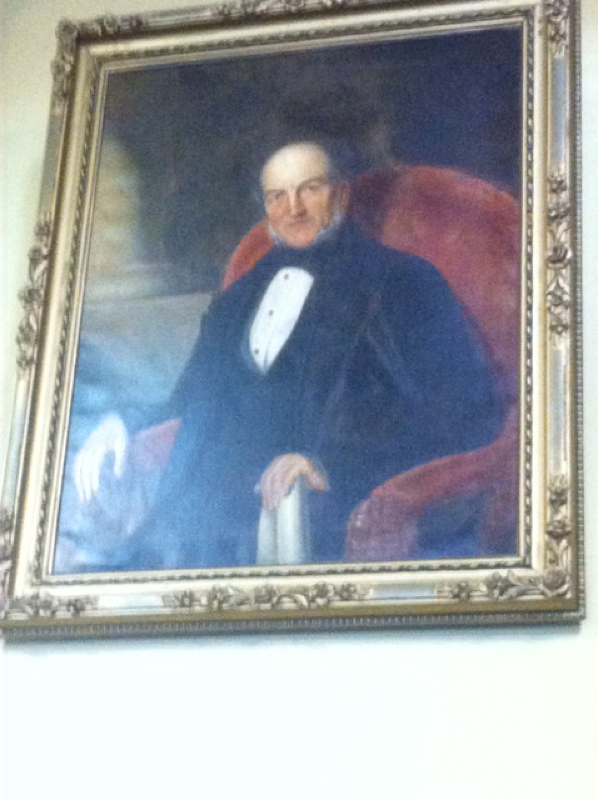
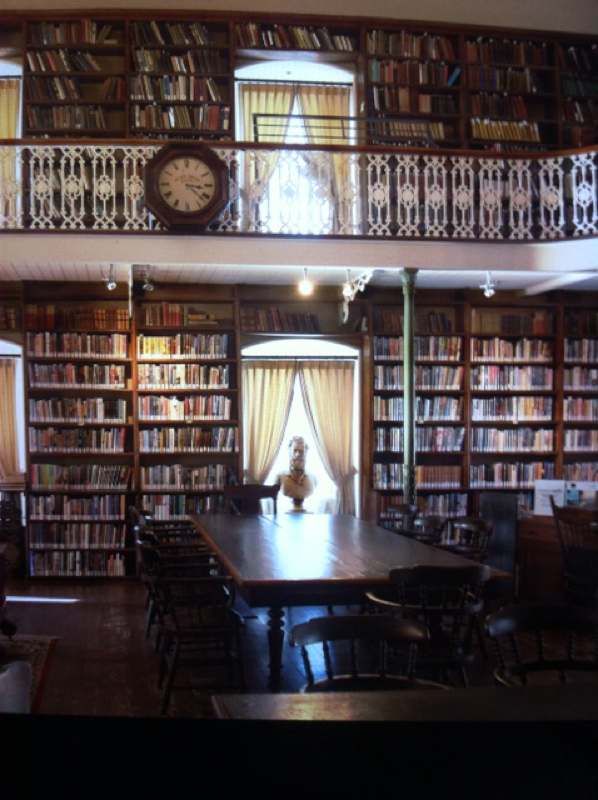
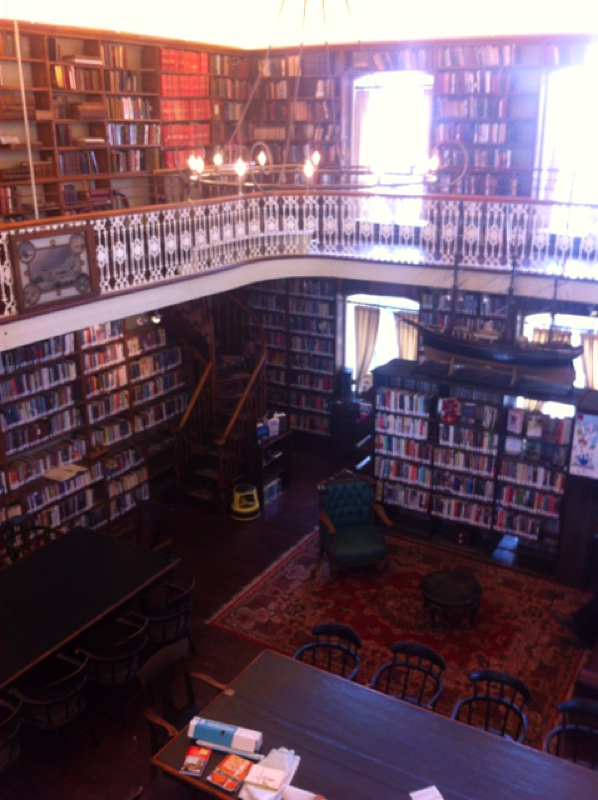
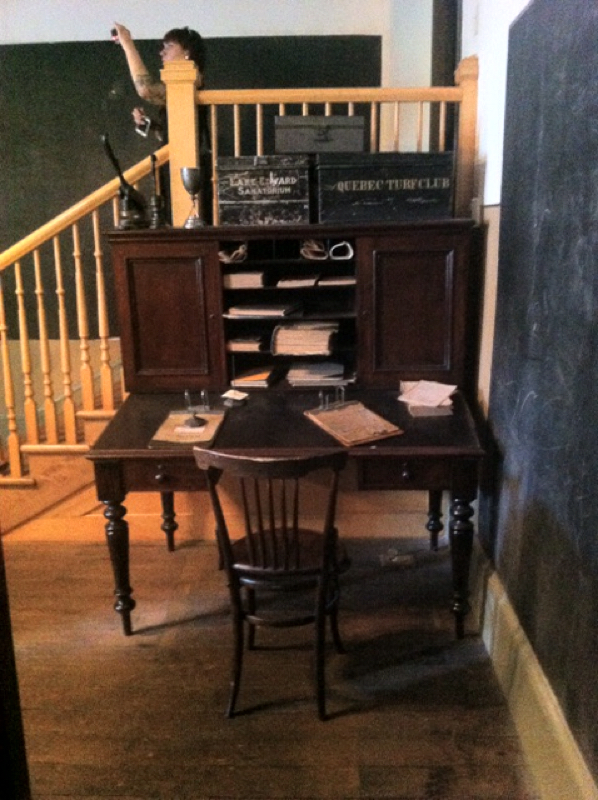
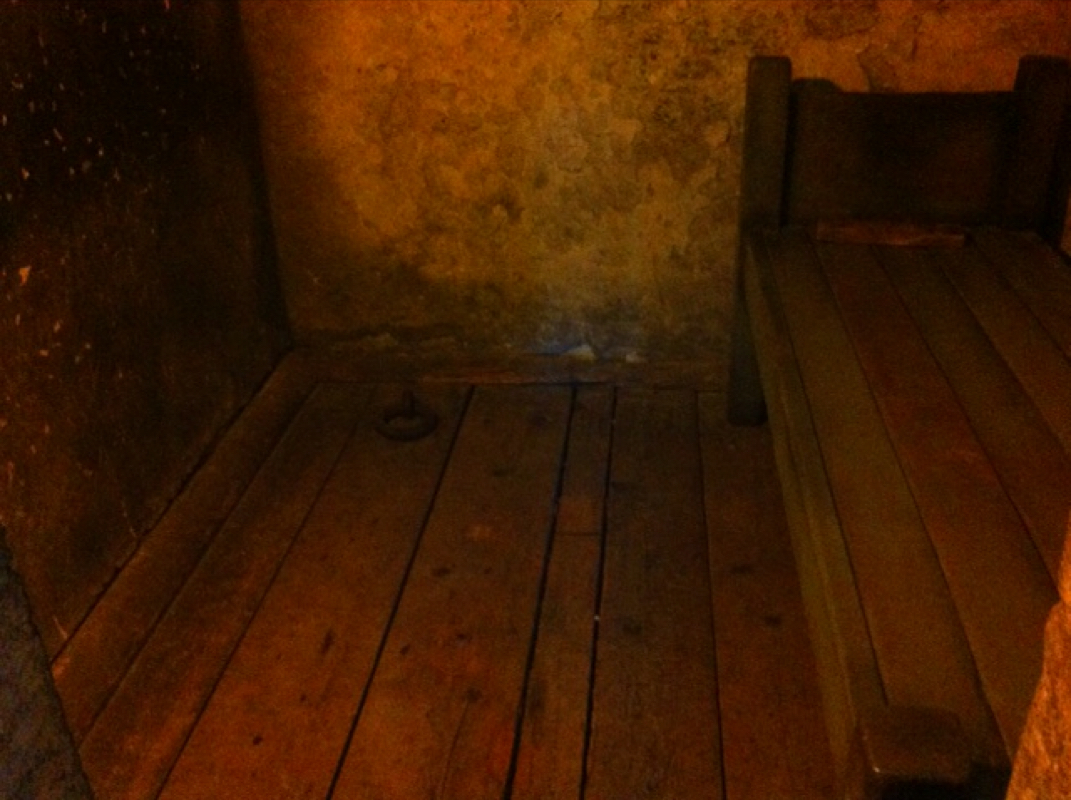
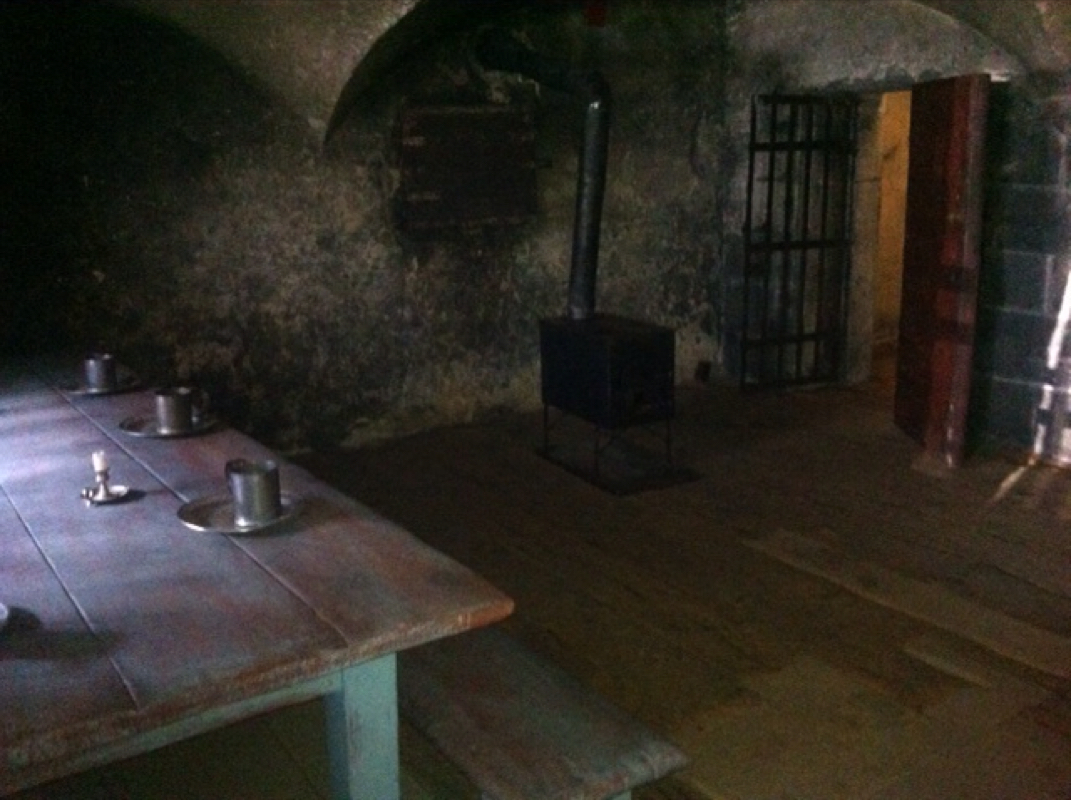
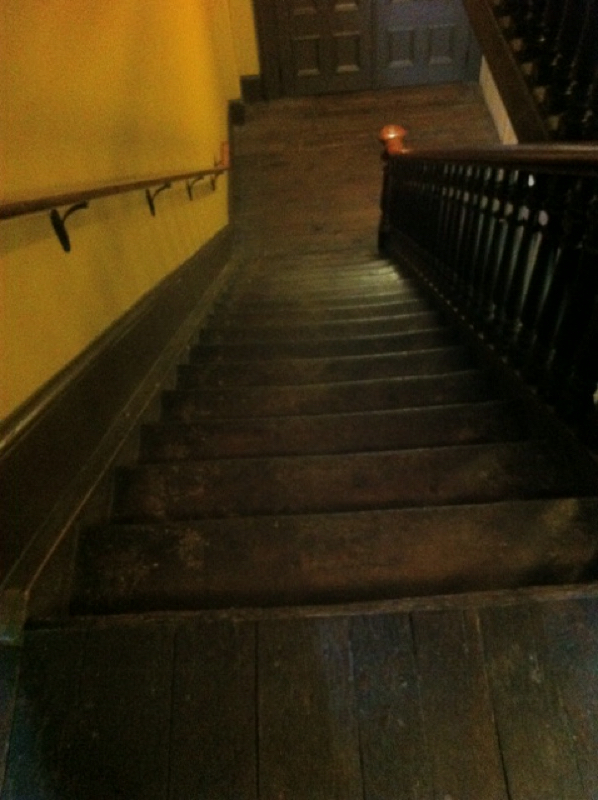
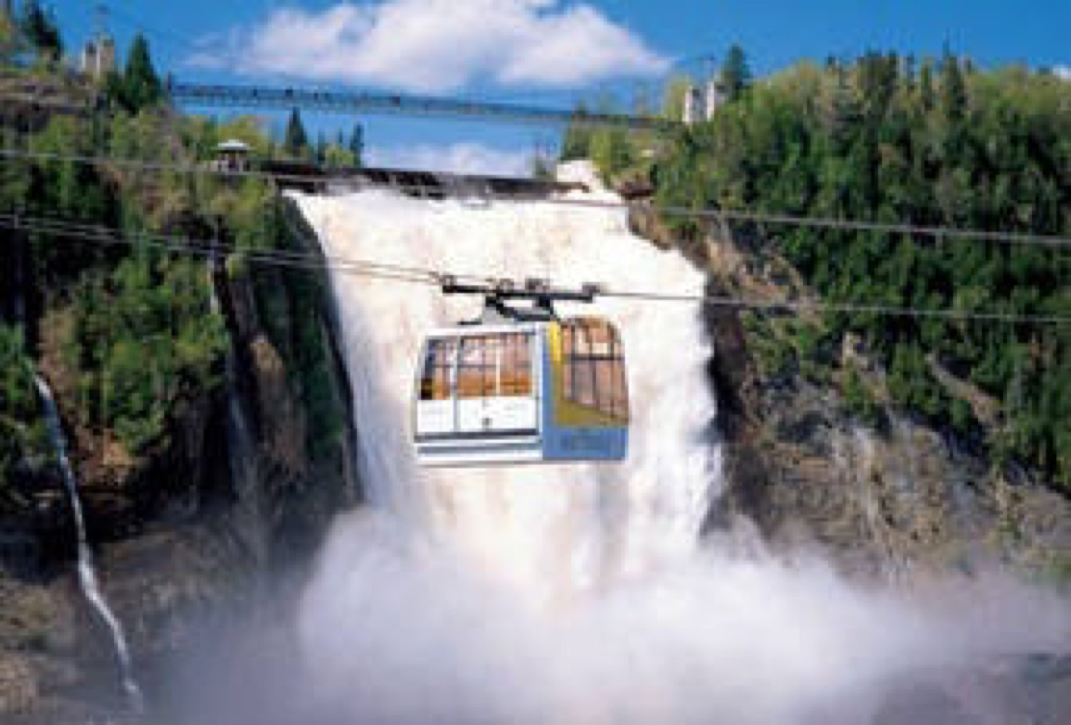
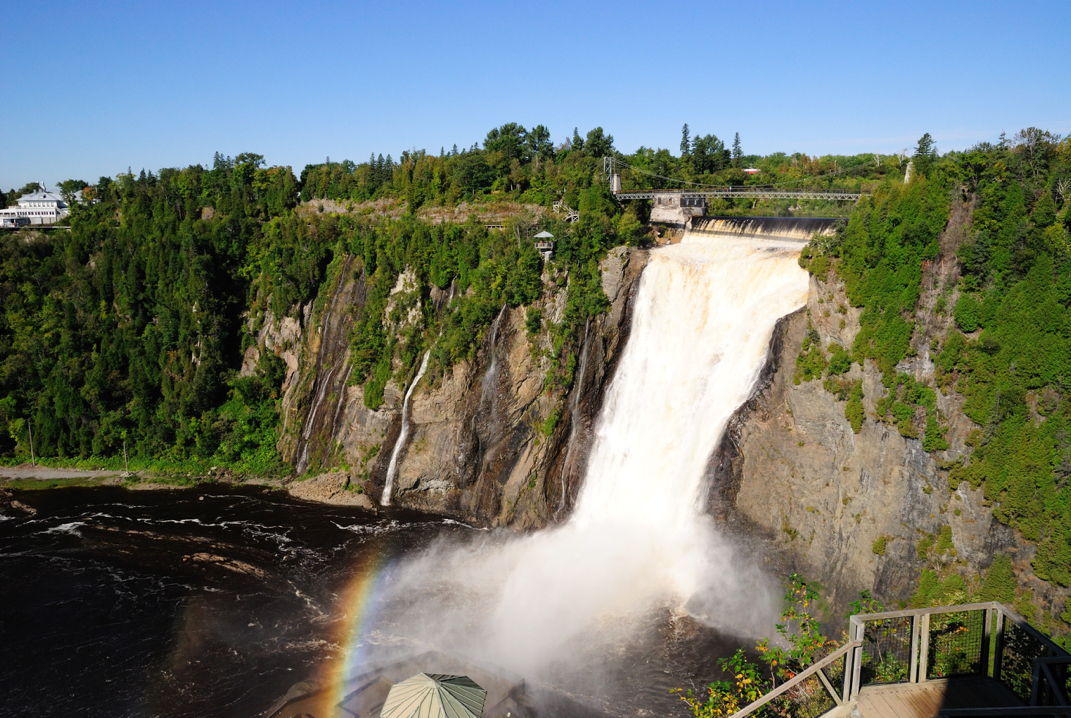
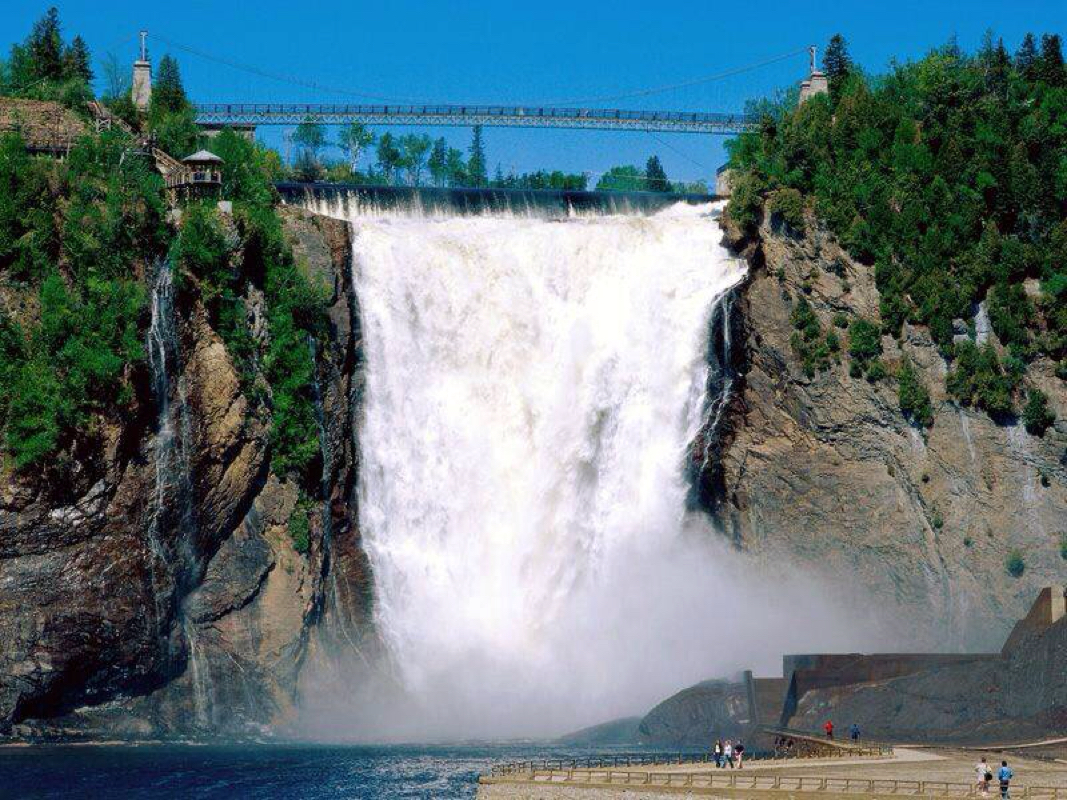
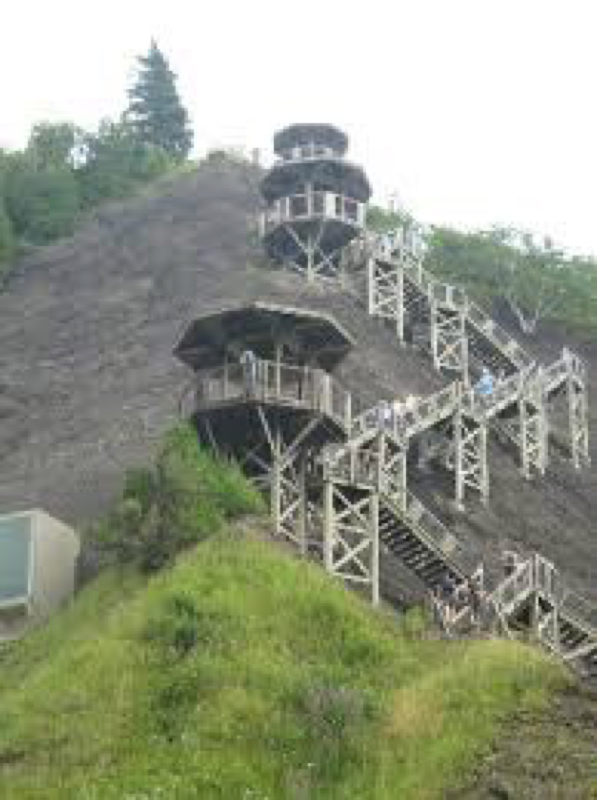
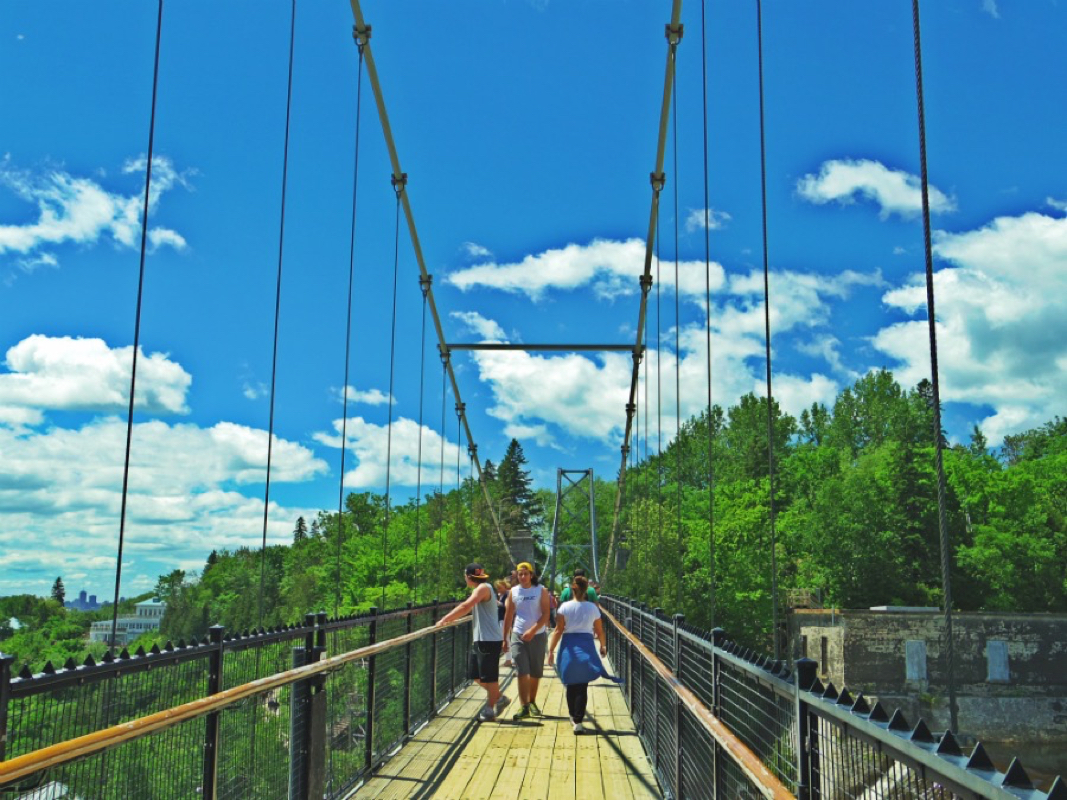
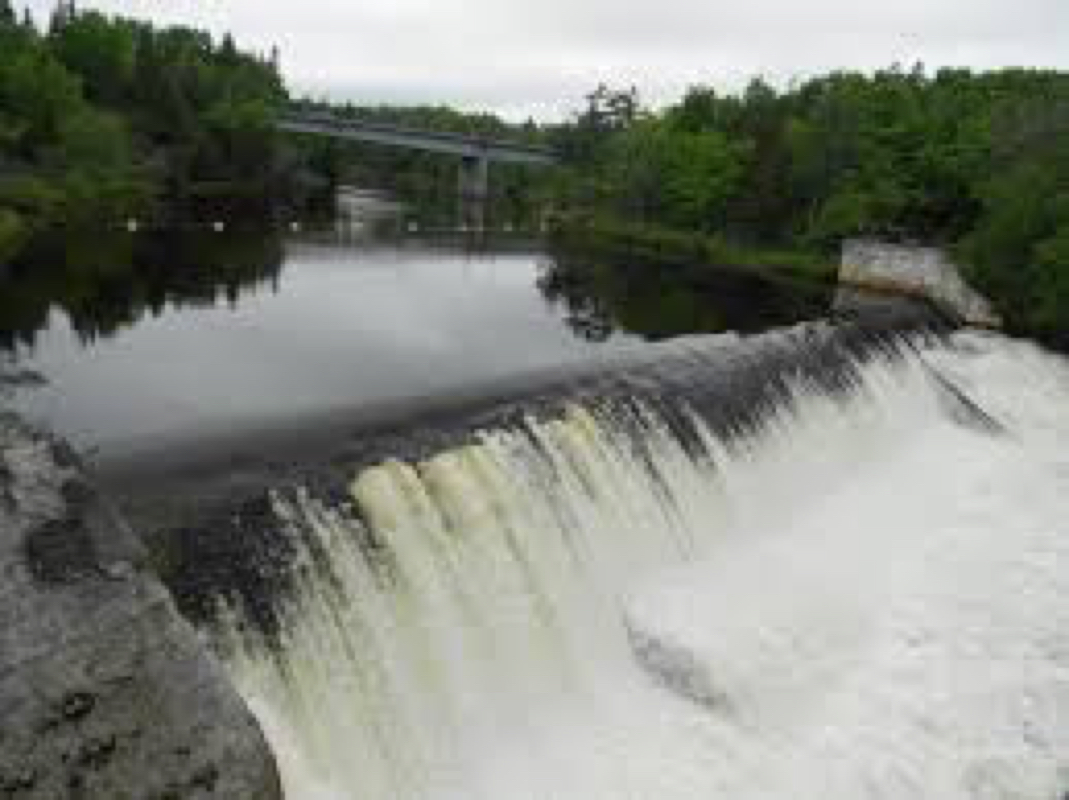
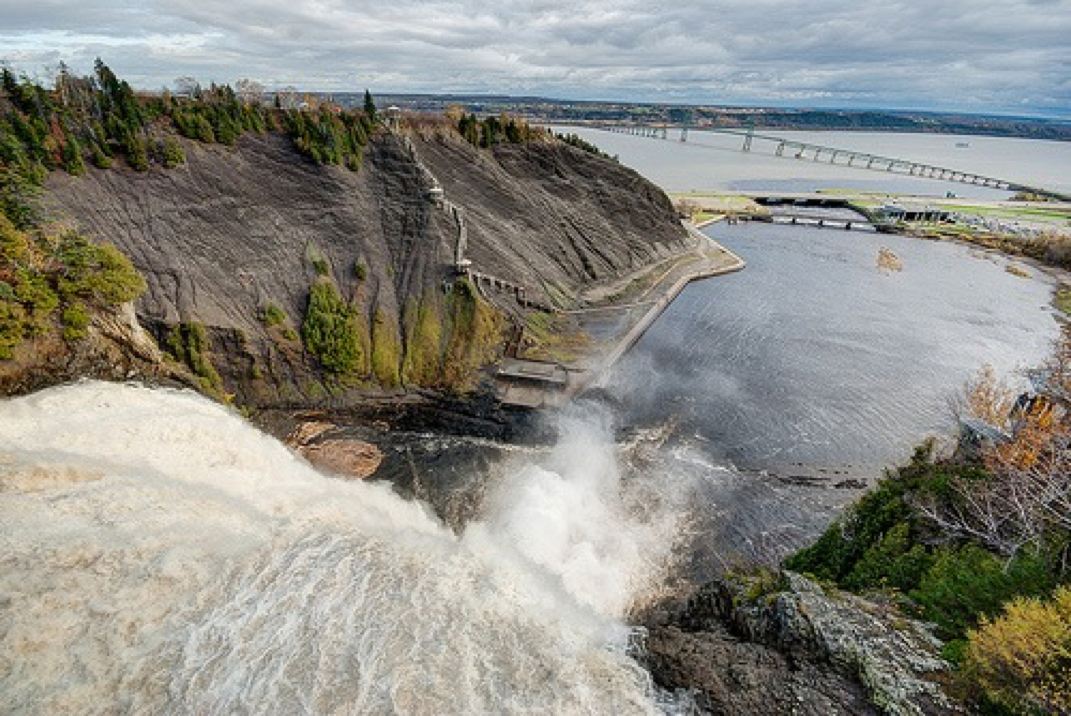
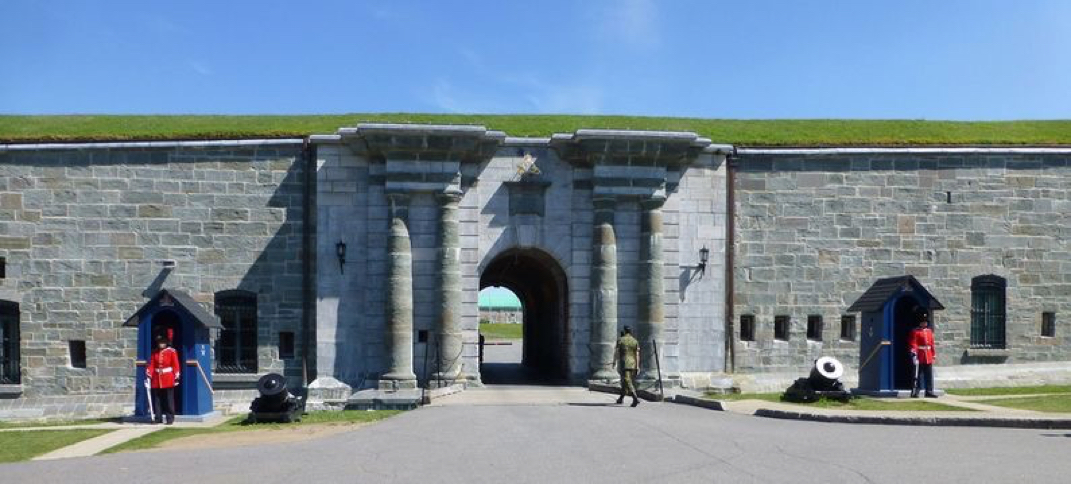
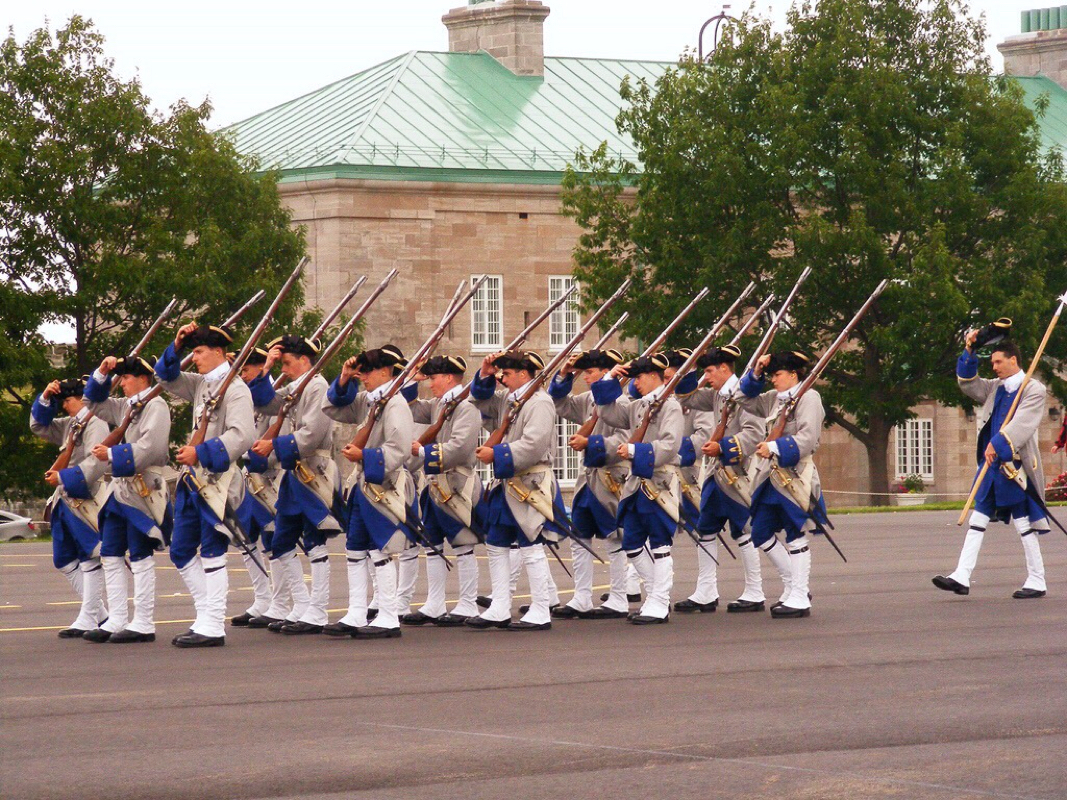
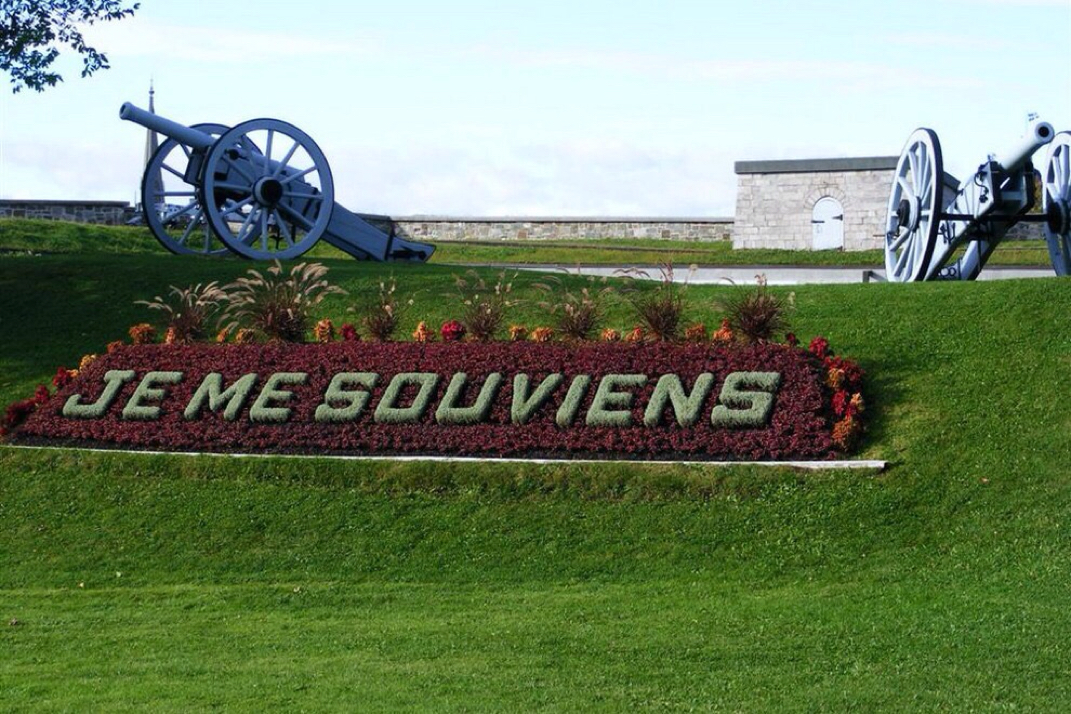
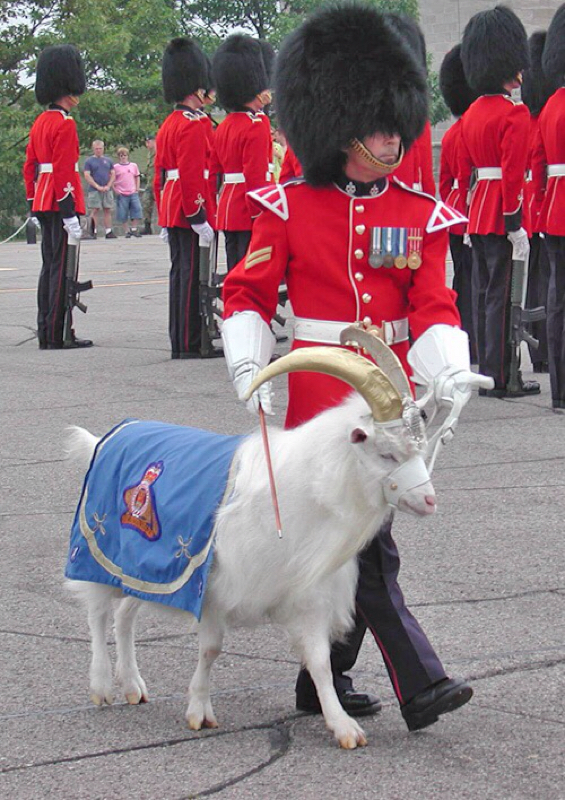
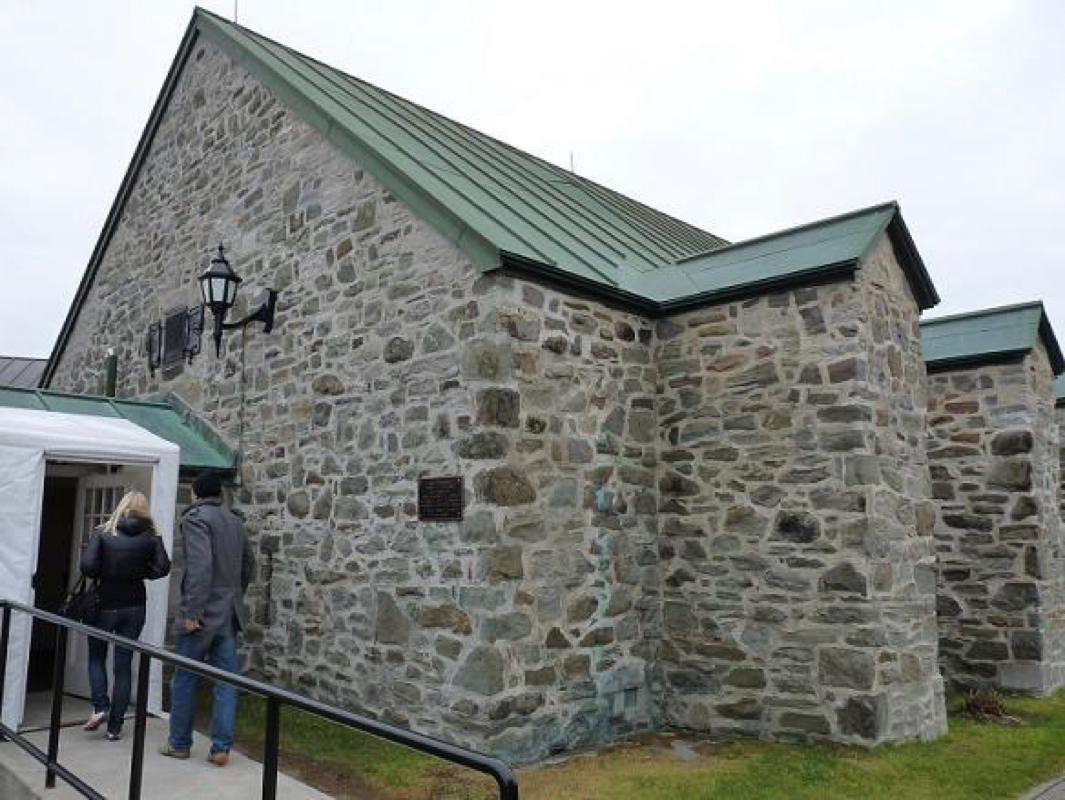
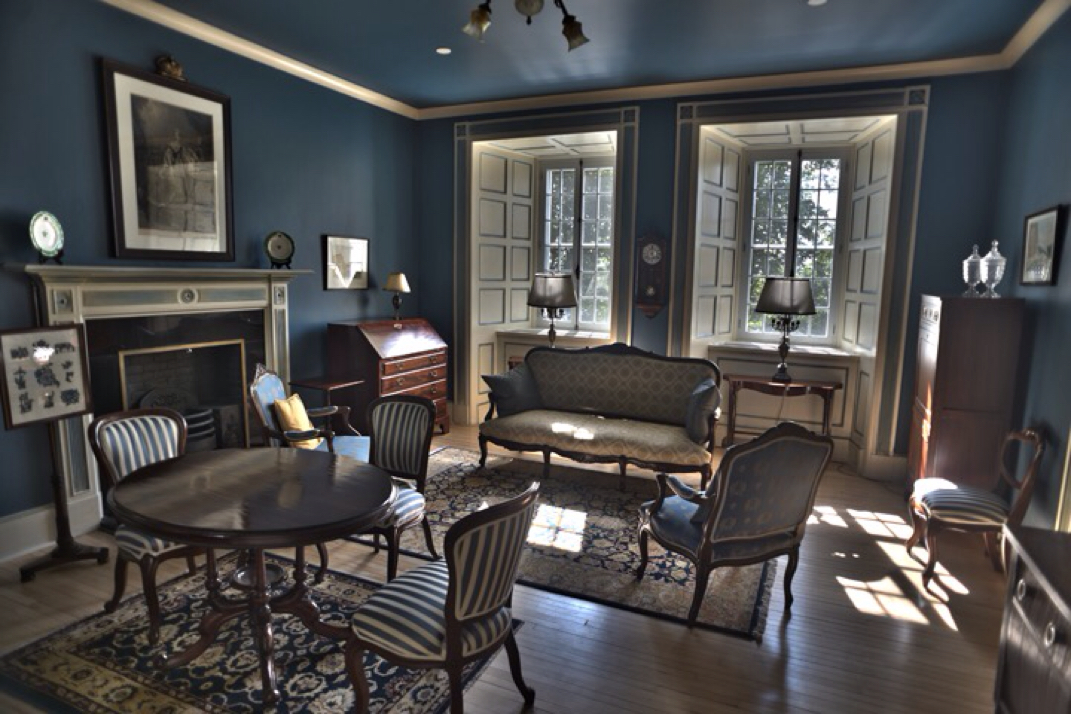
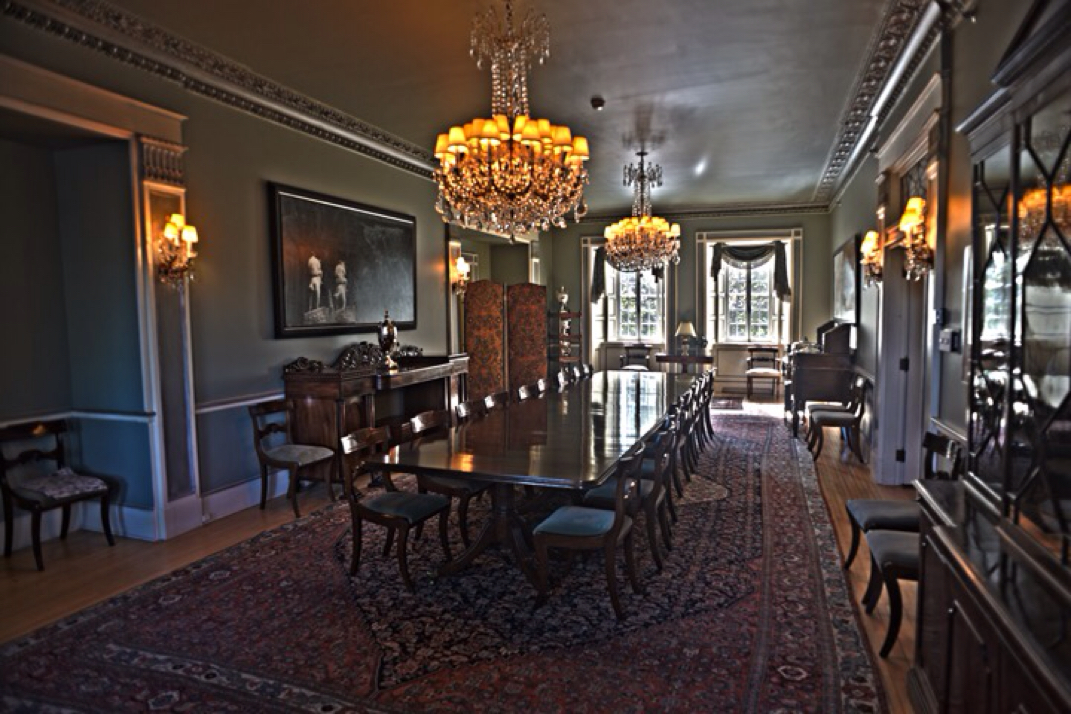
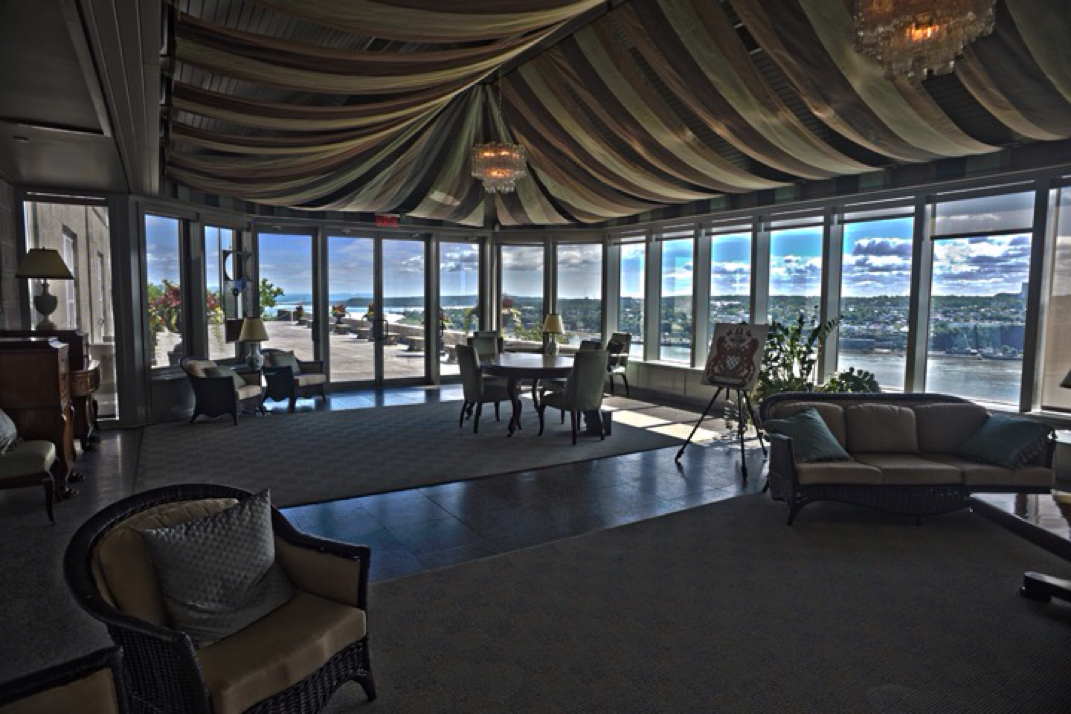
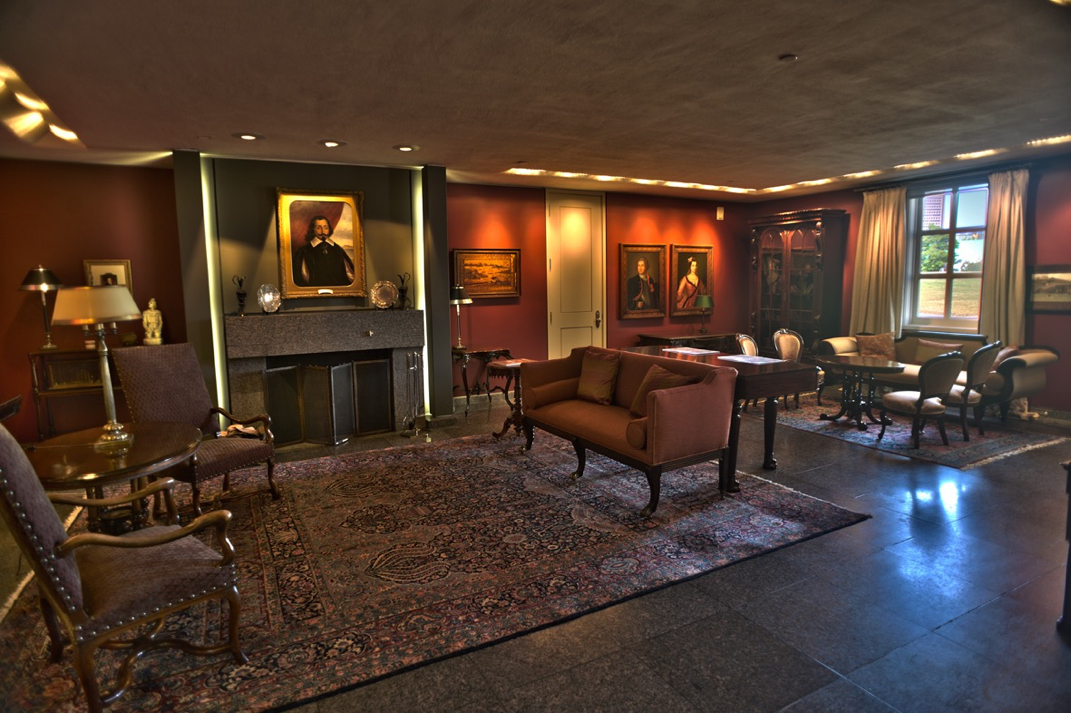
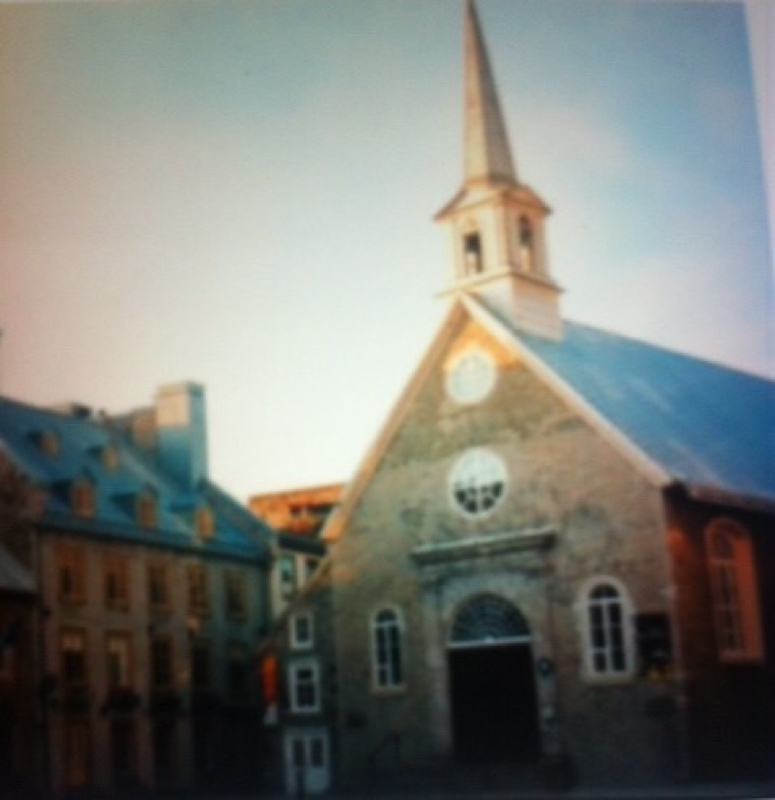
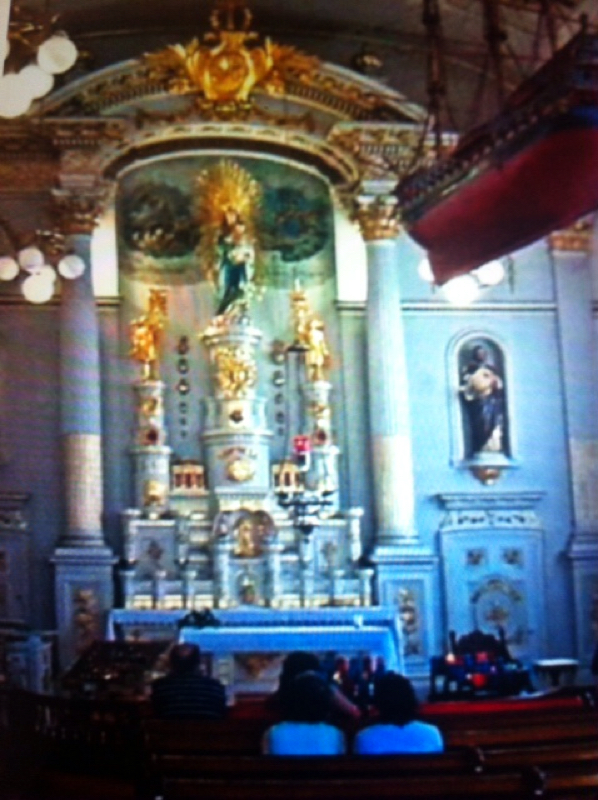
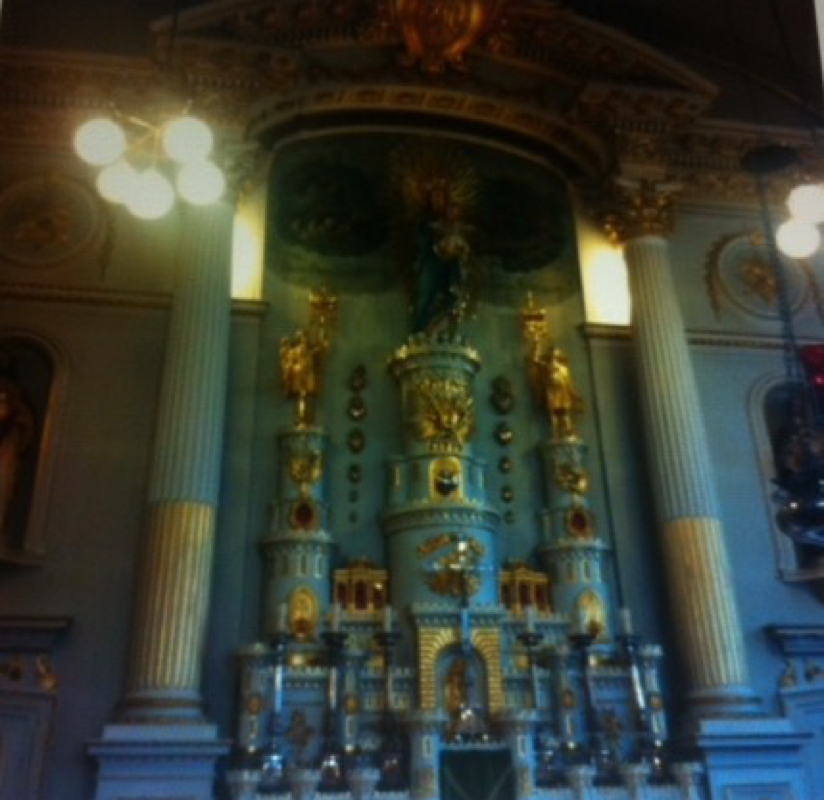
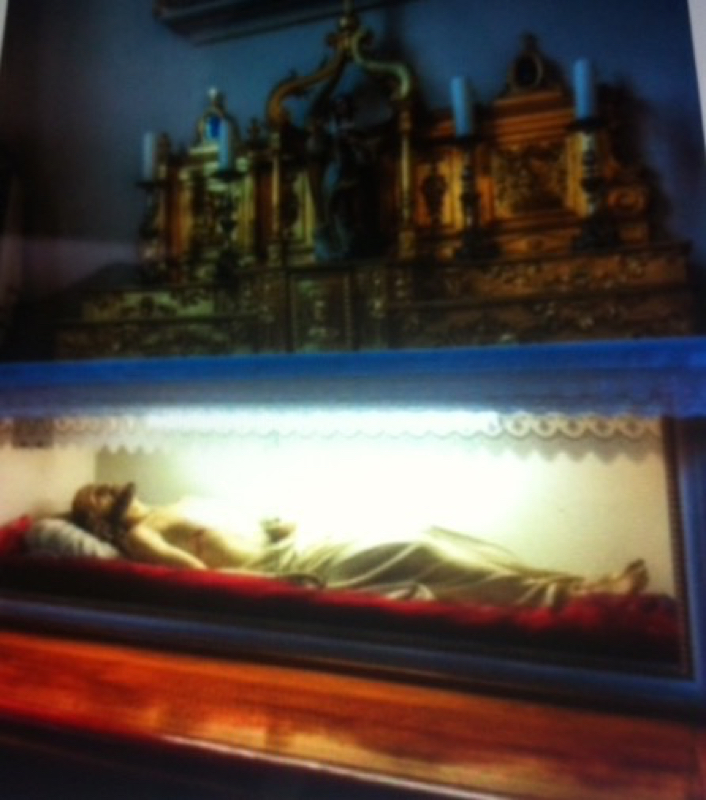
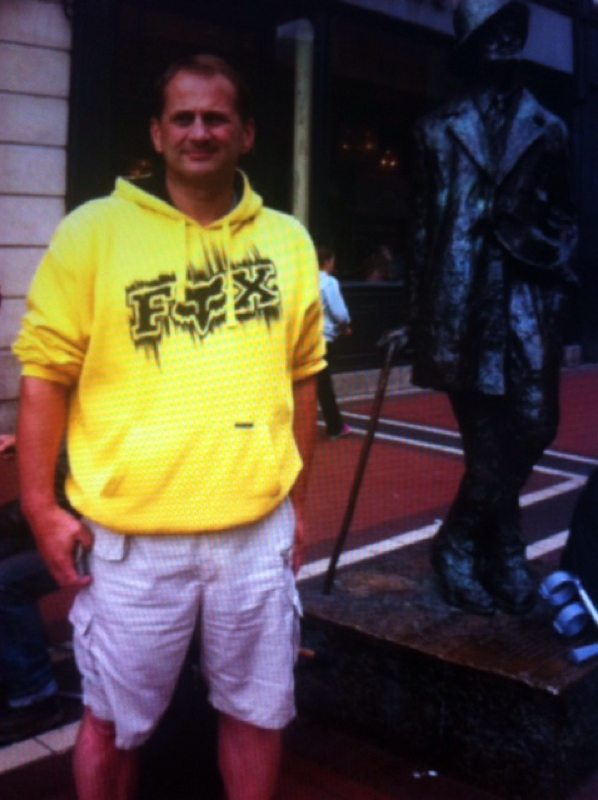
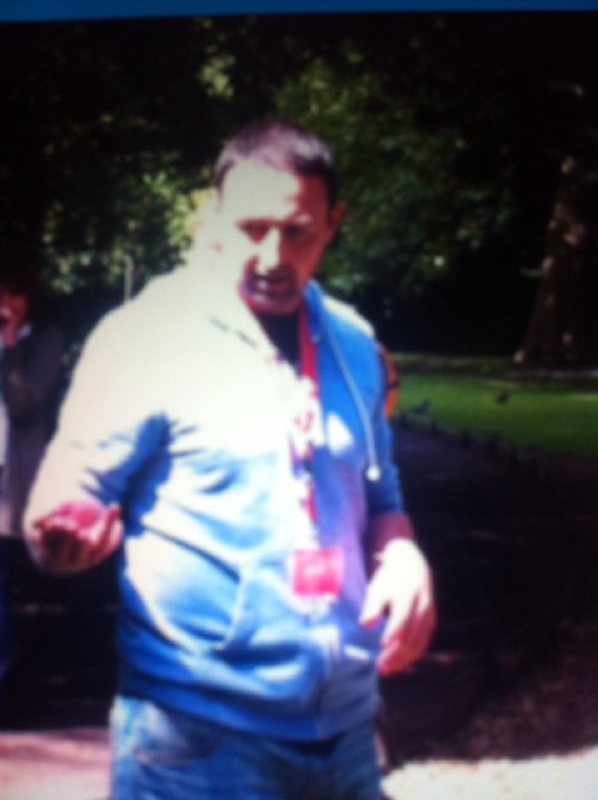
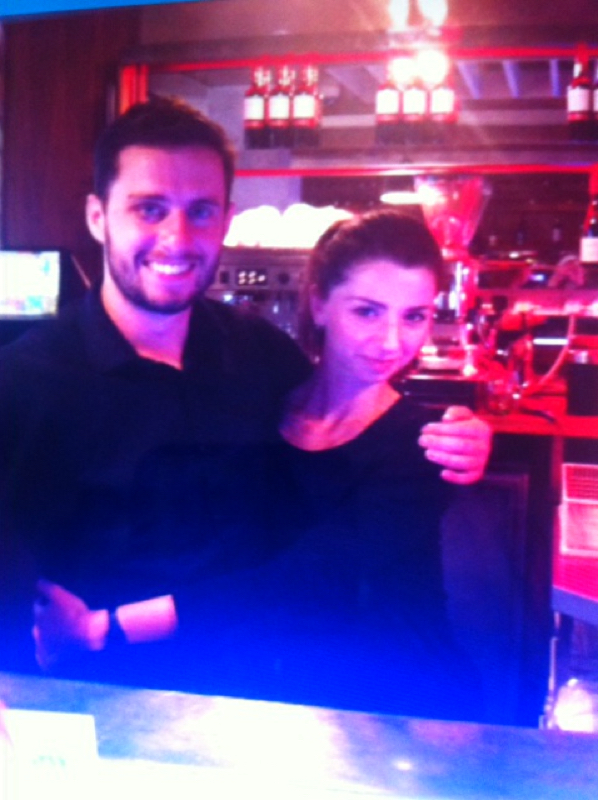

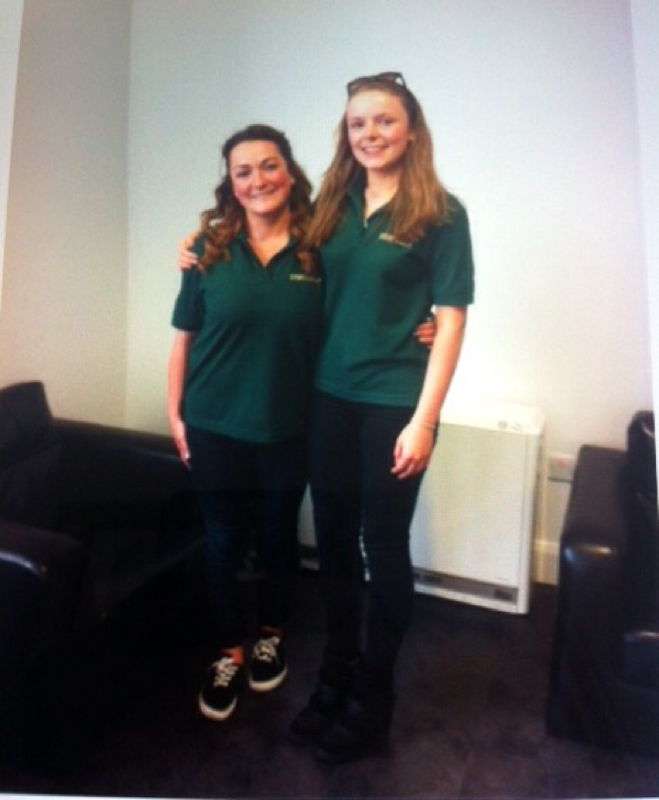
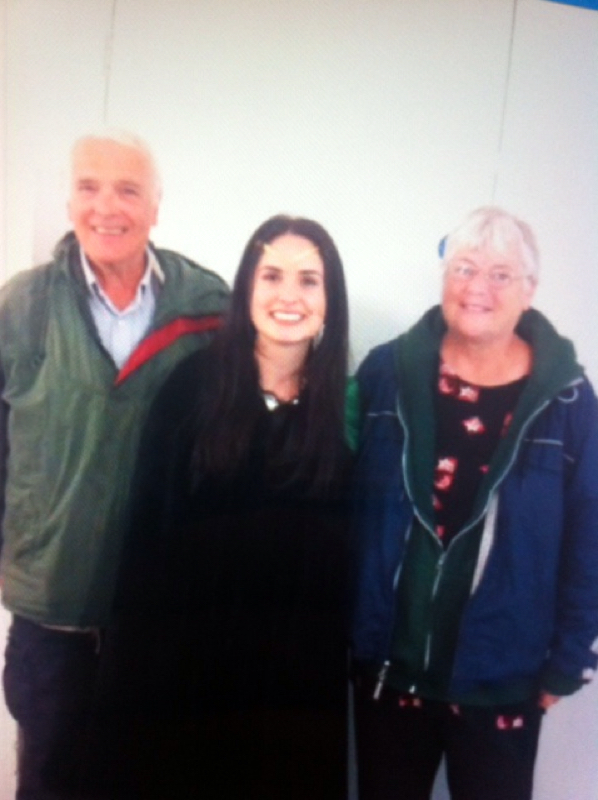

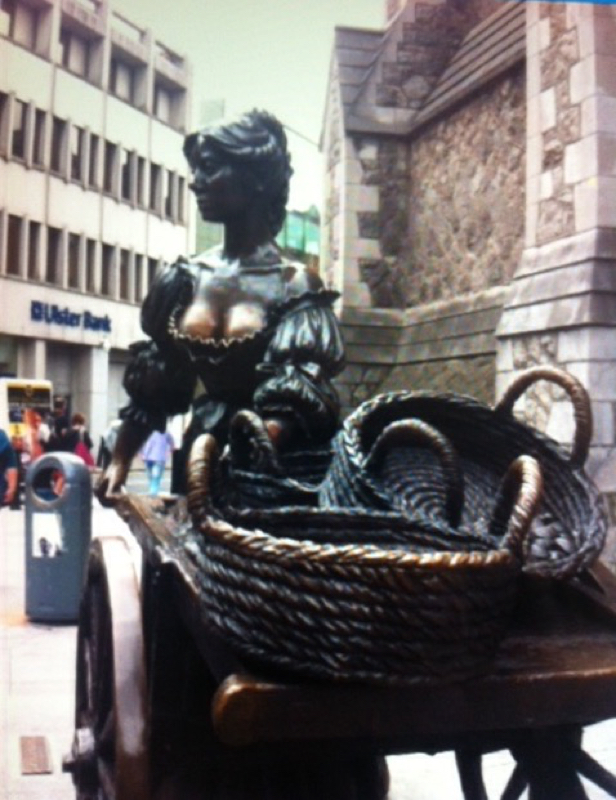
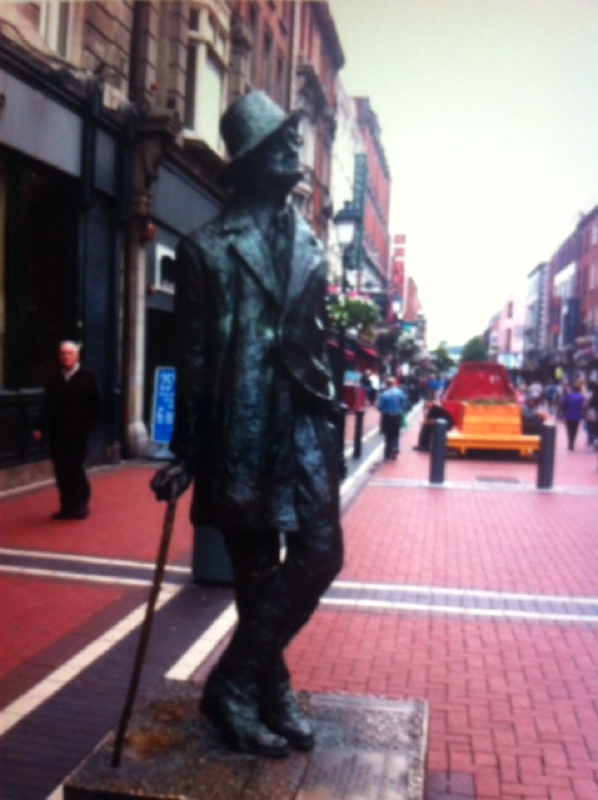
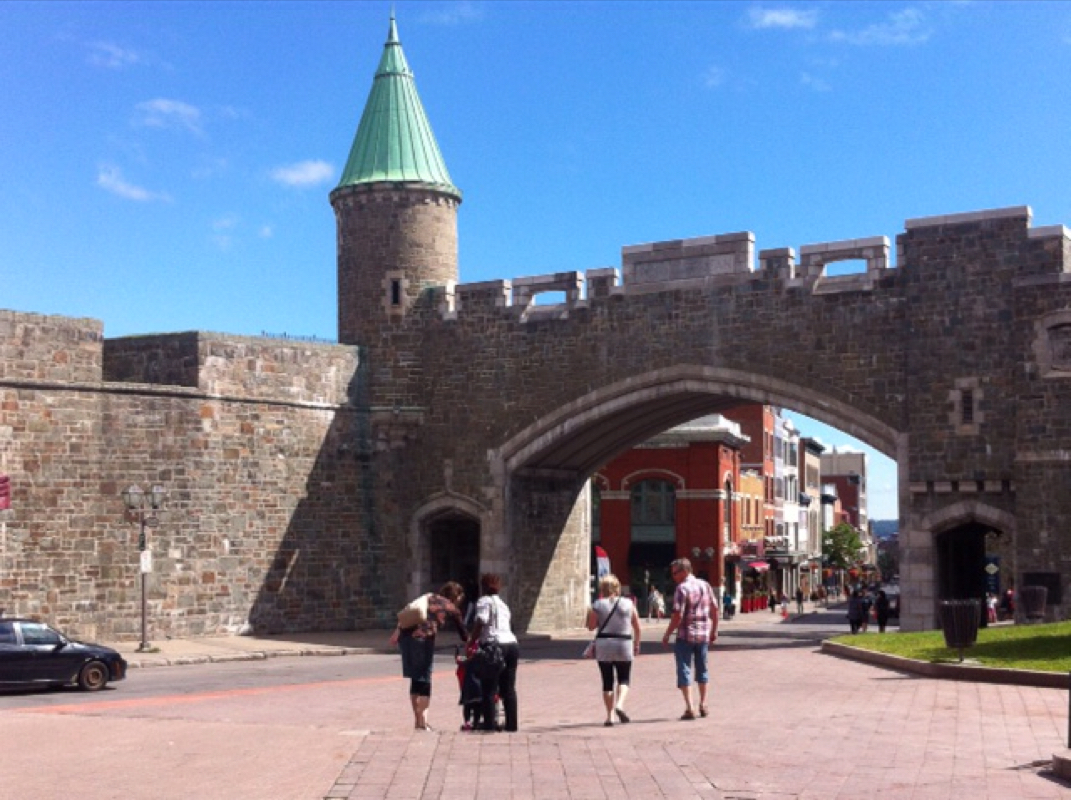
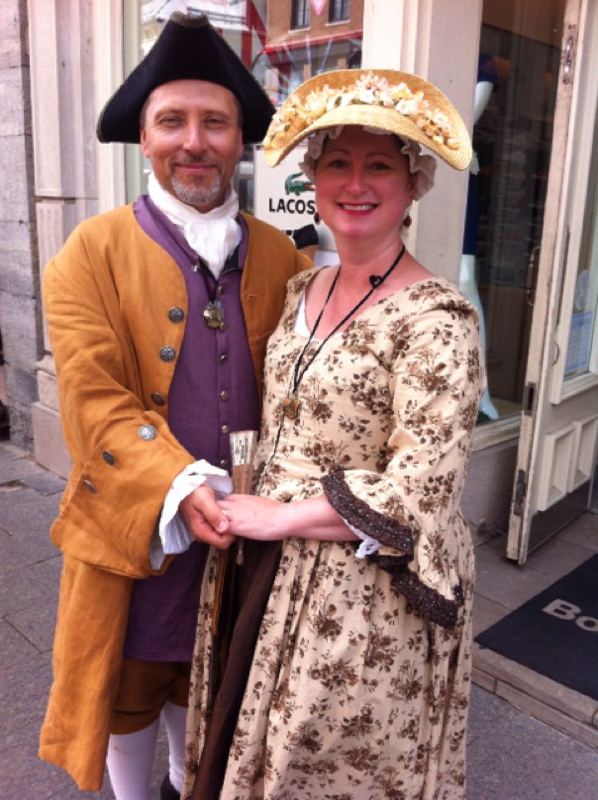
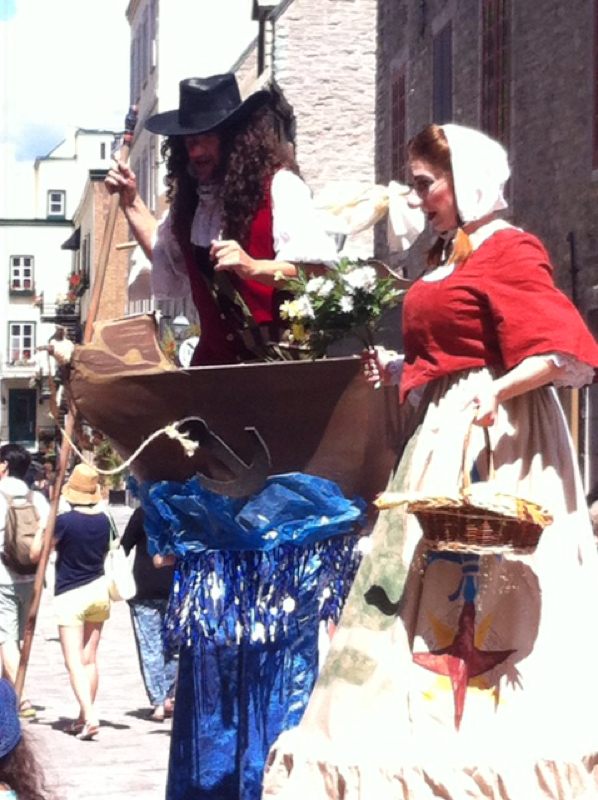
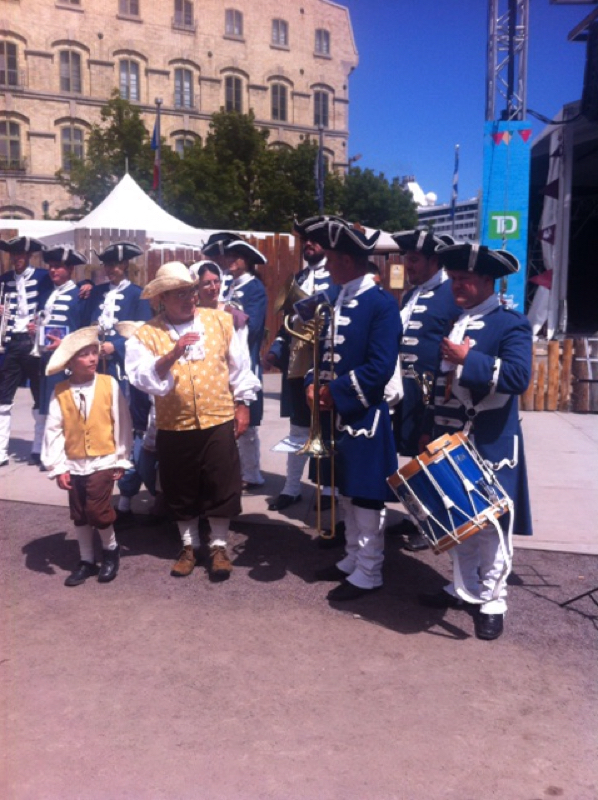
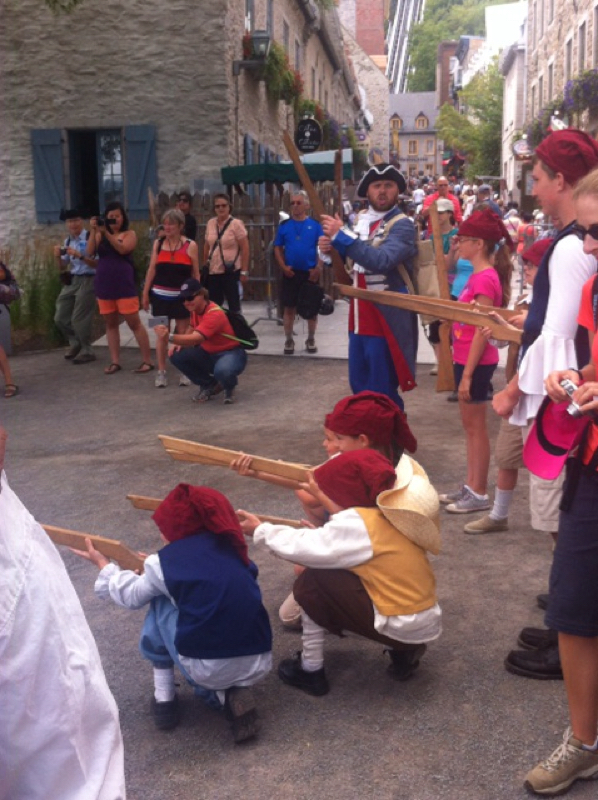
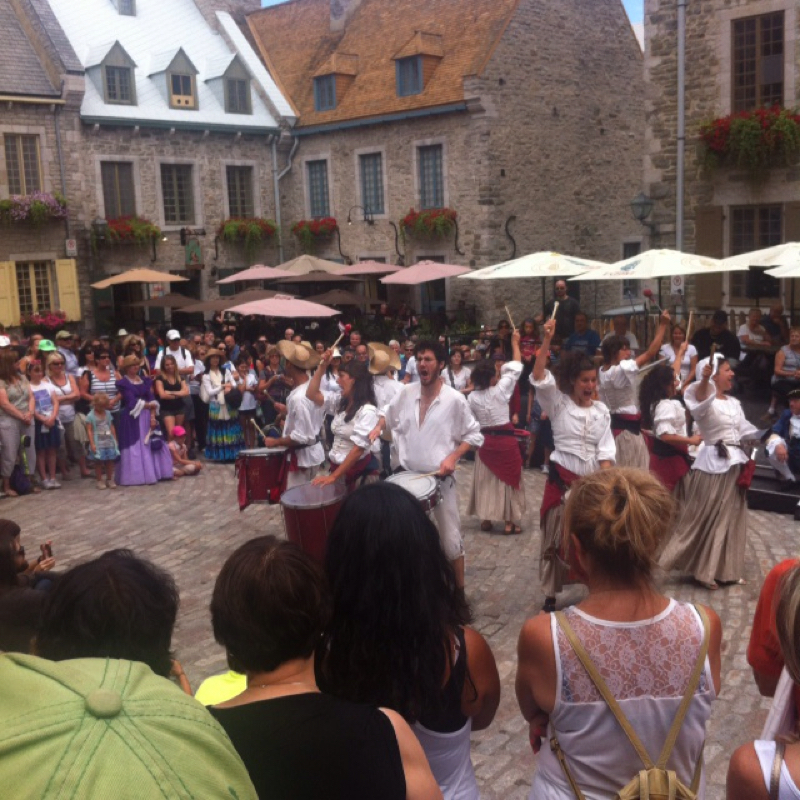
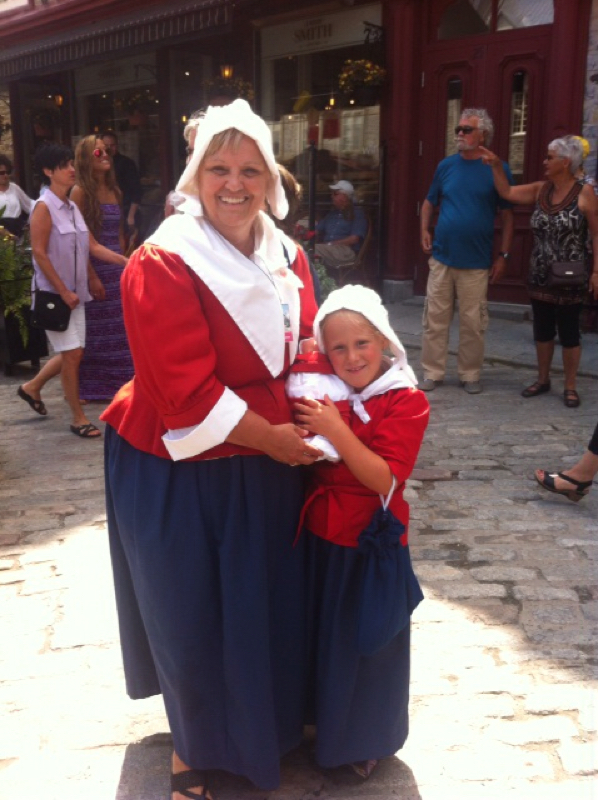
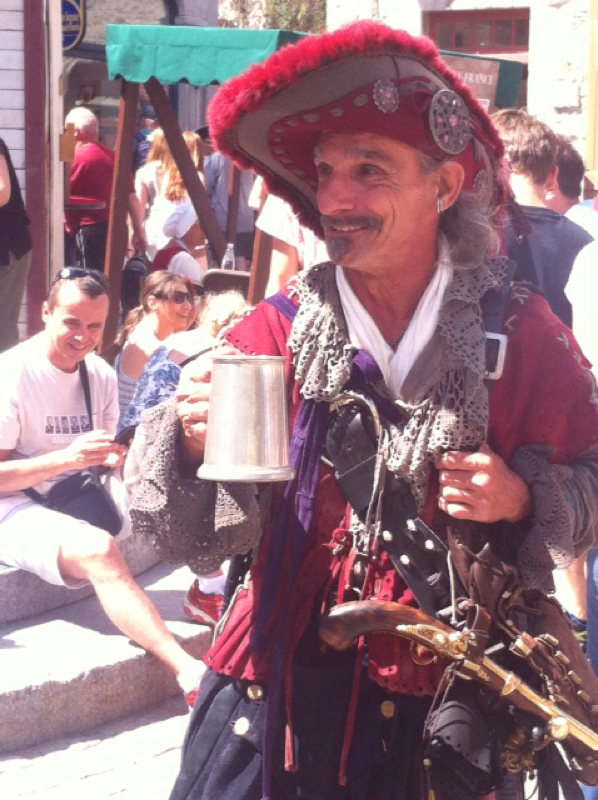
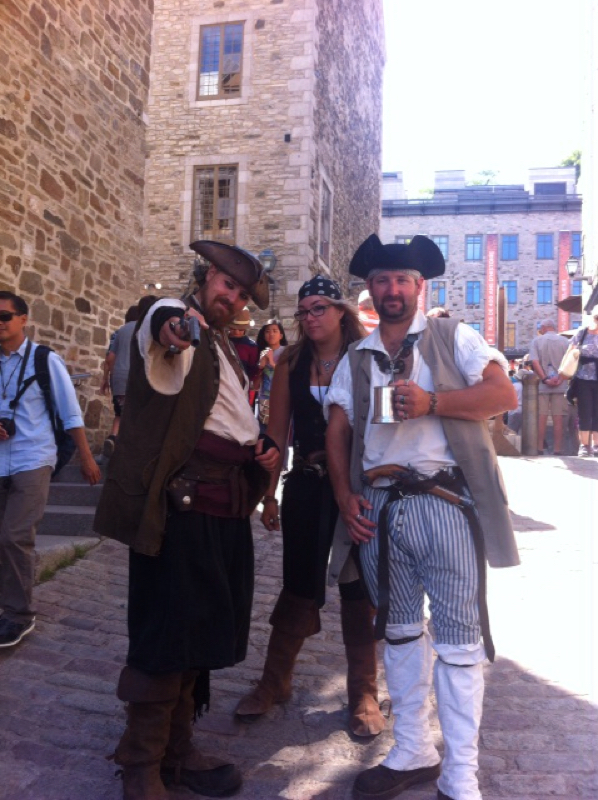
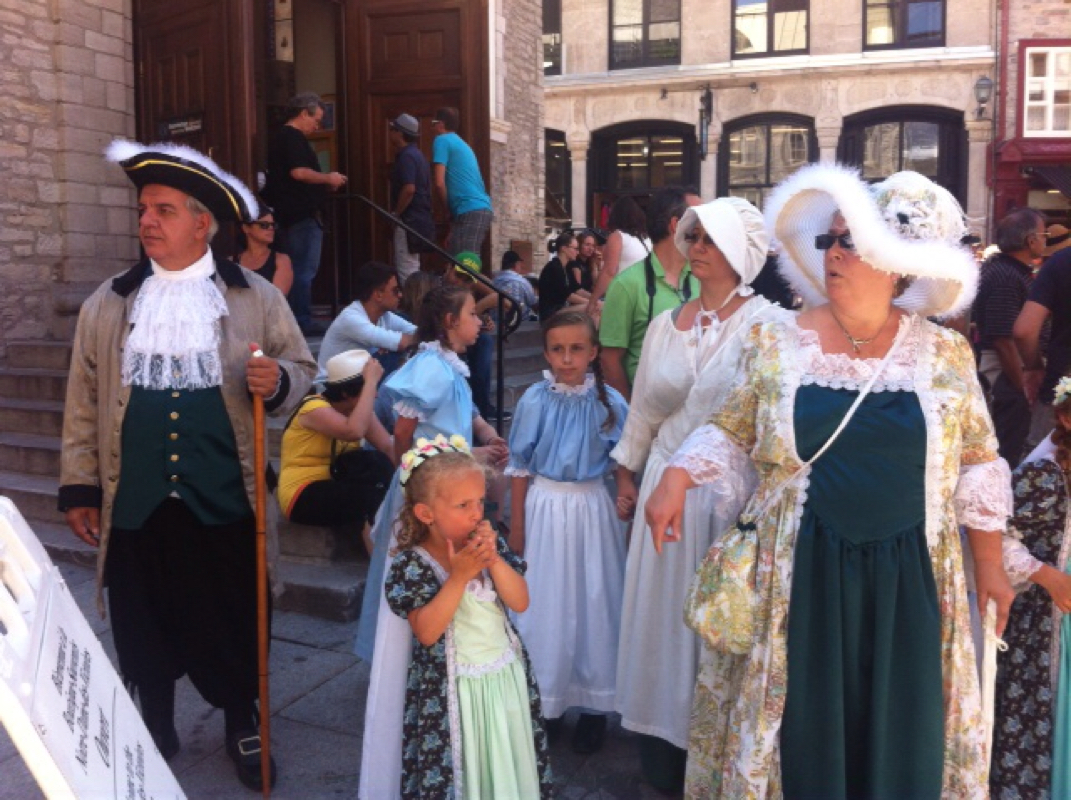
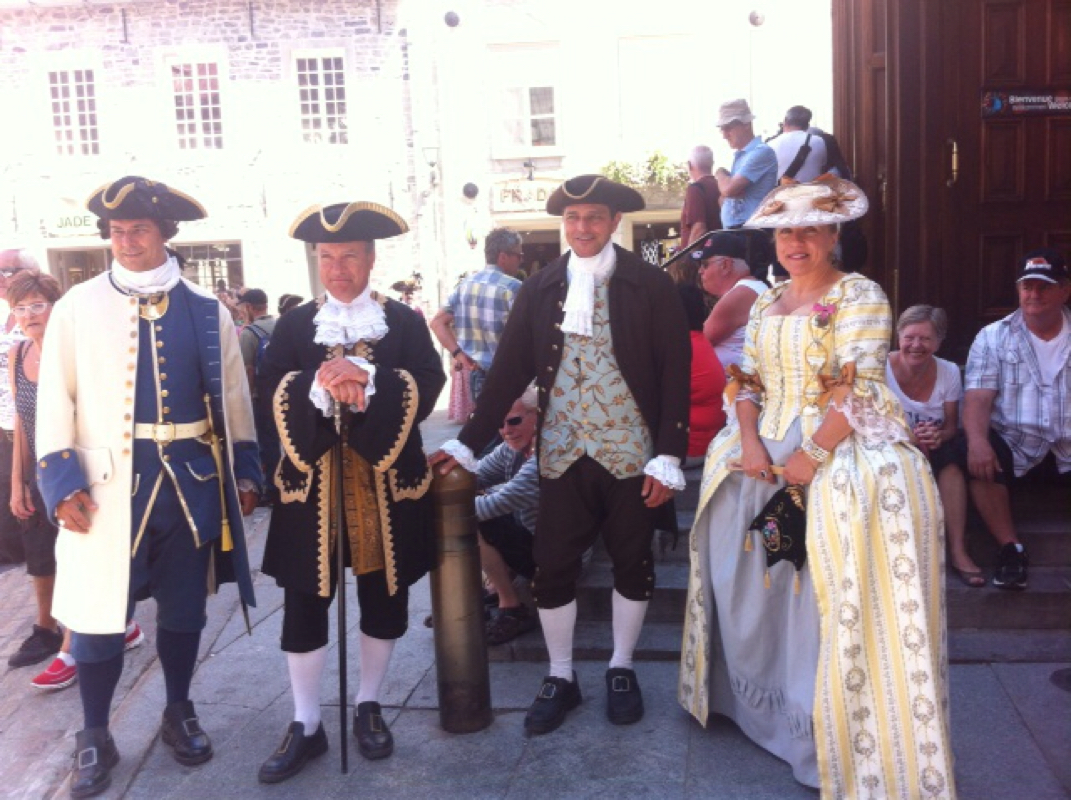
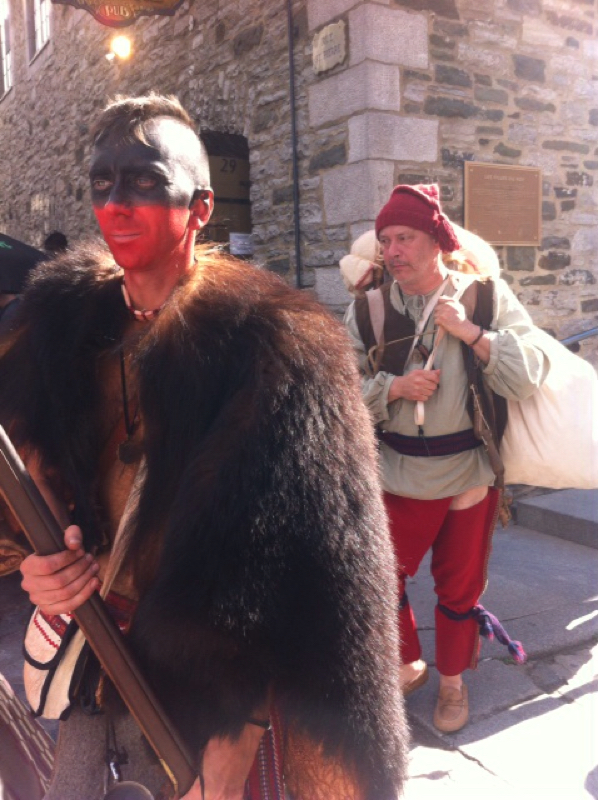
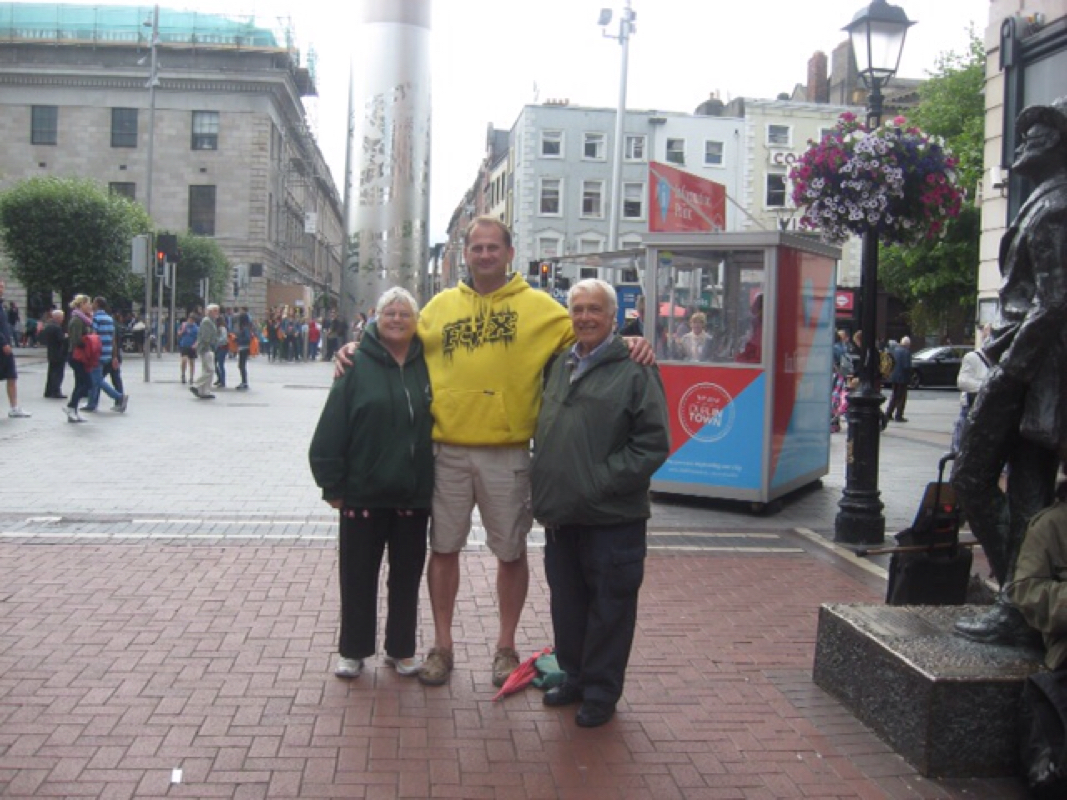
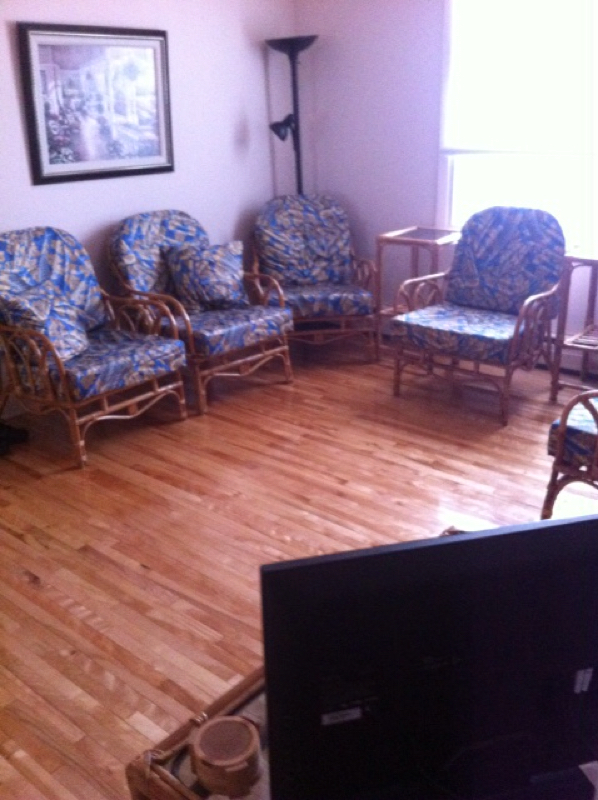
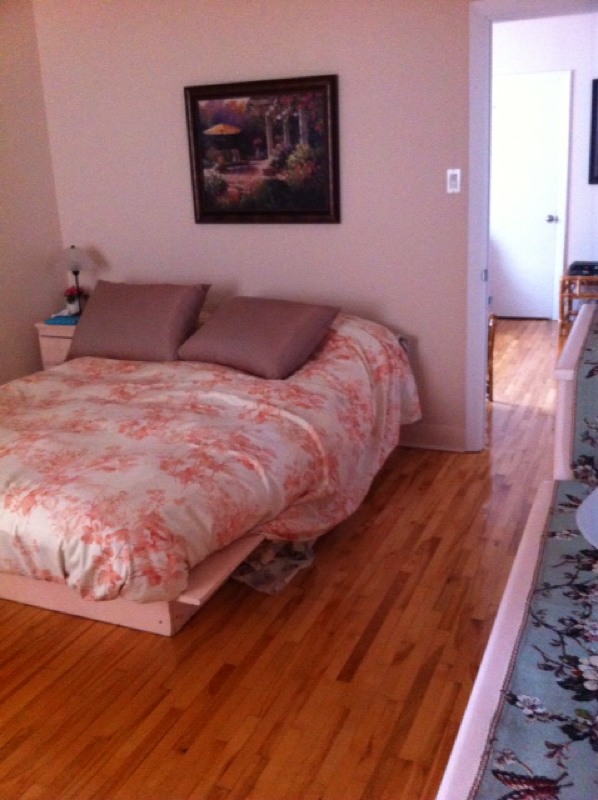

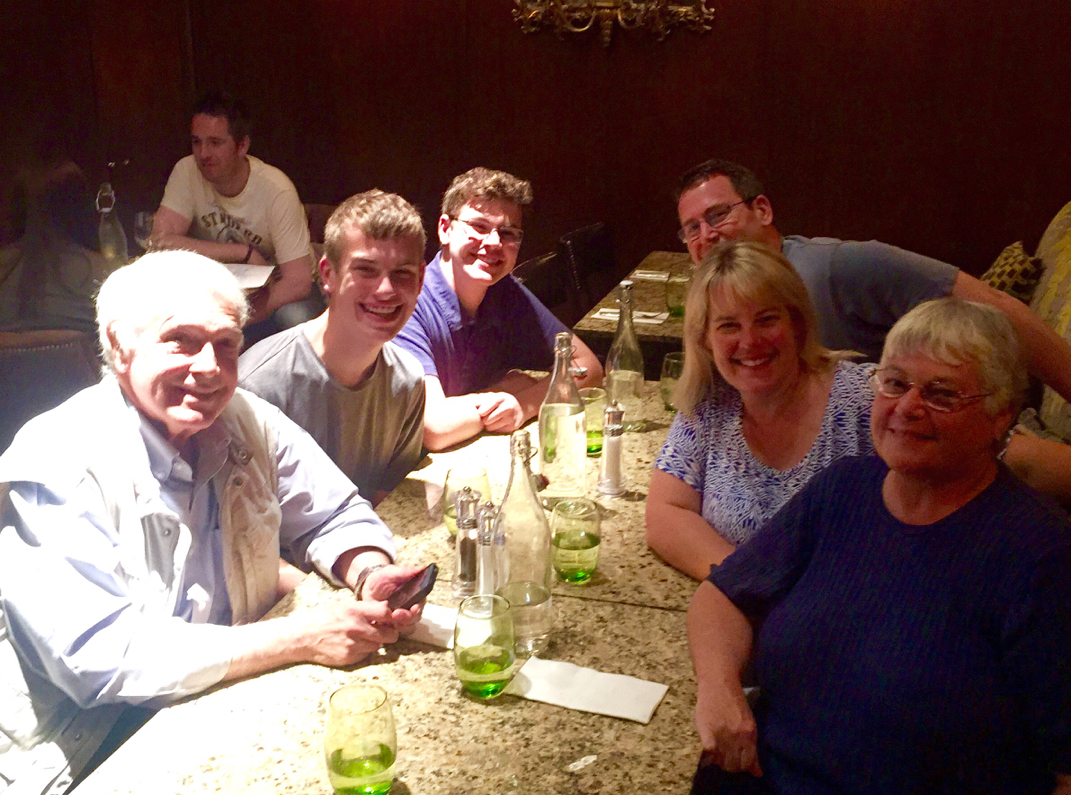
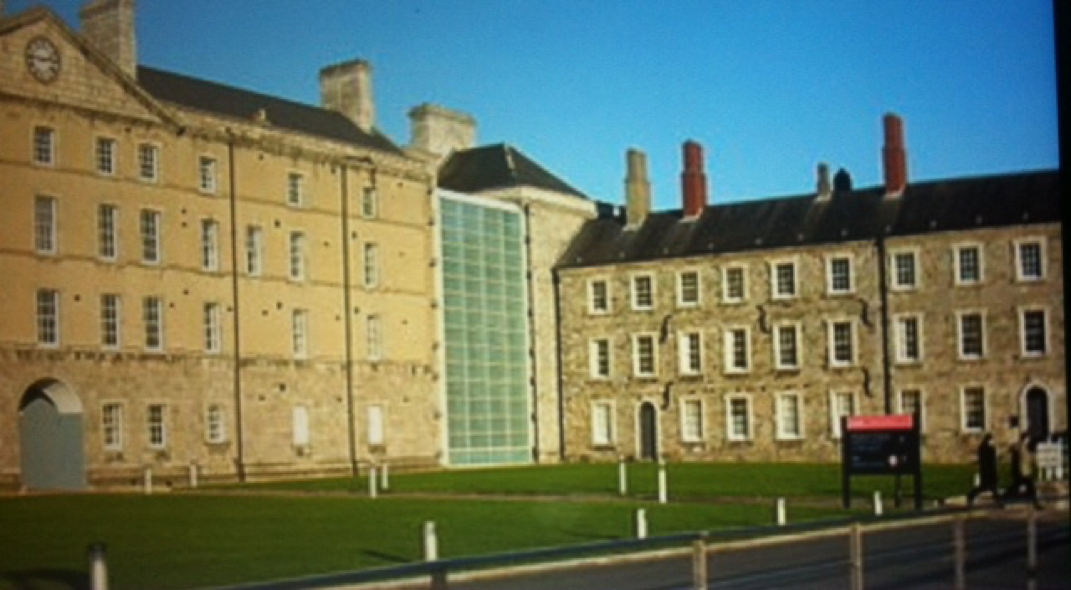
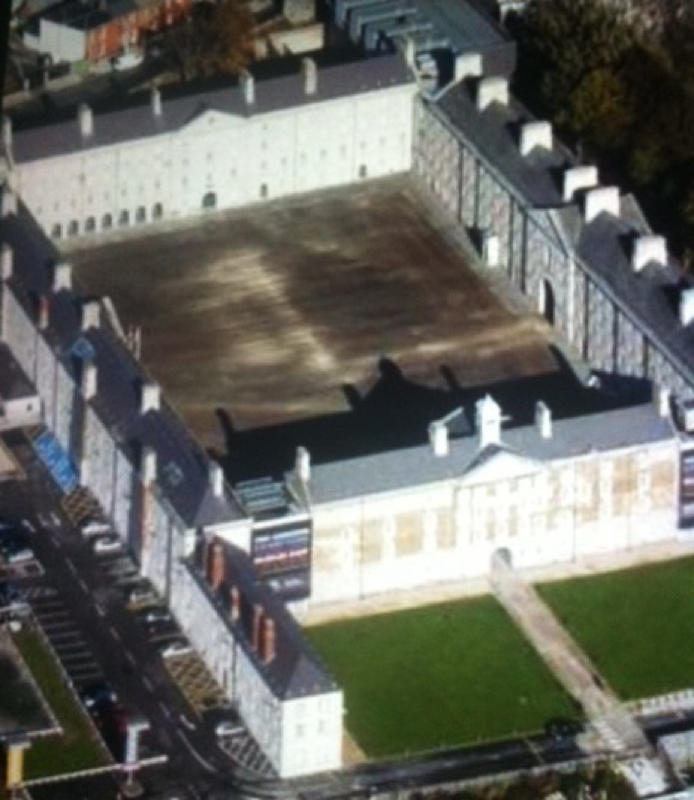
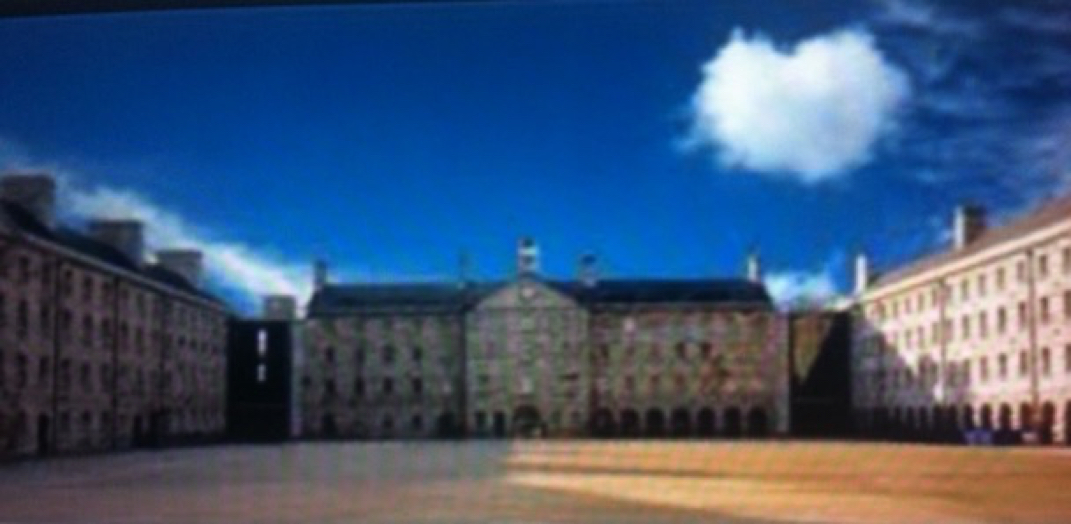
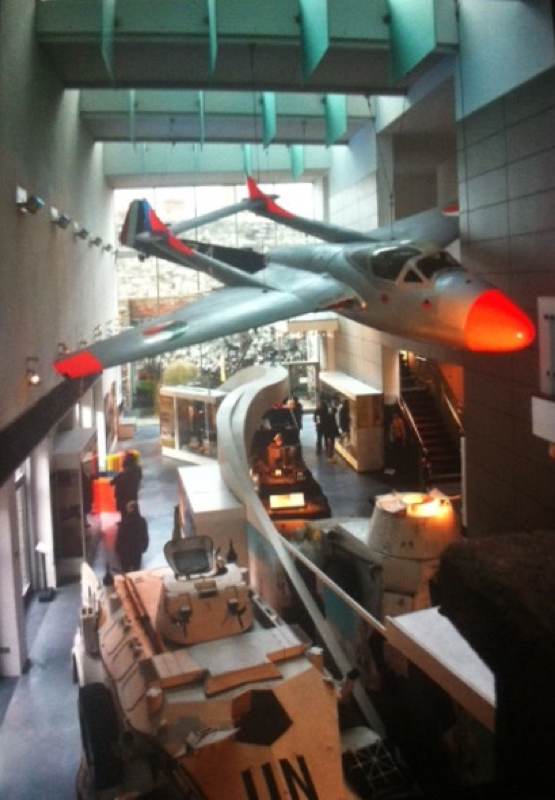
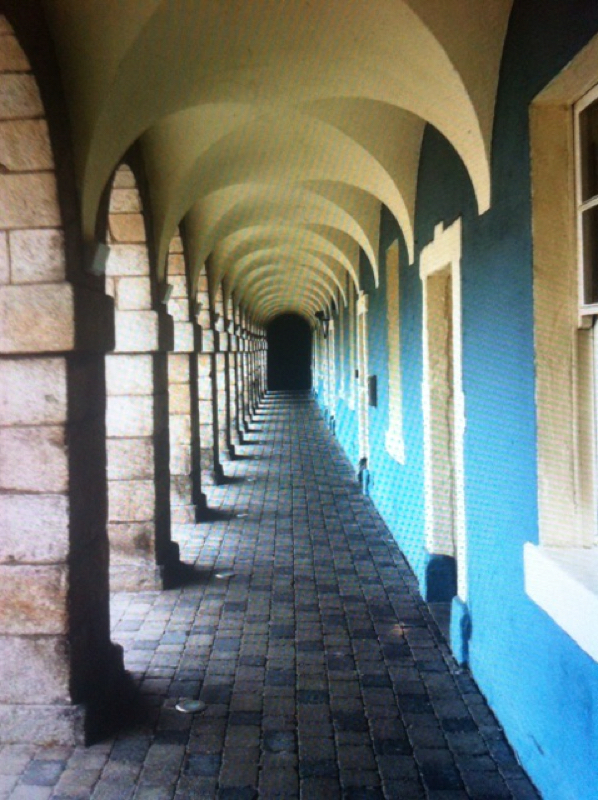
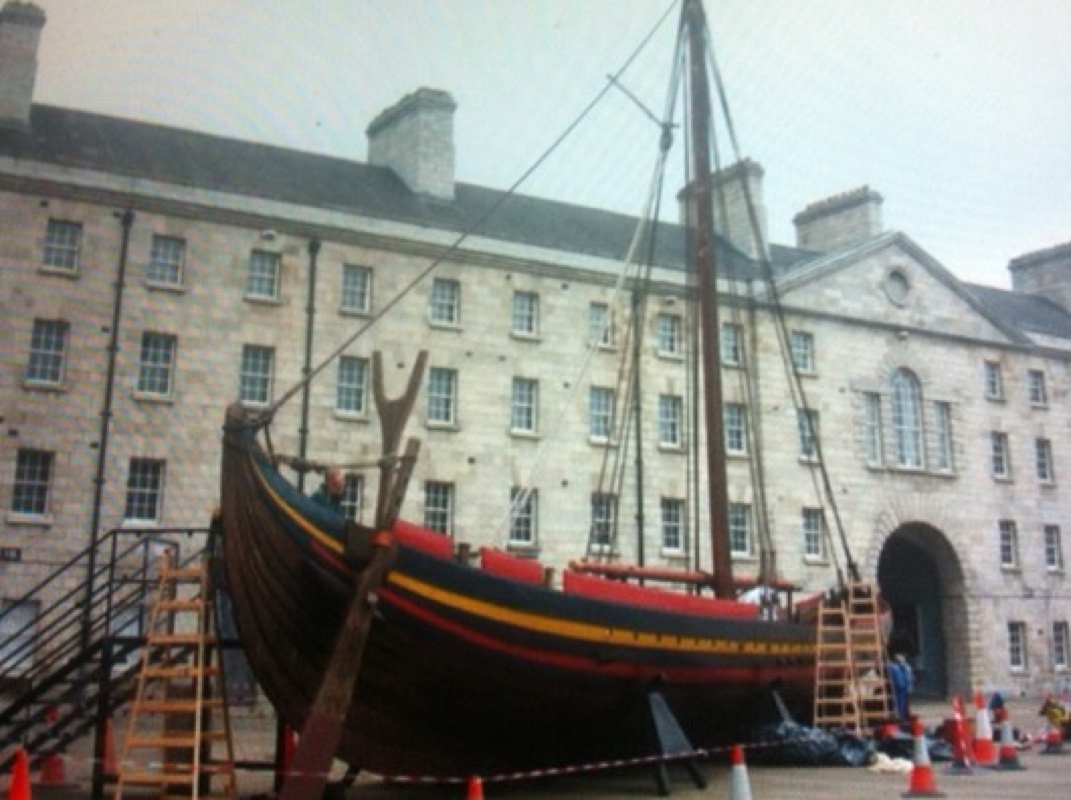
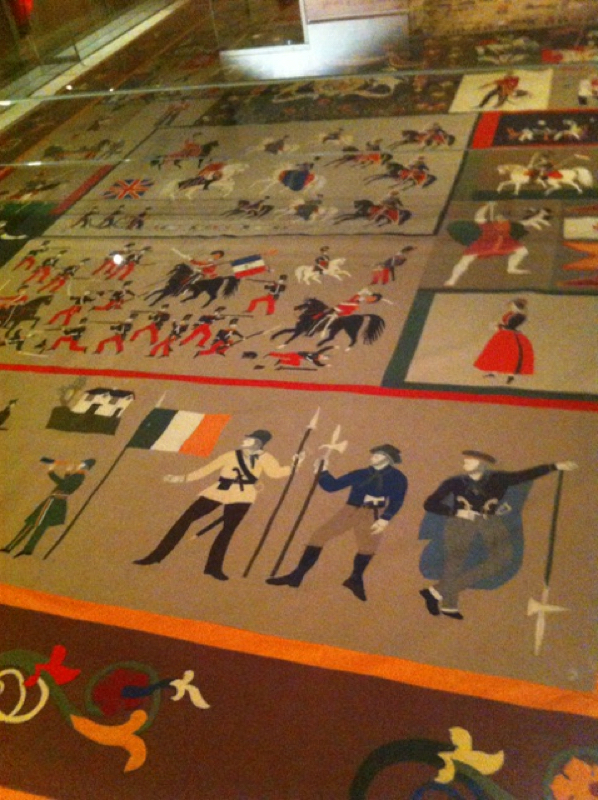
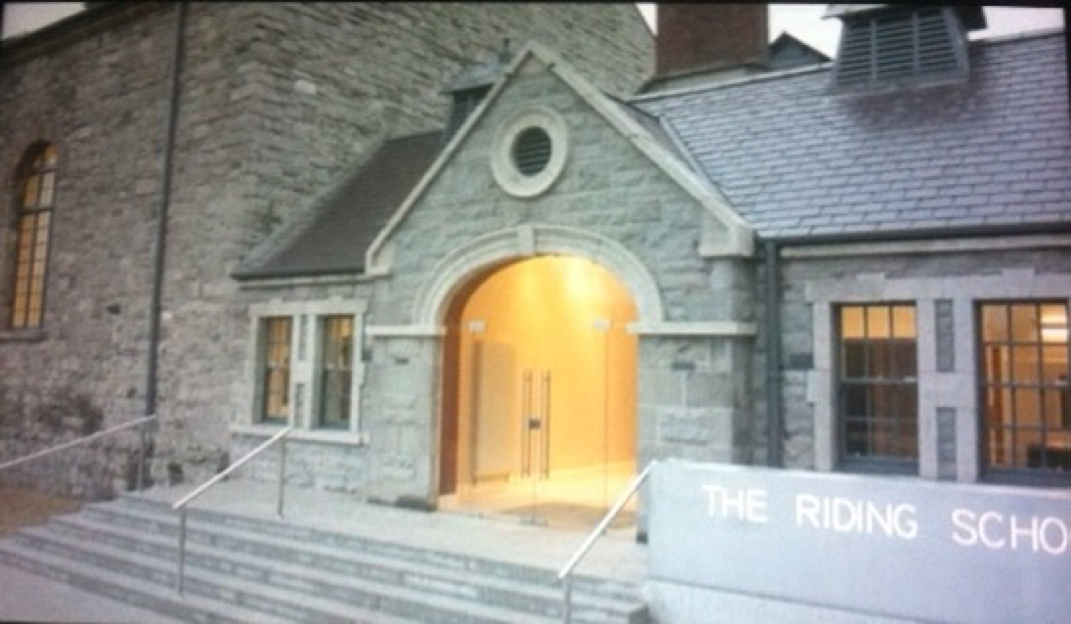

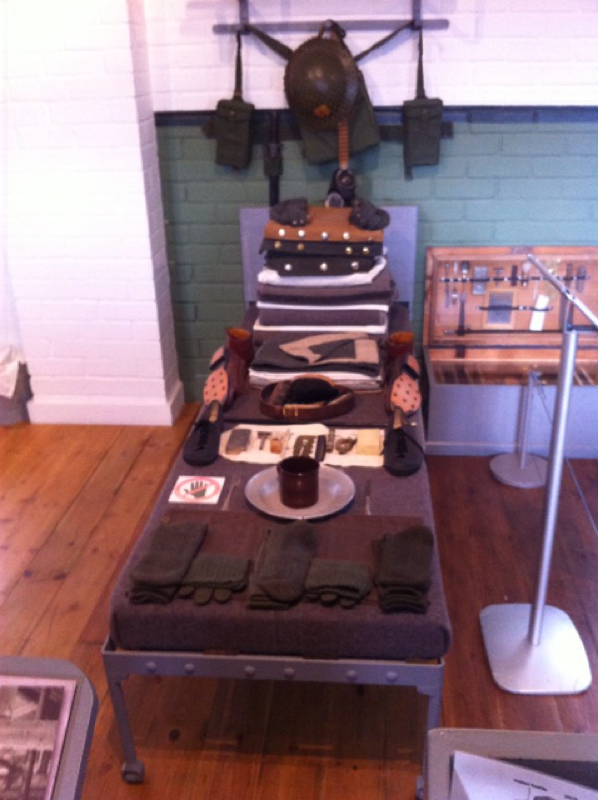
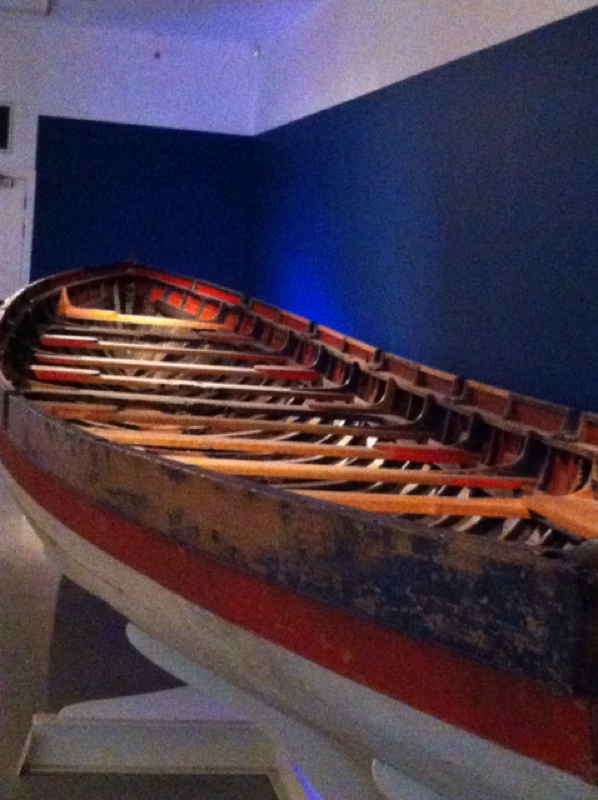
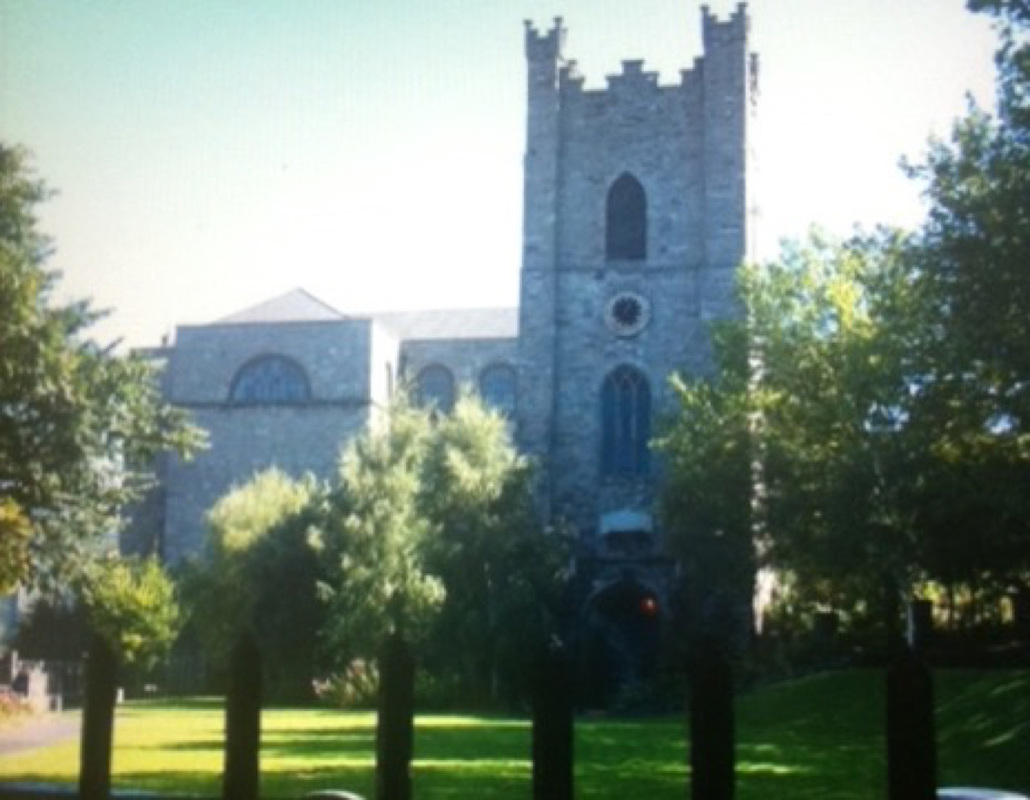
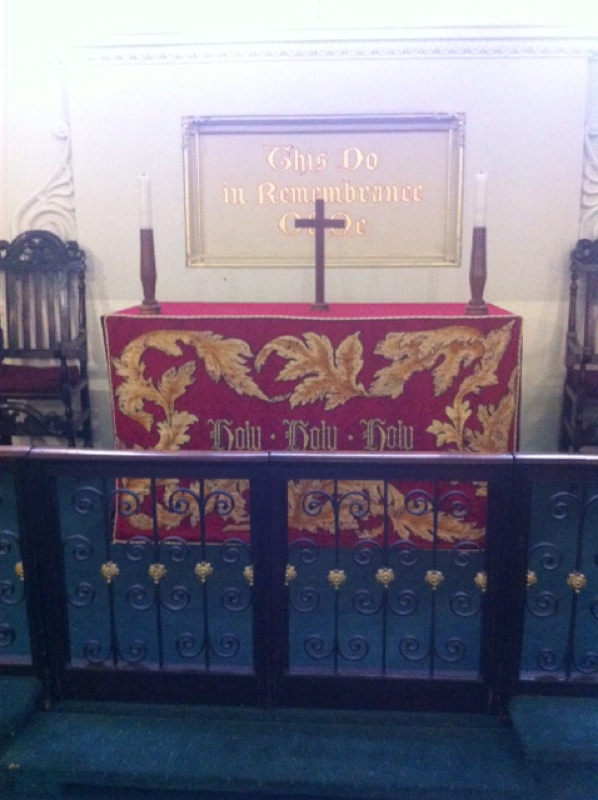
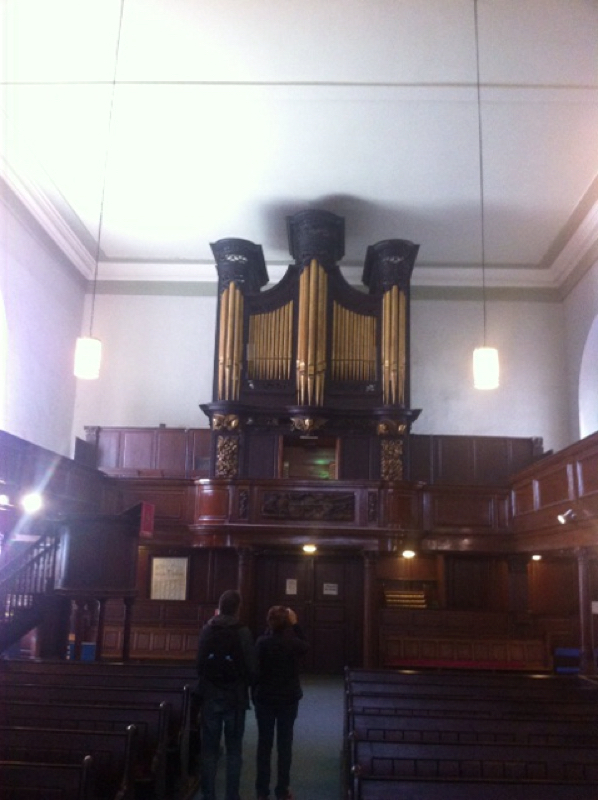
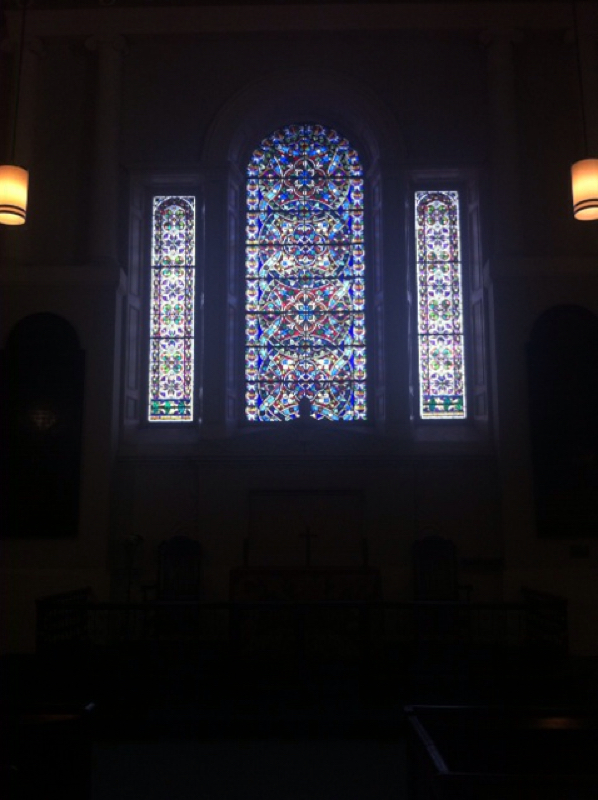
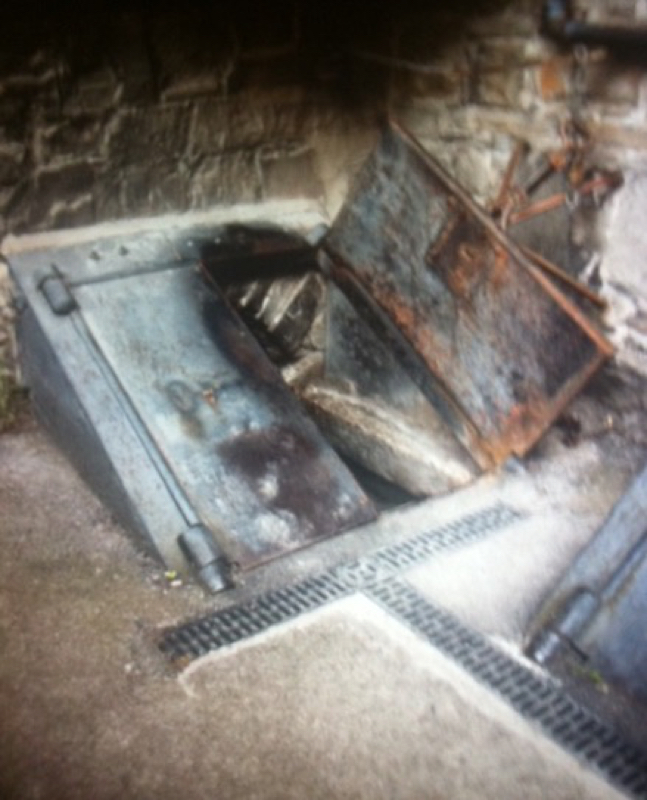
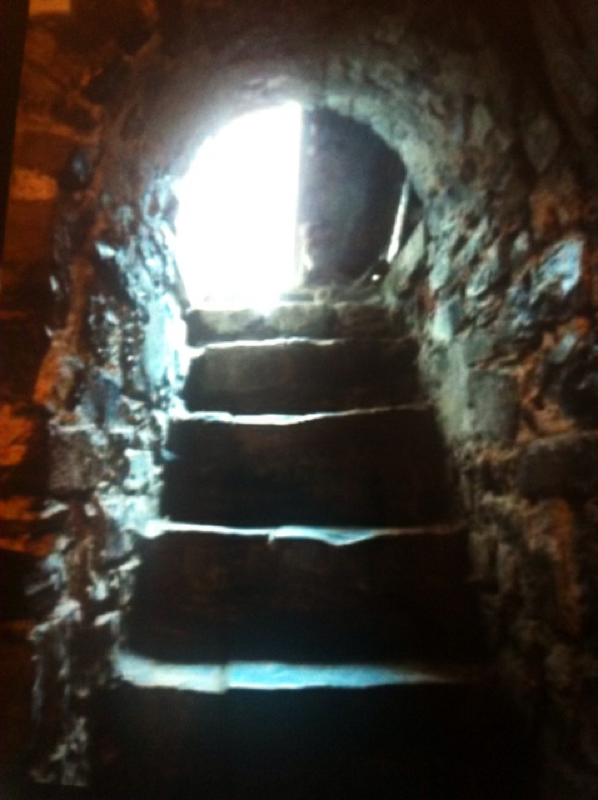
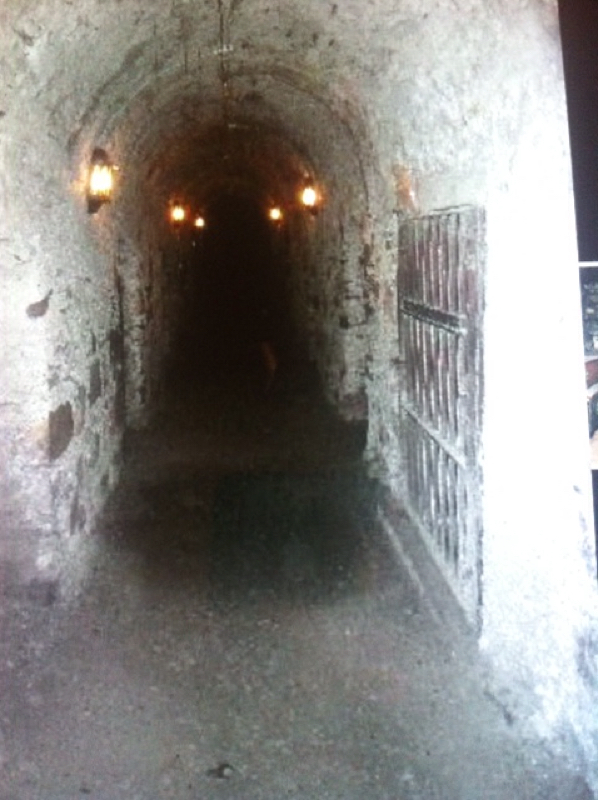
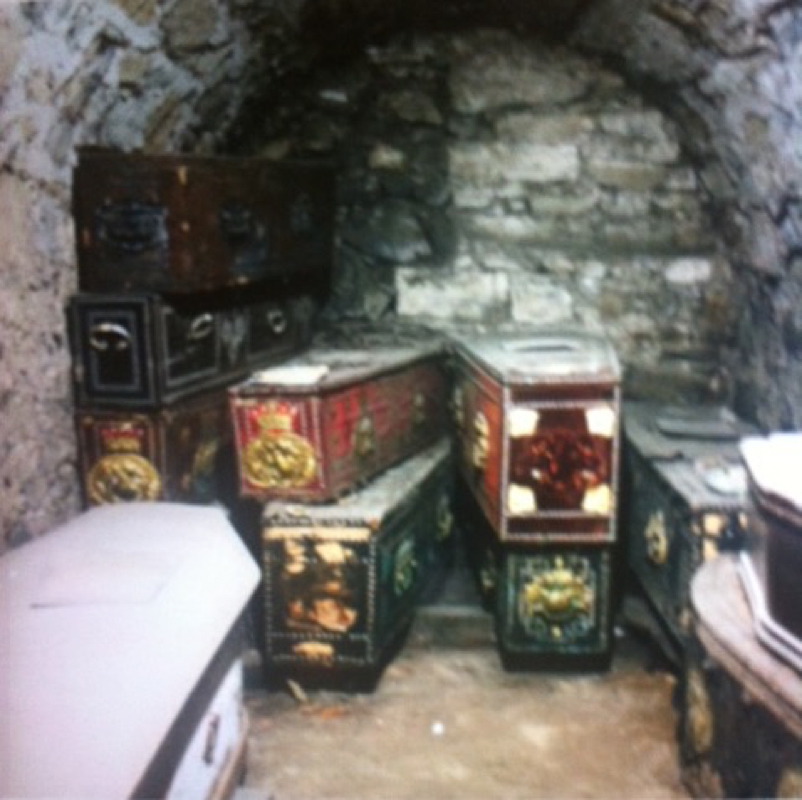
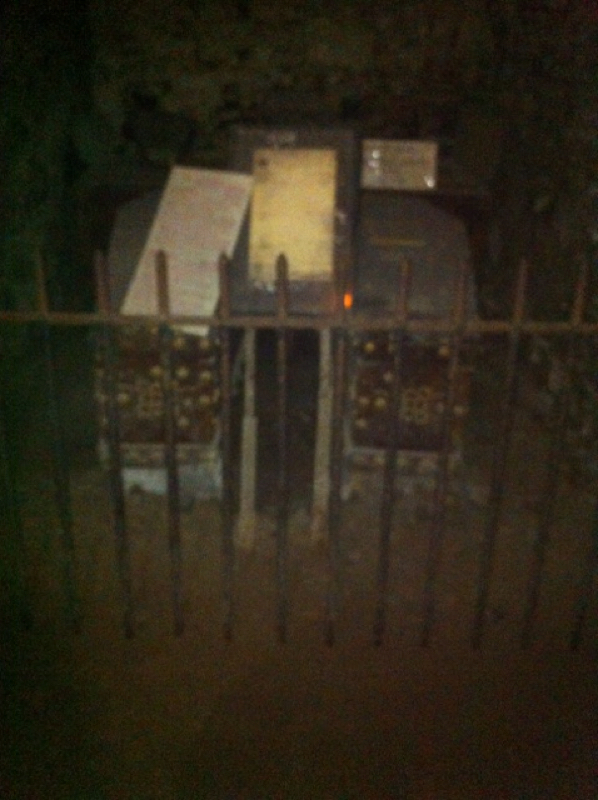
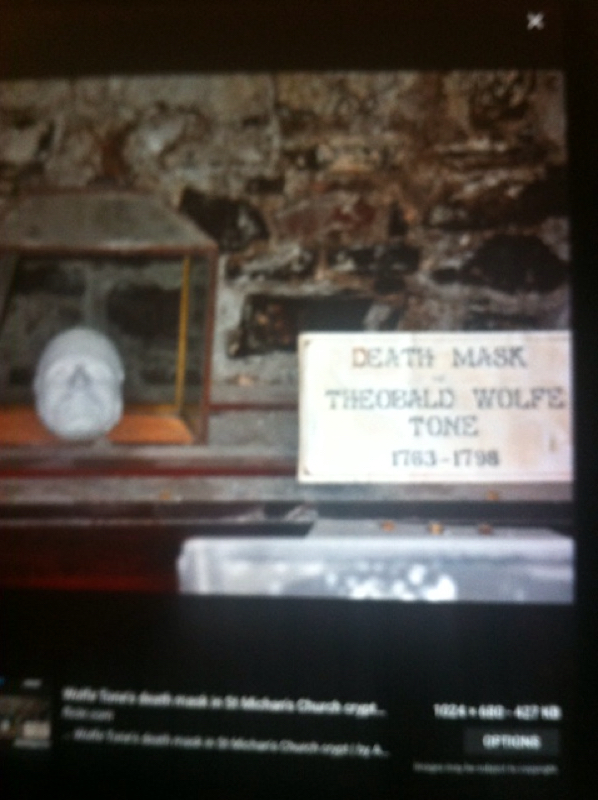

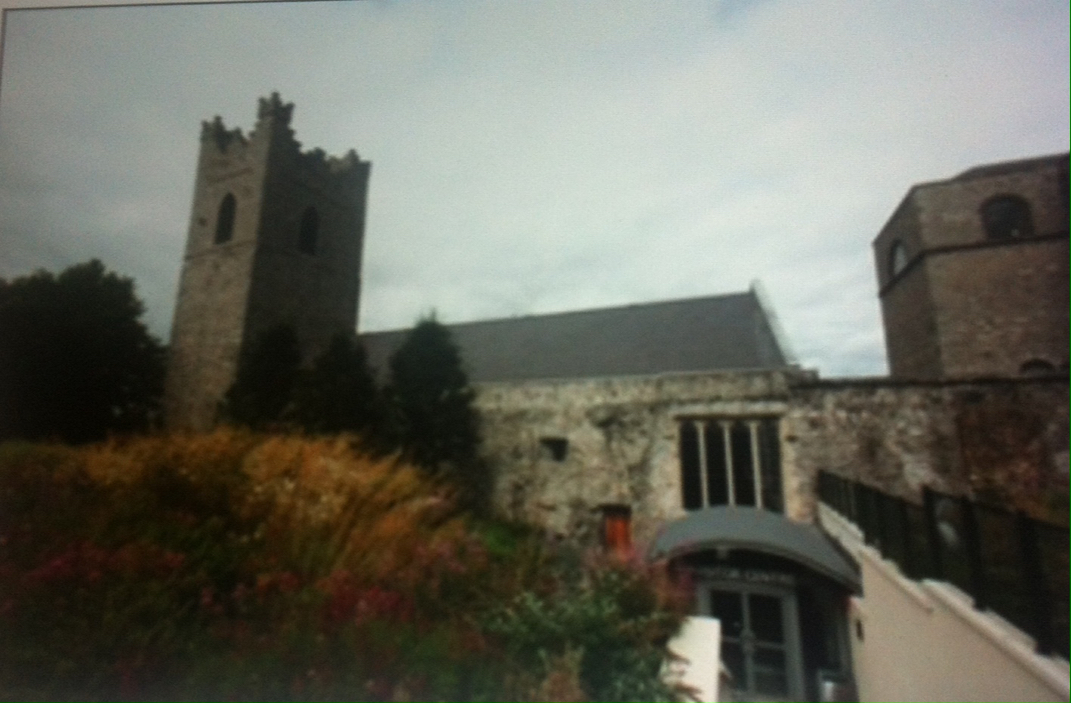
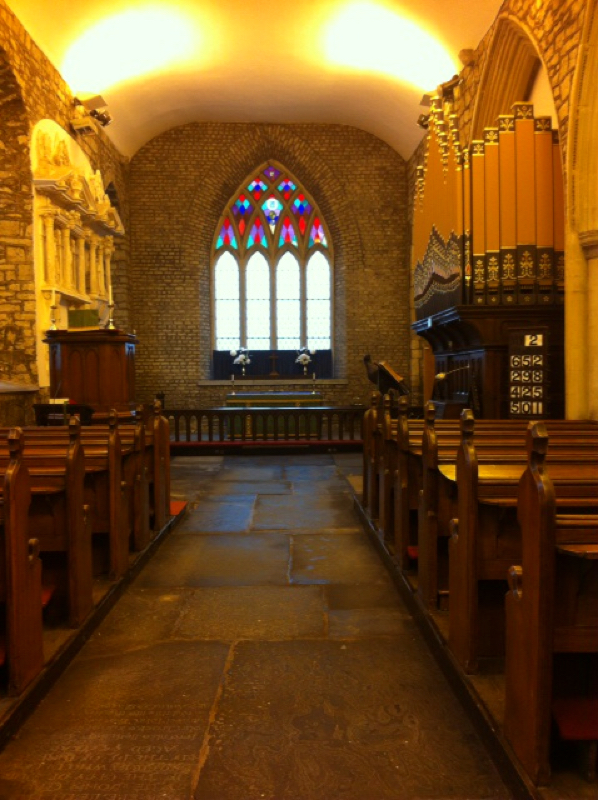
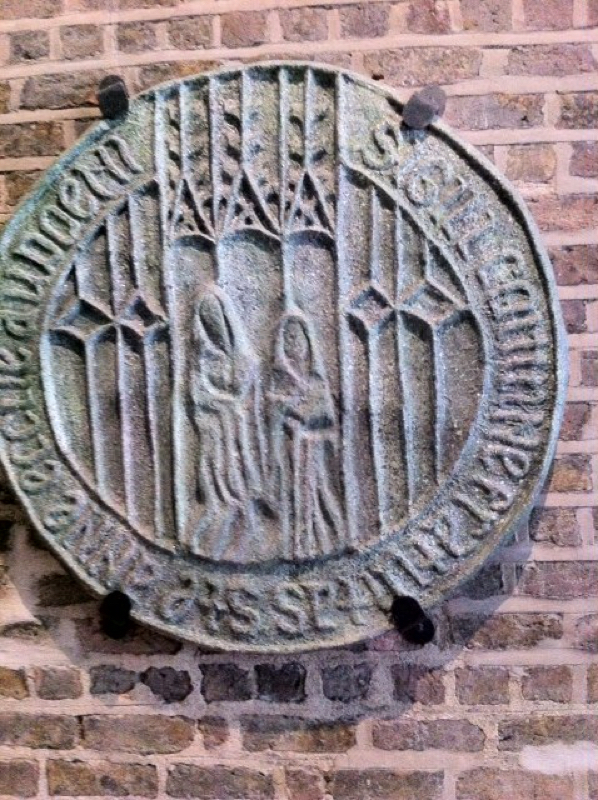
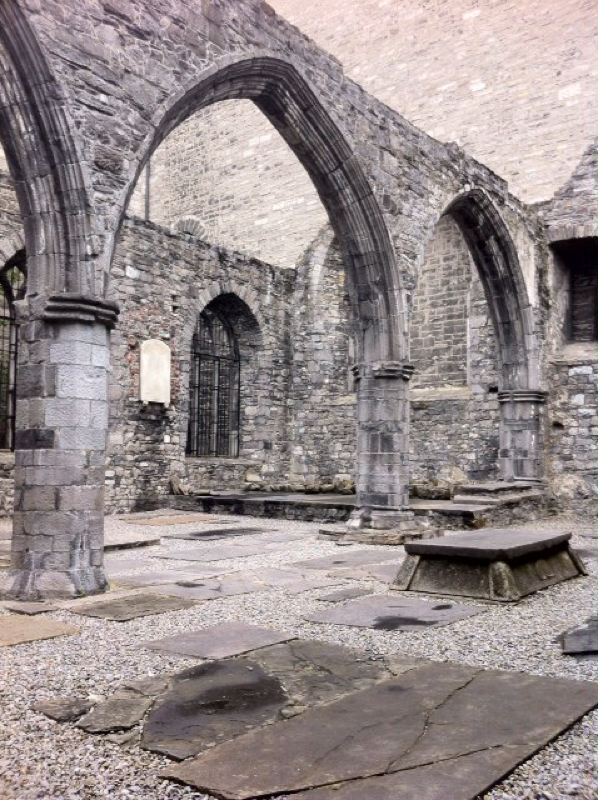
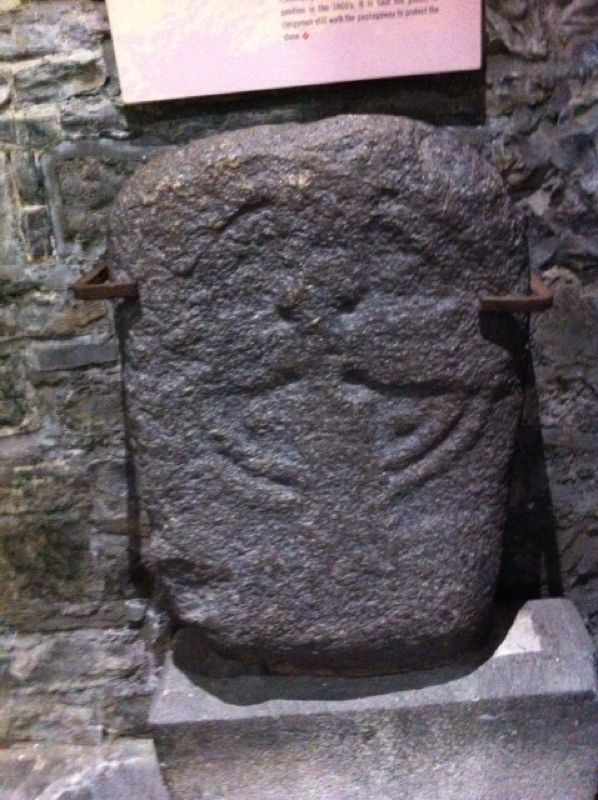
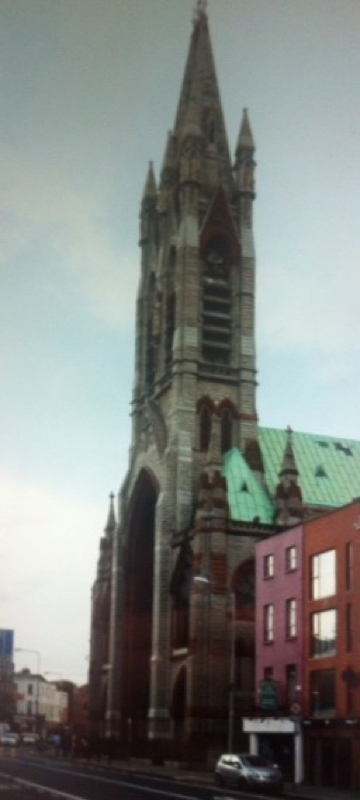
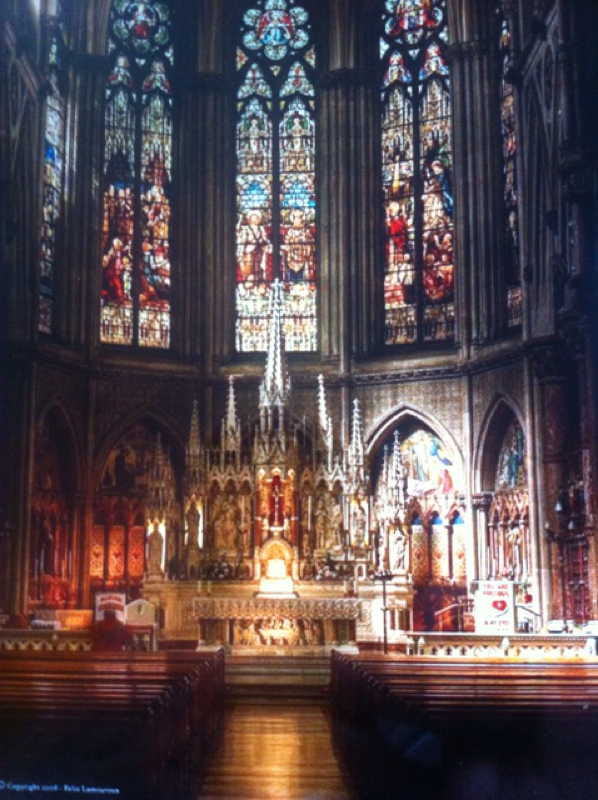
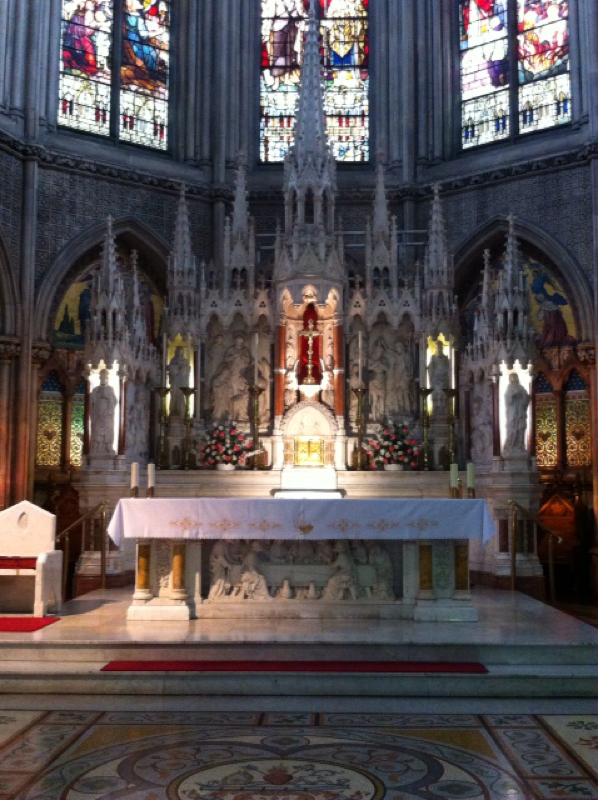
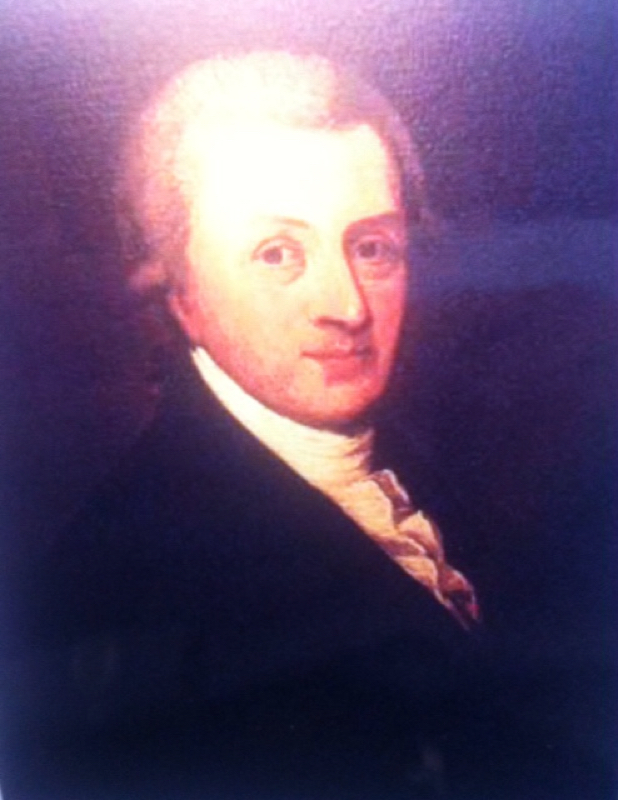
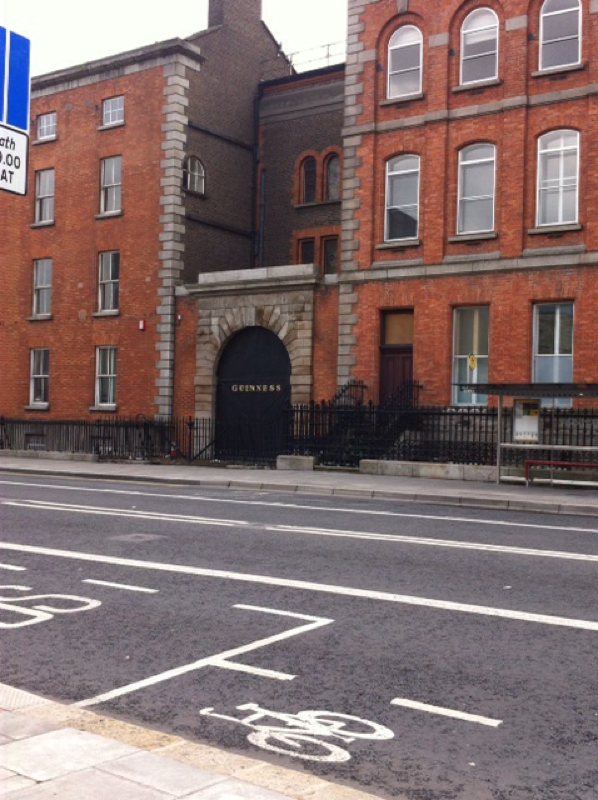
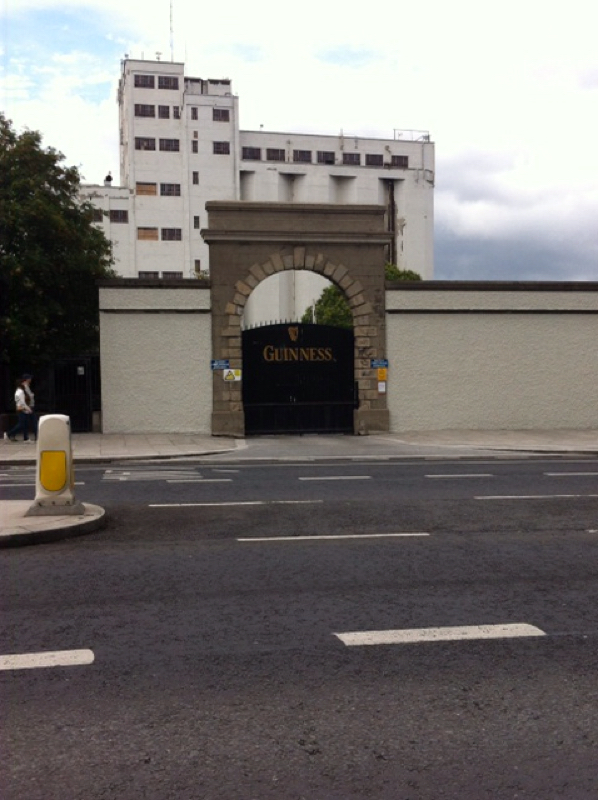
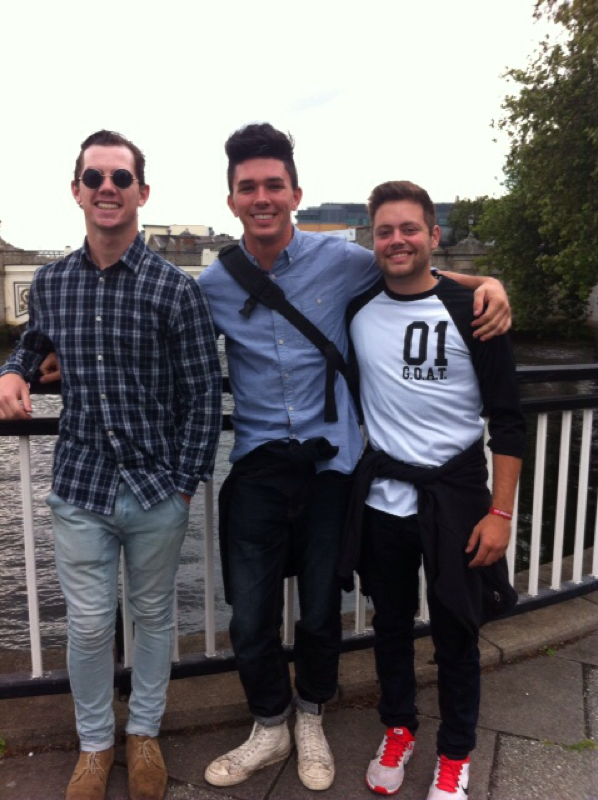
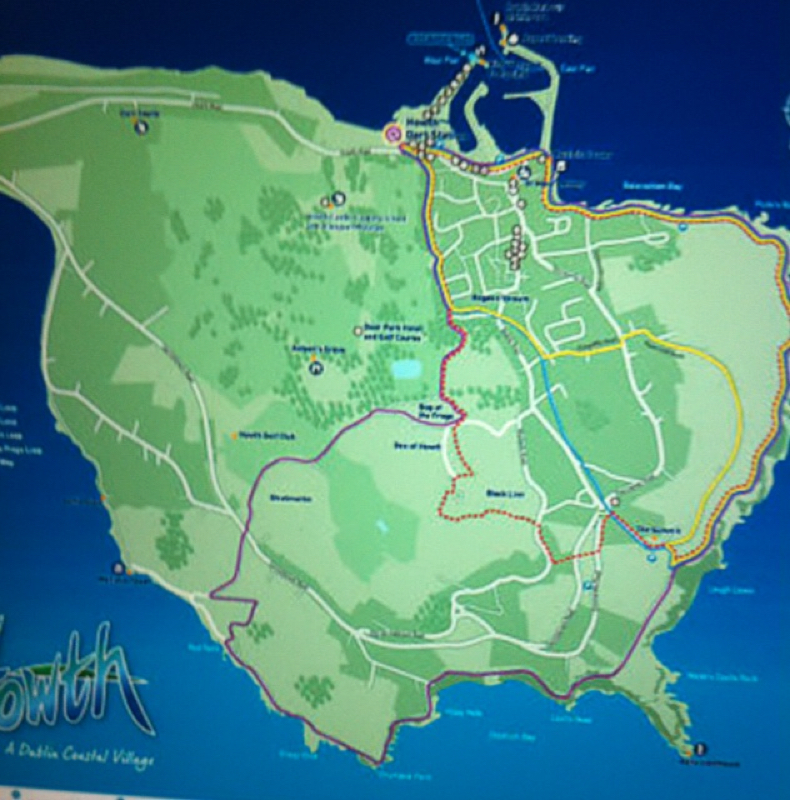
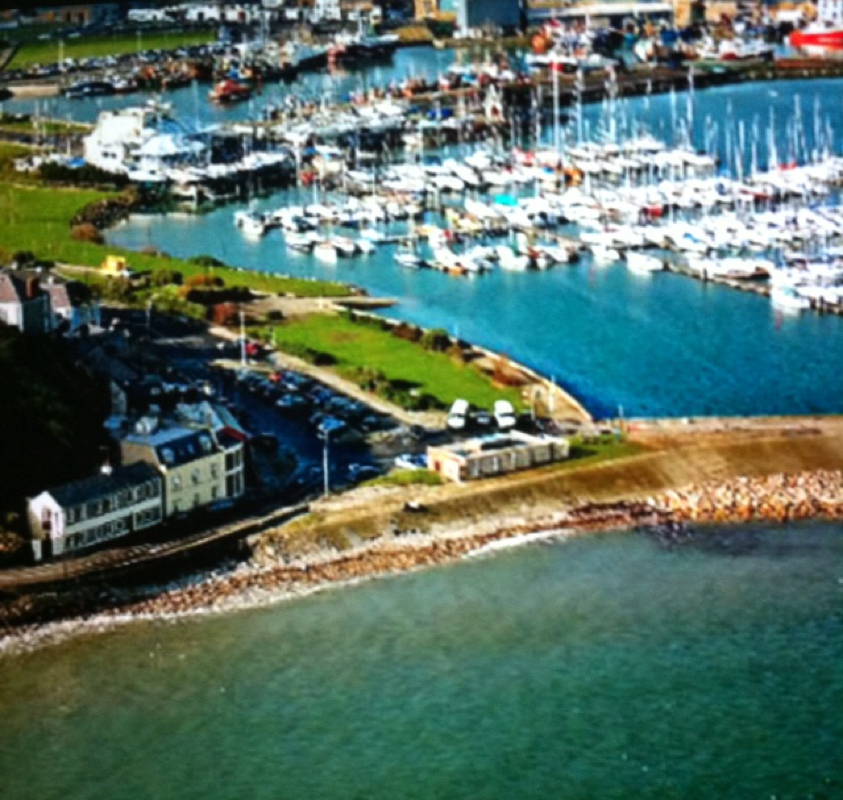
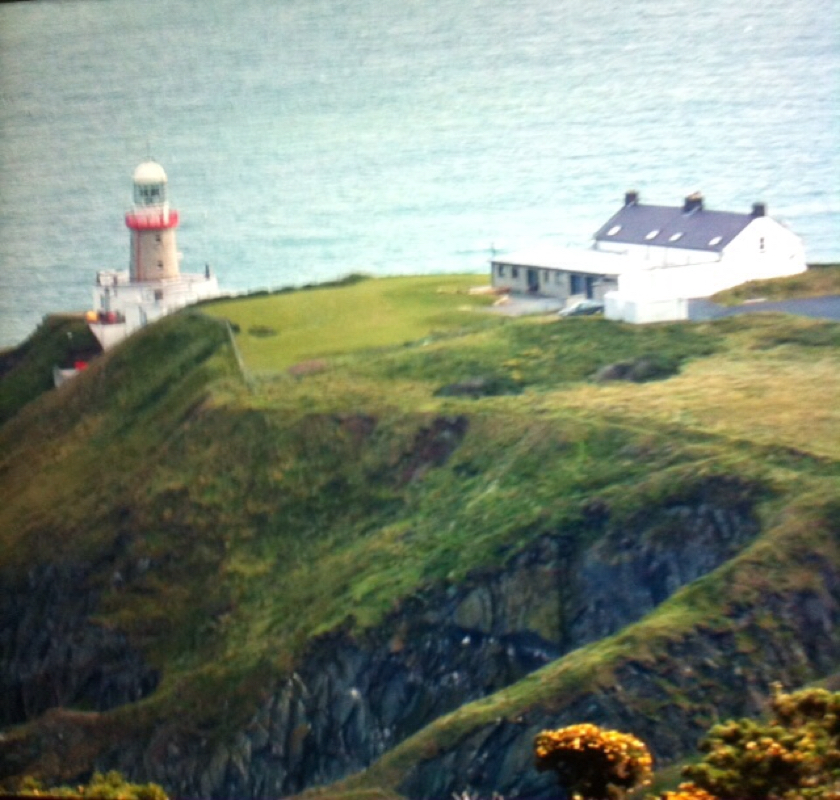
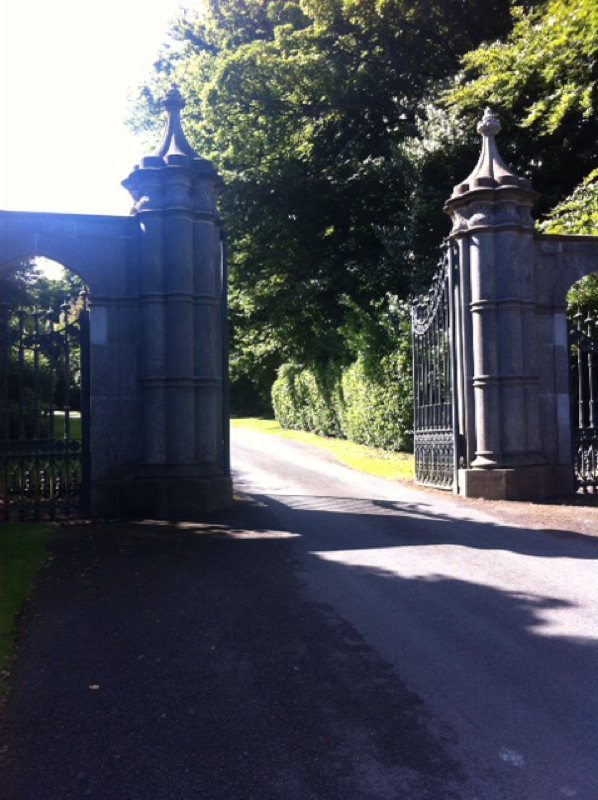
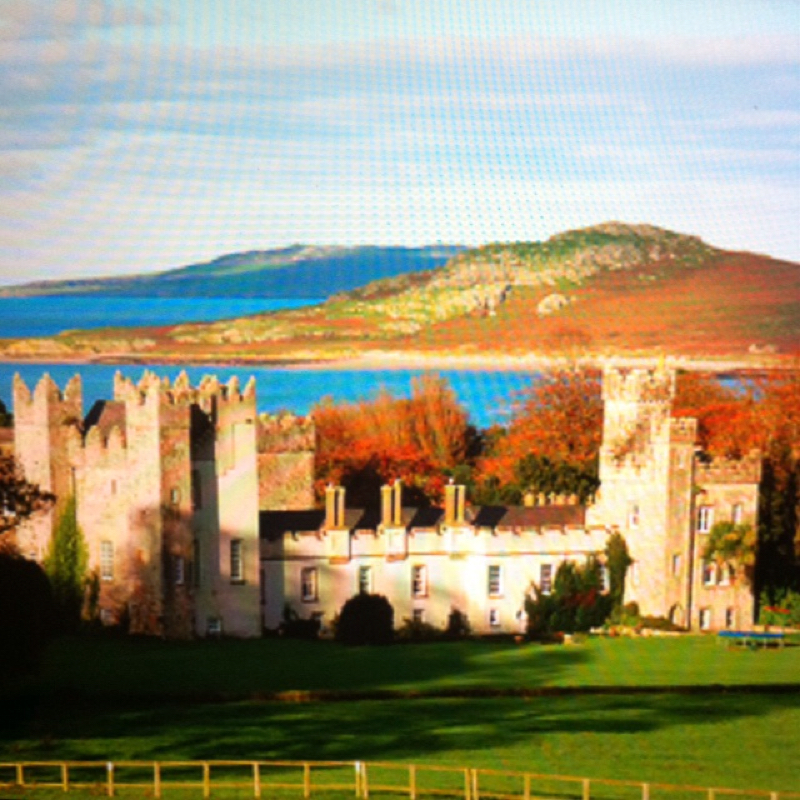

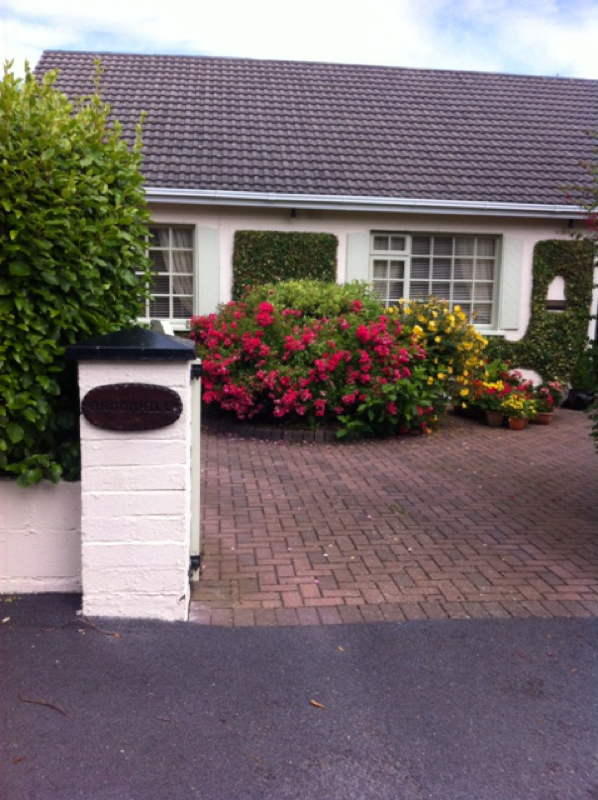
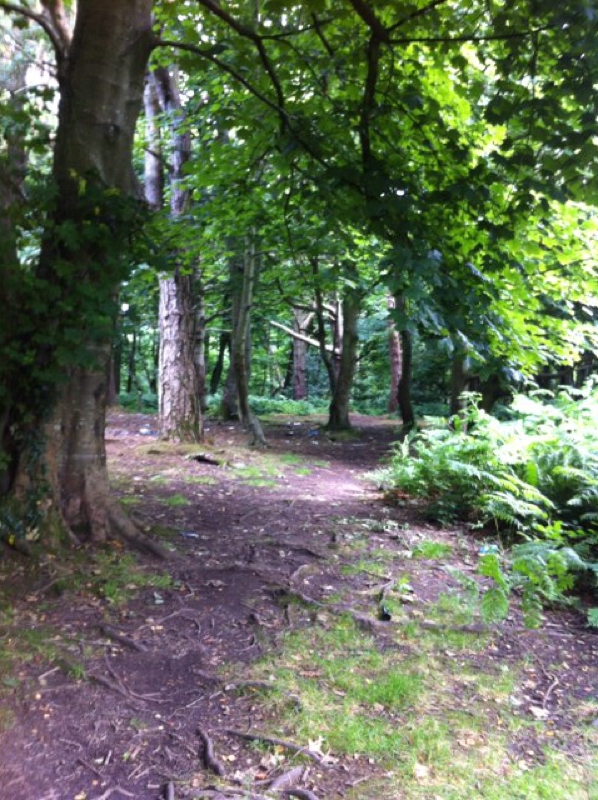
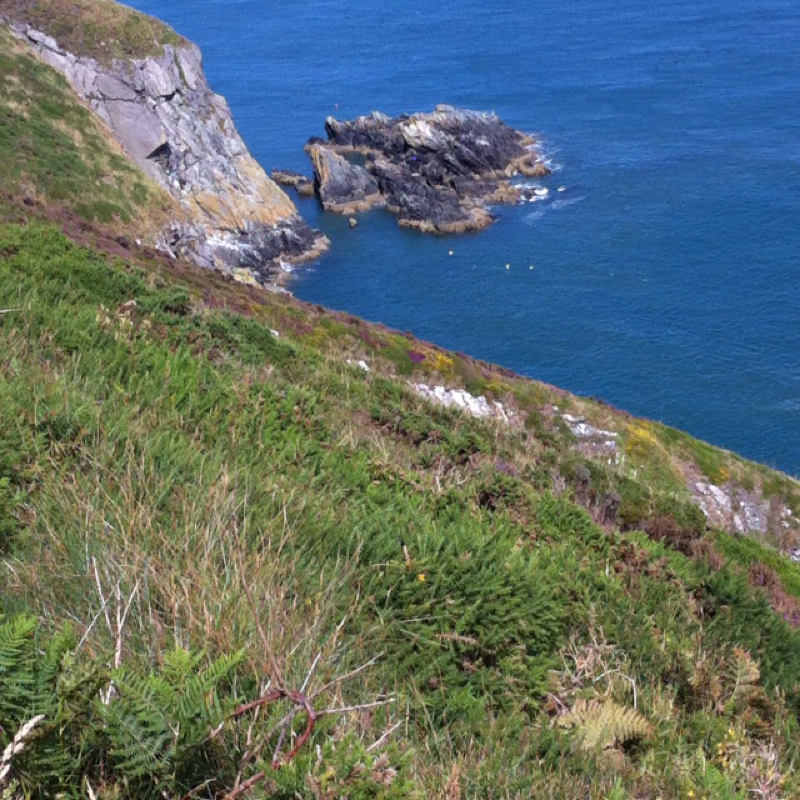
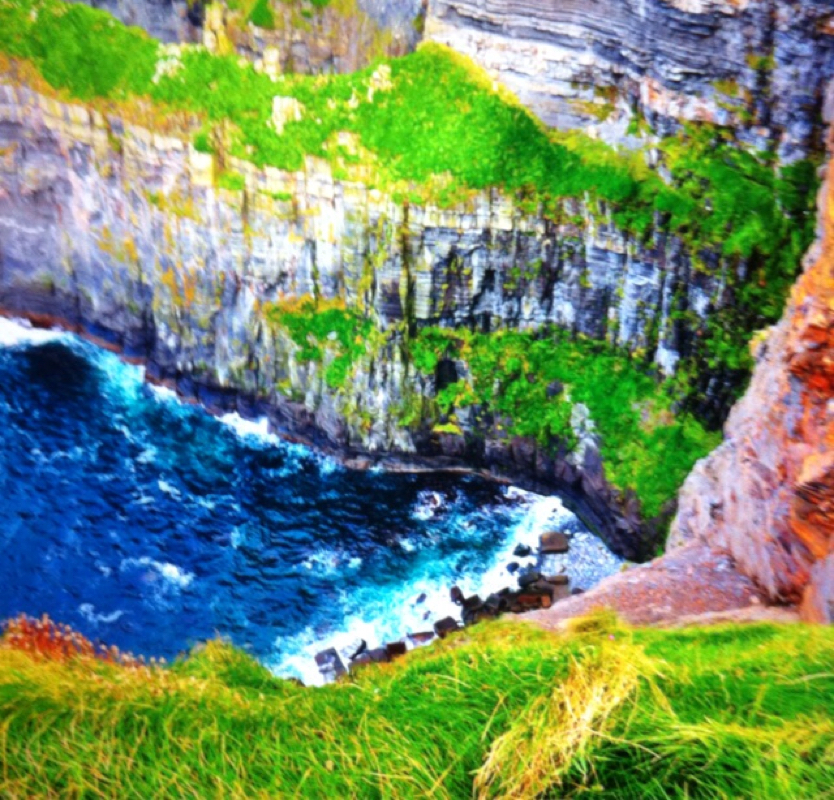
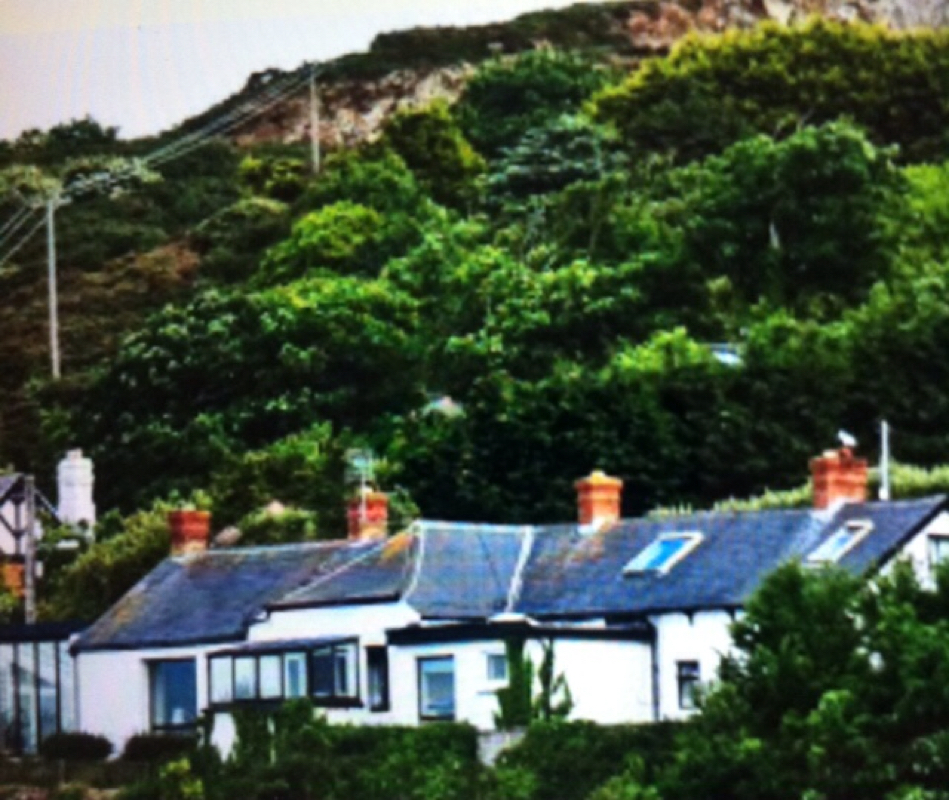
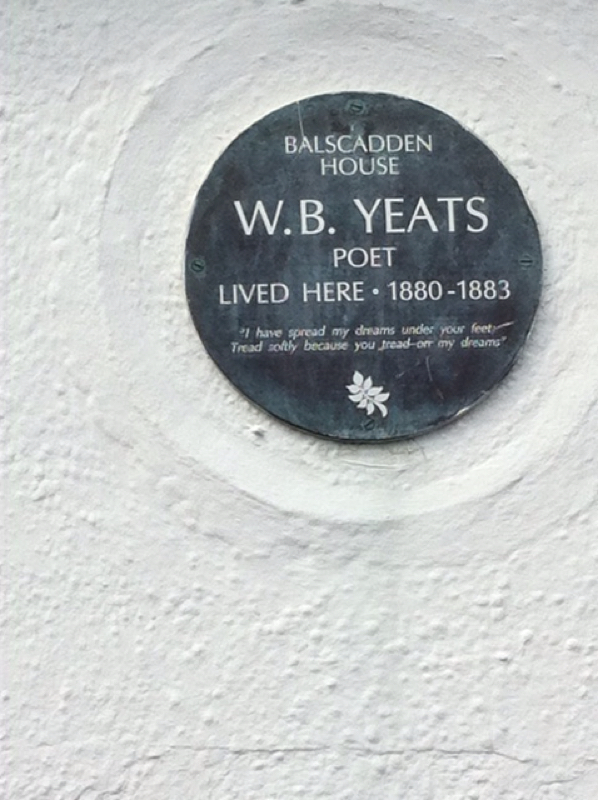
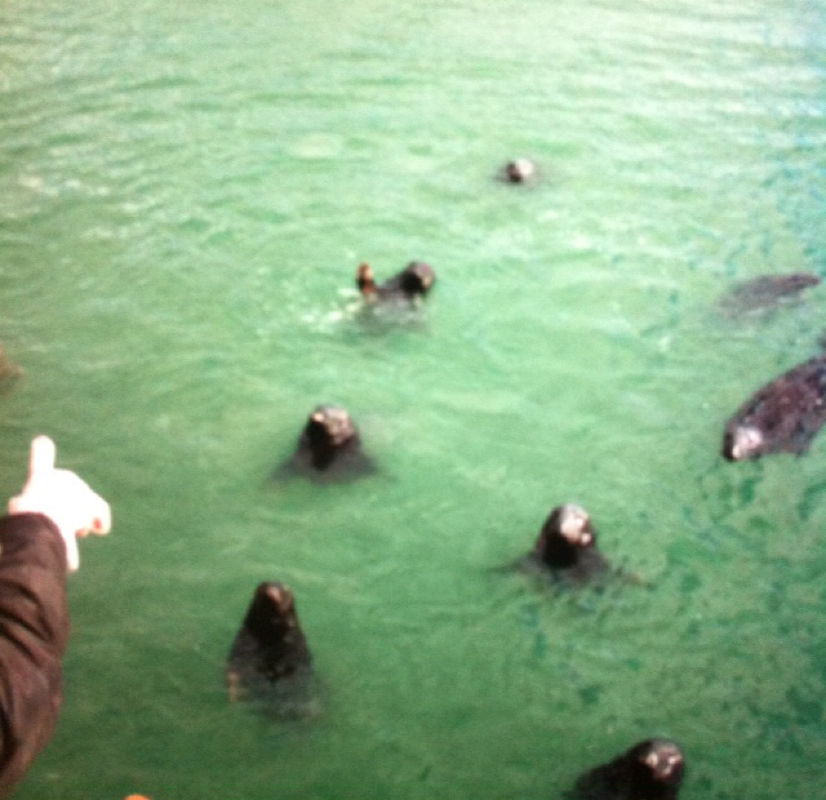
 RSS Feed
RSS Feed
